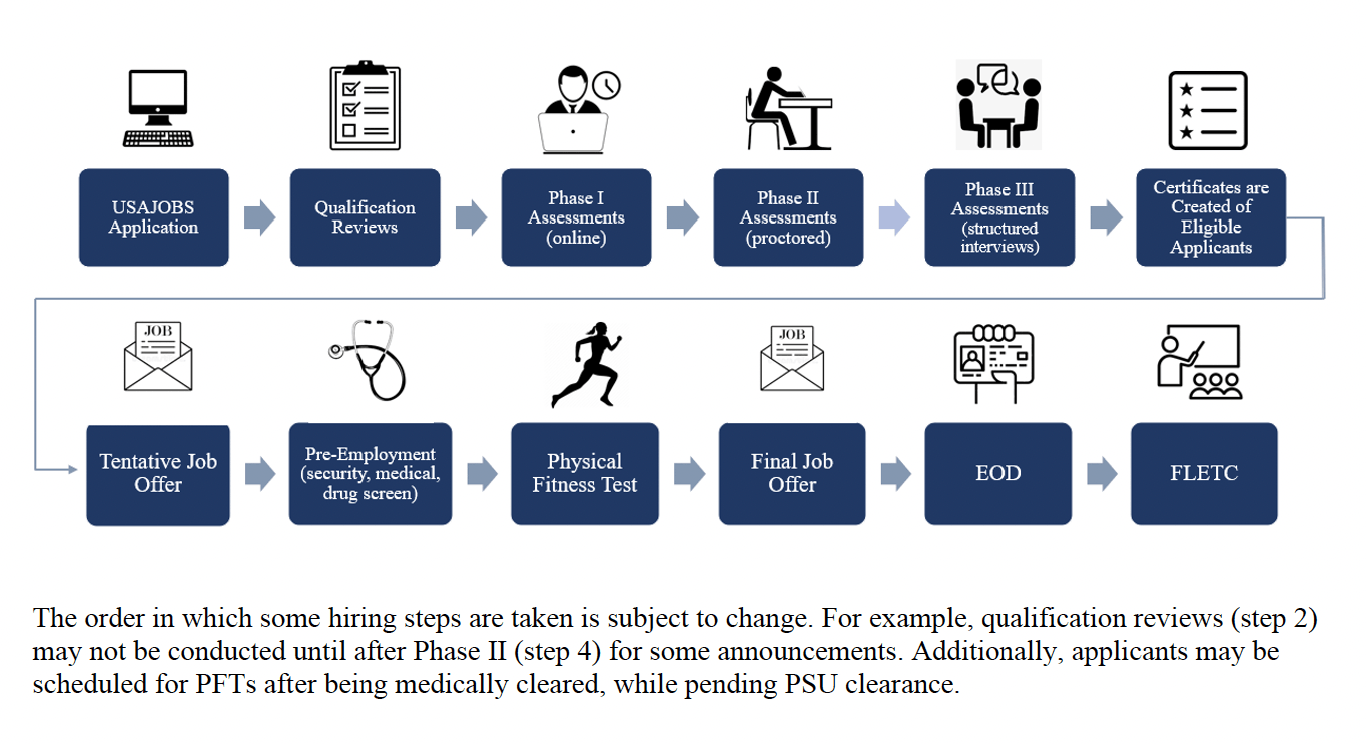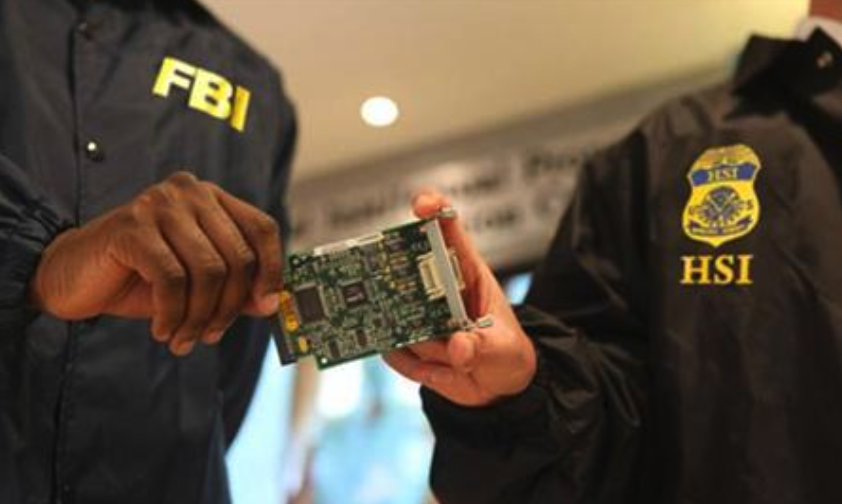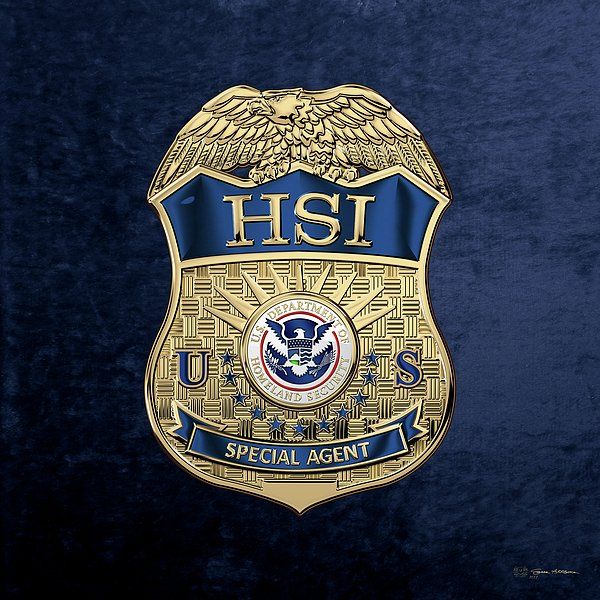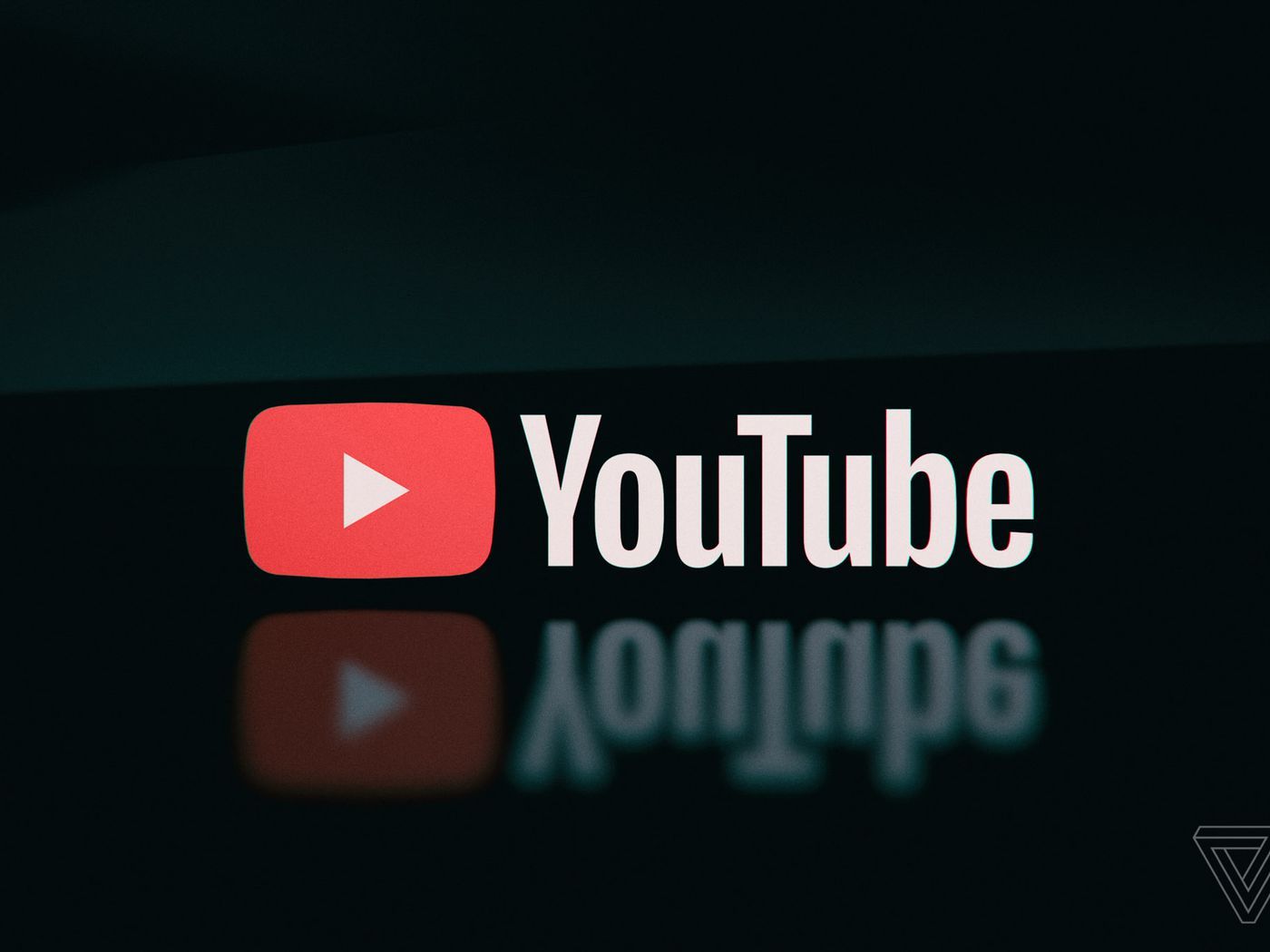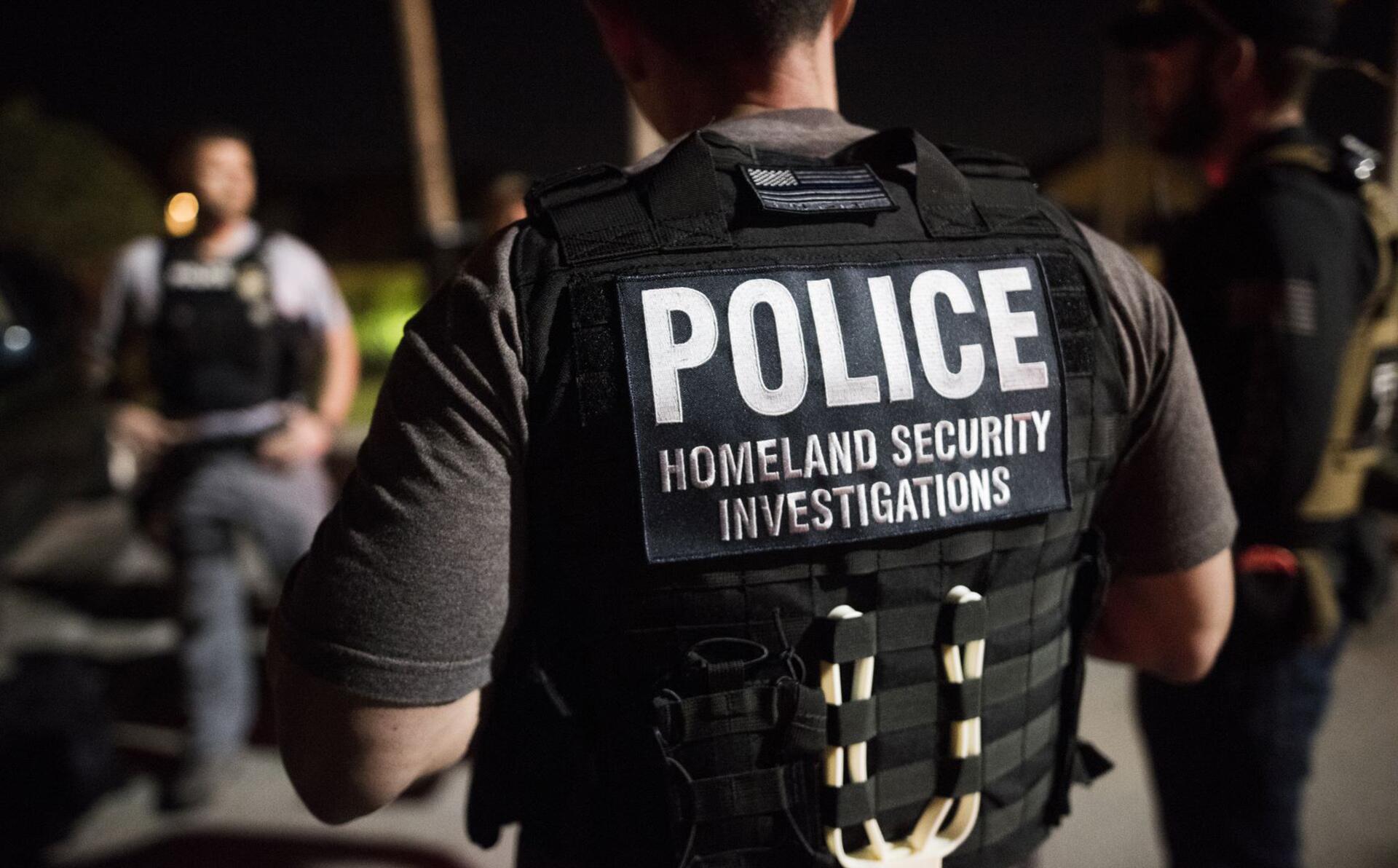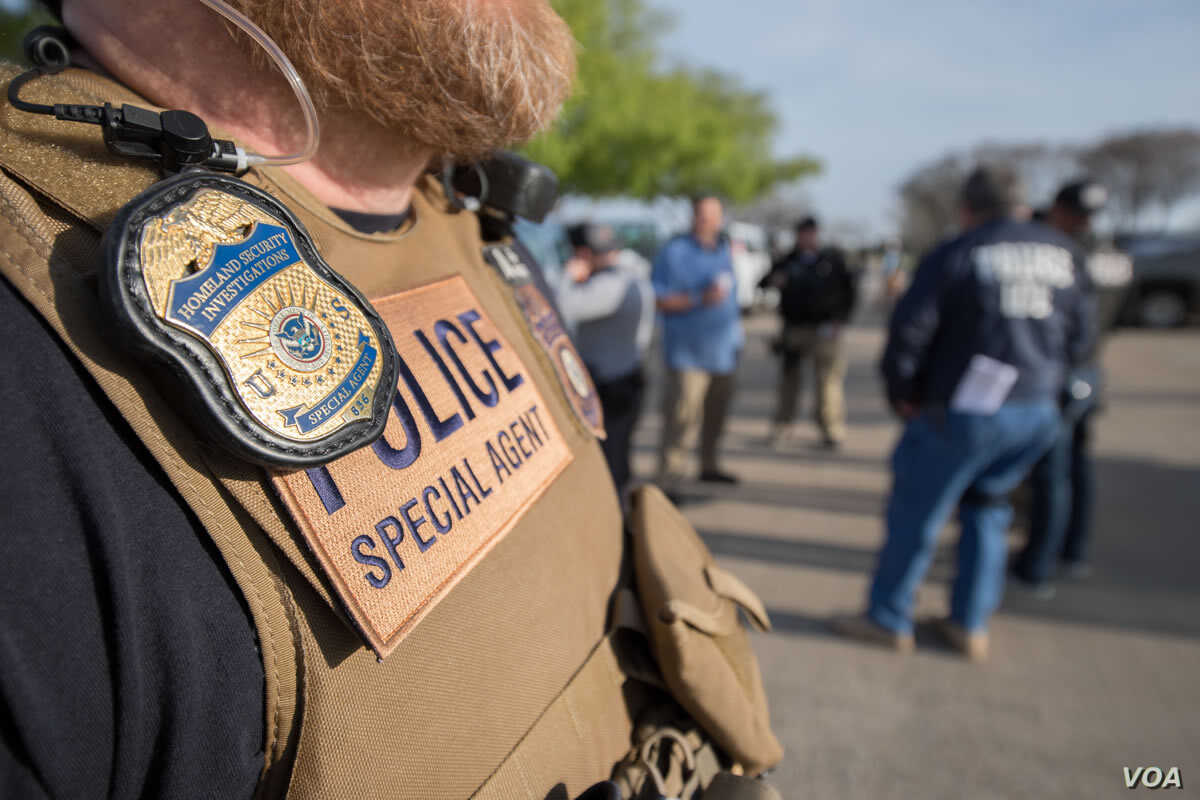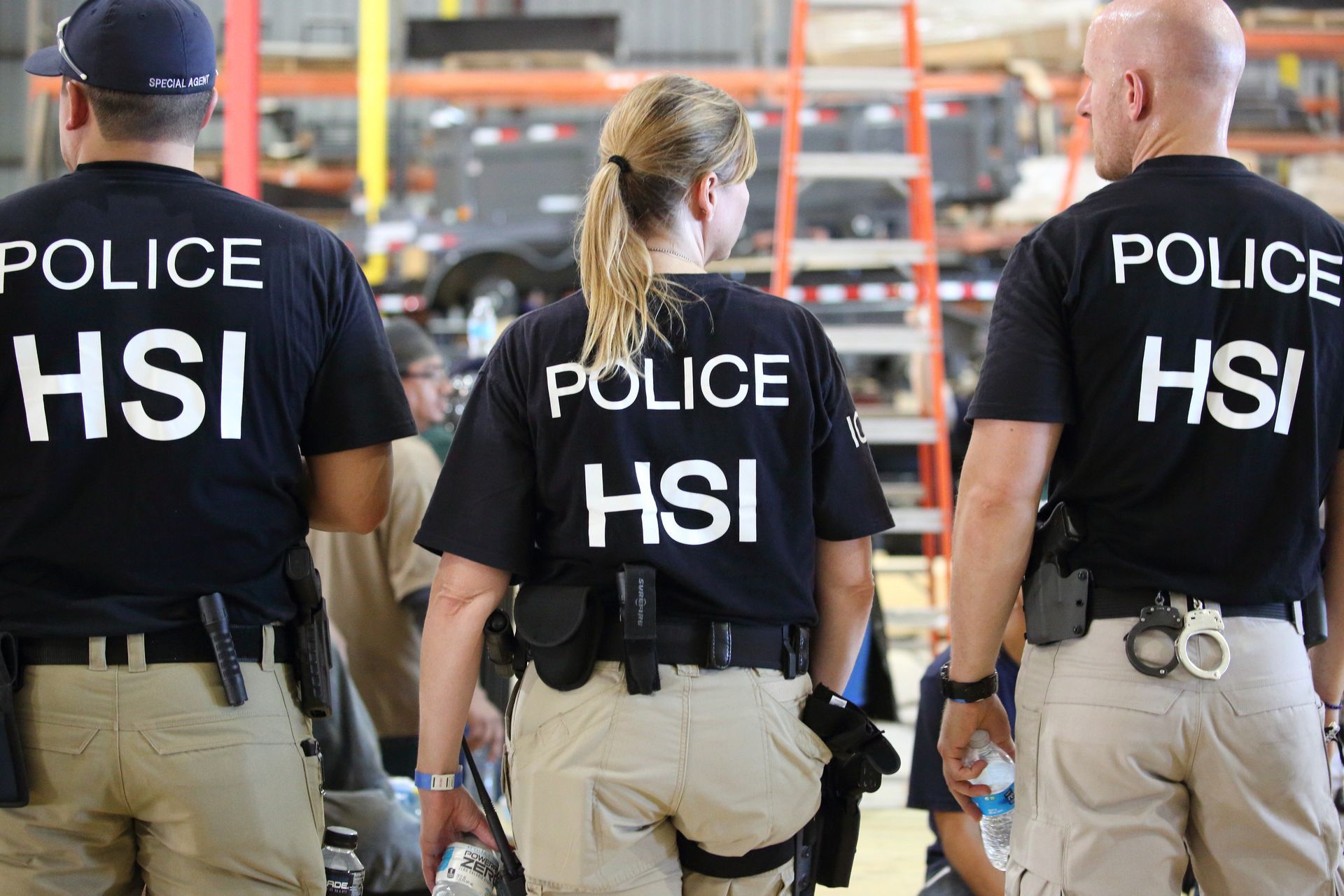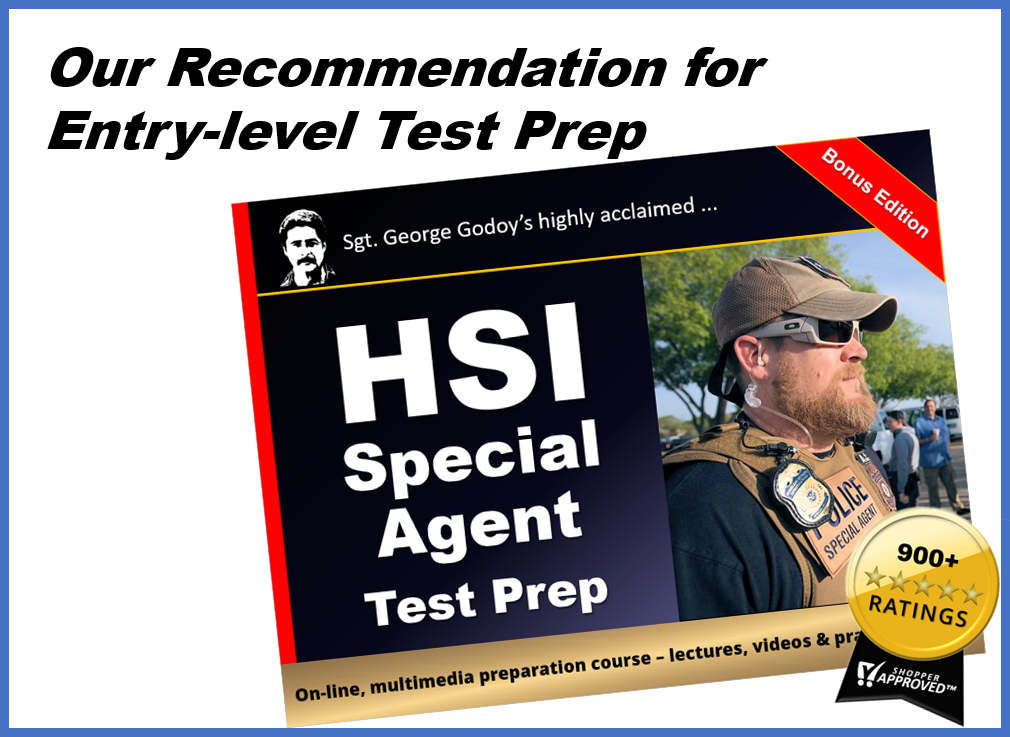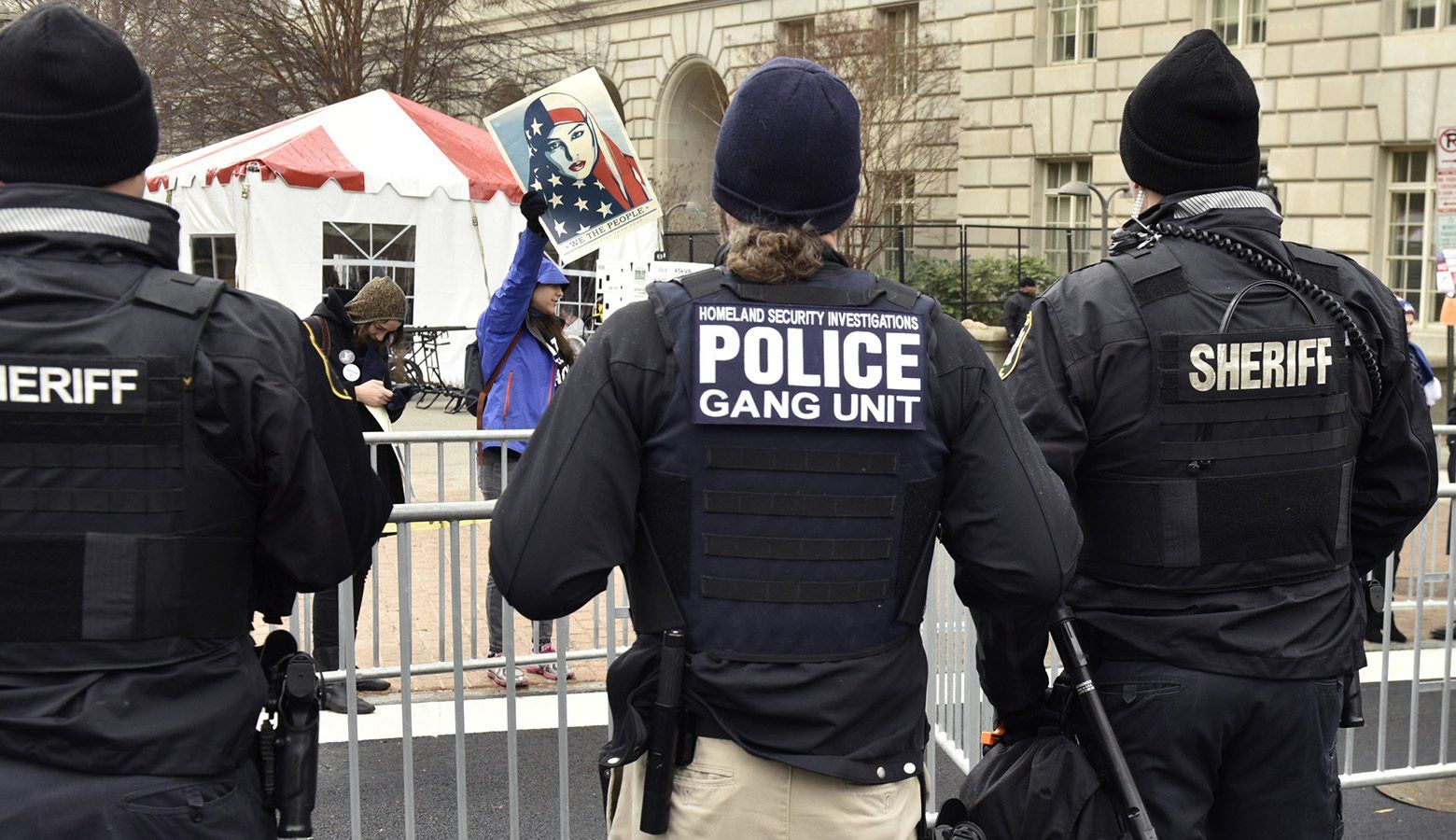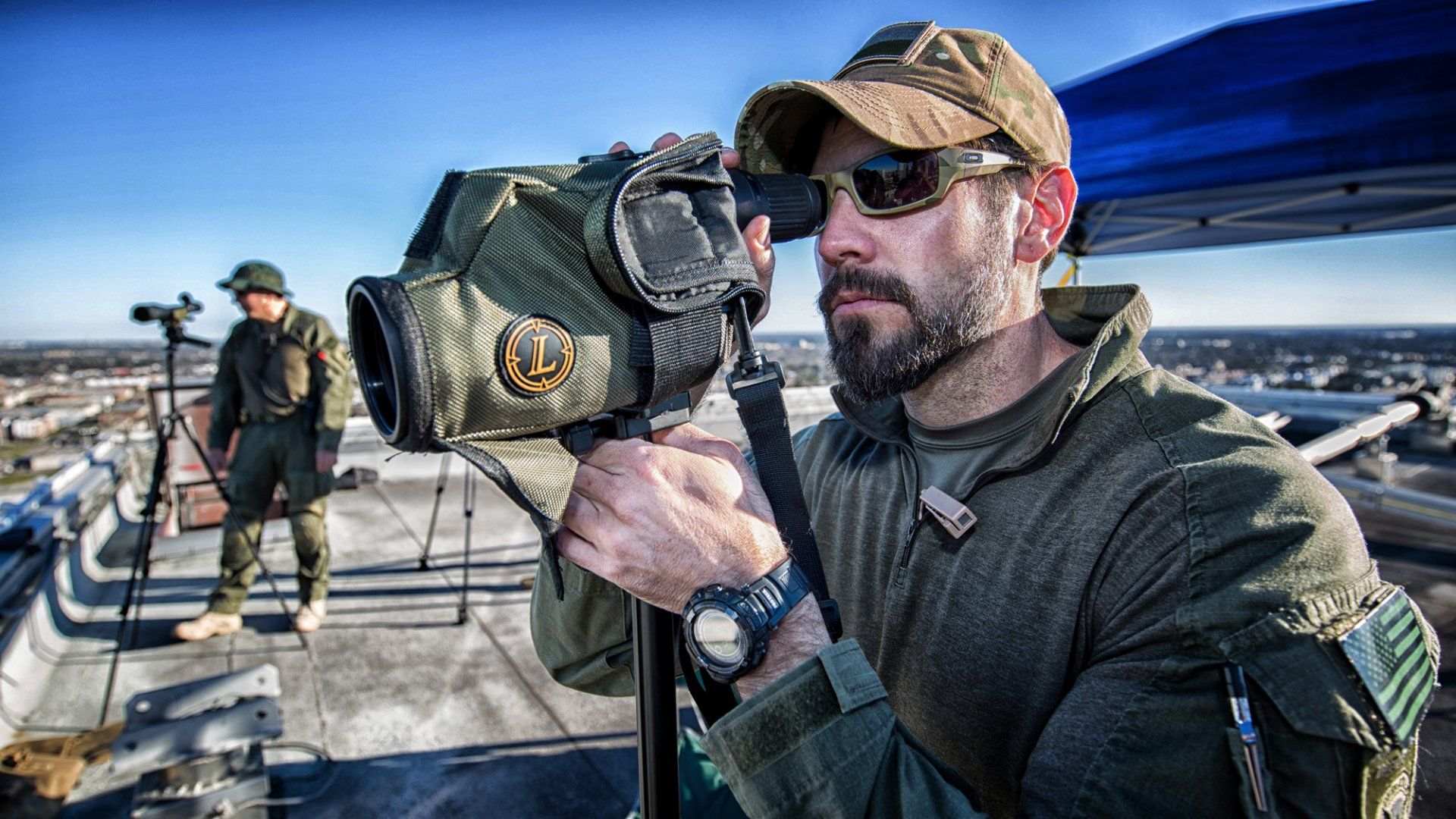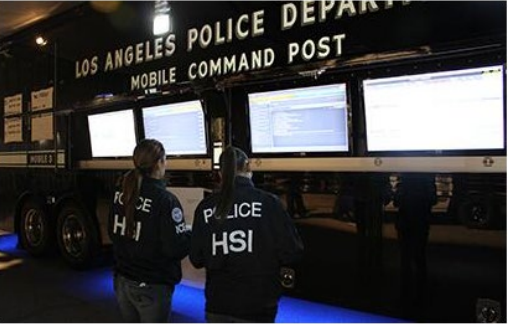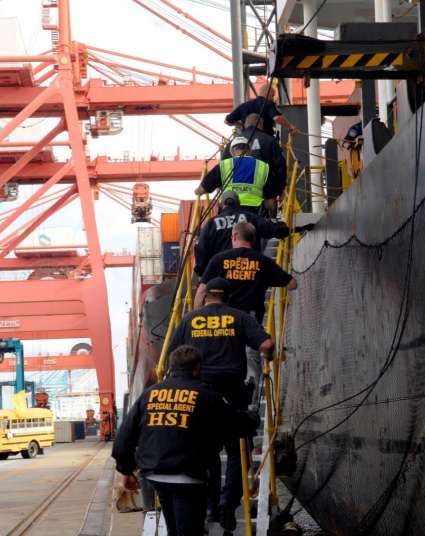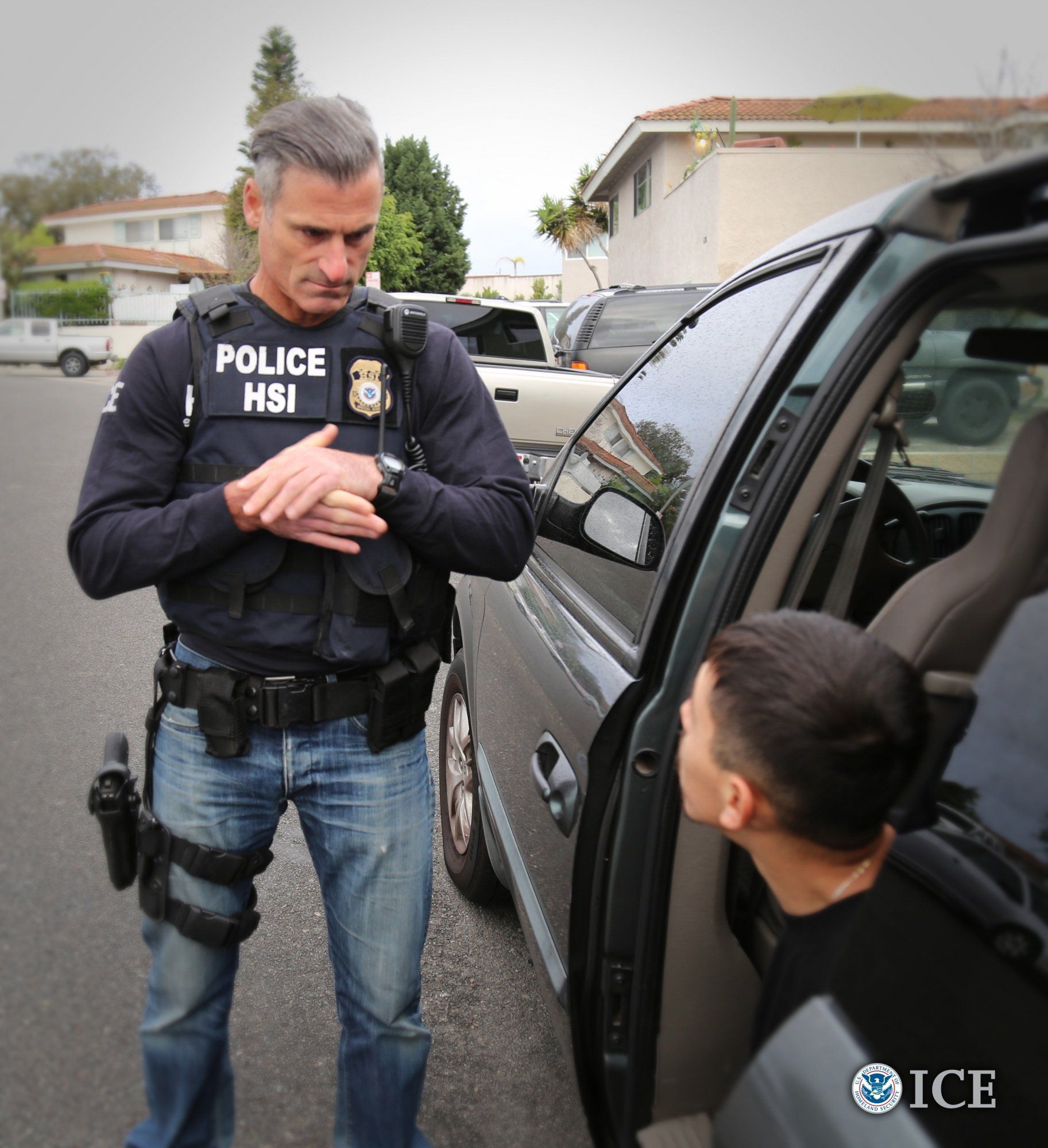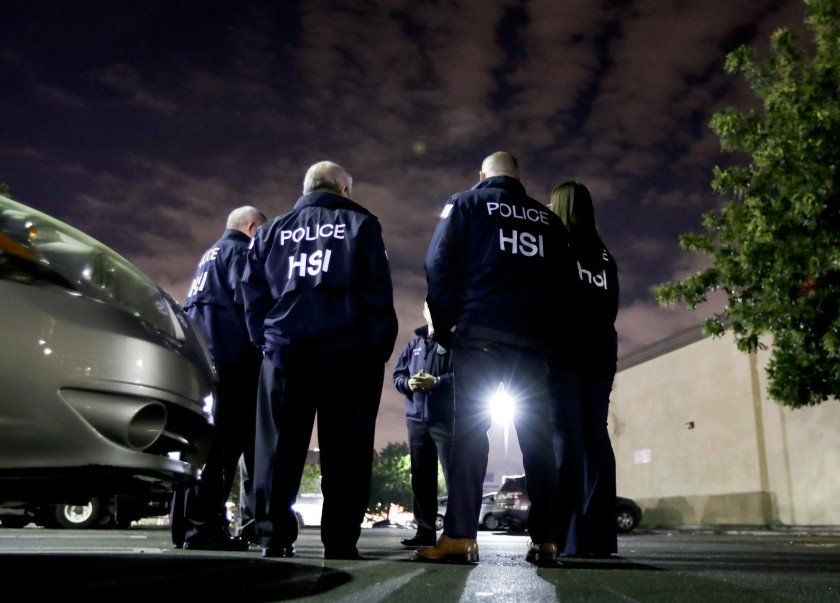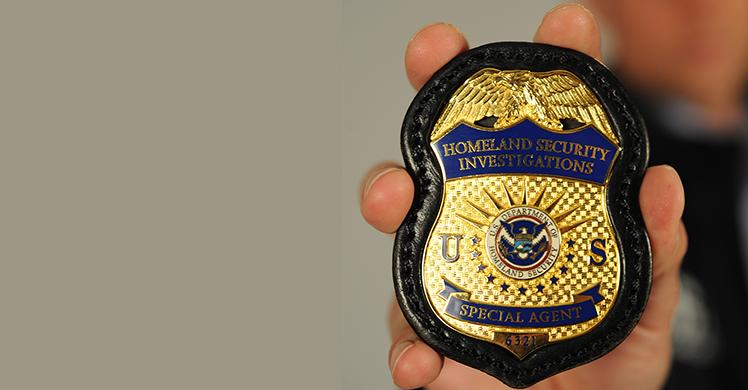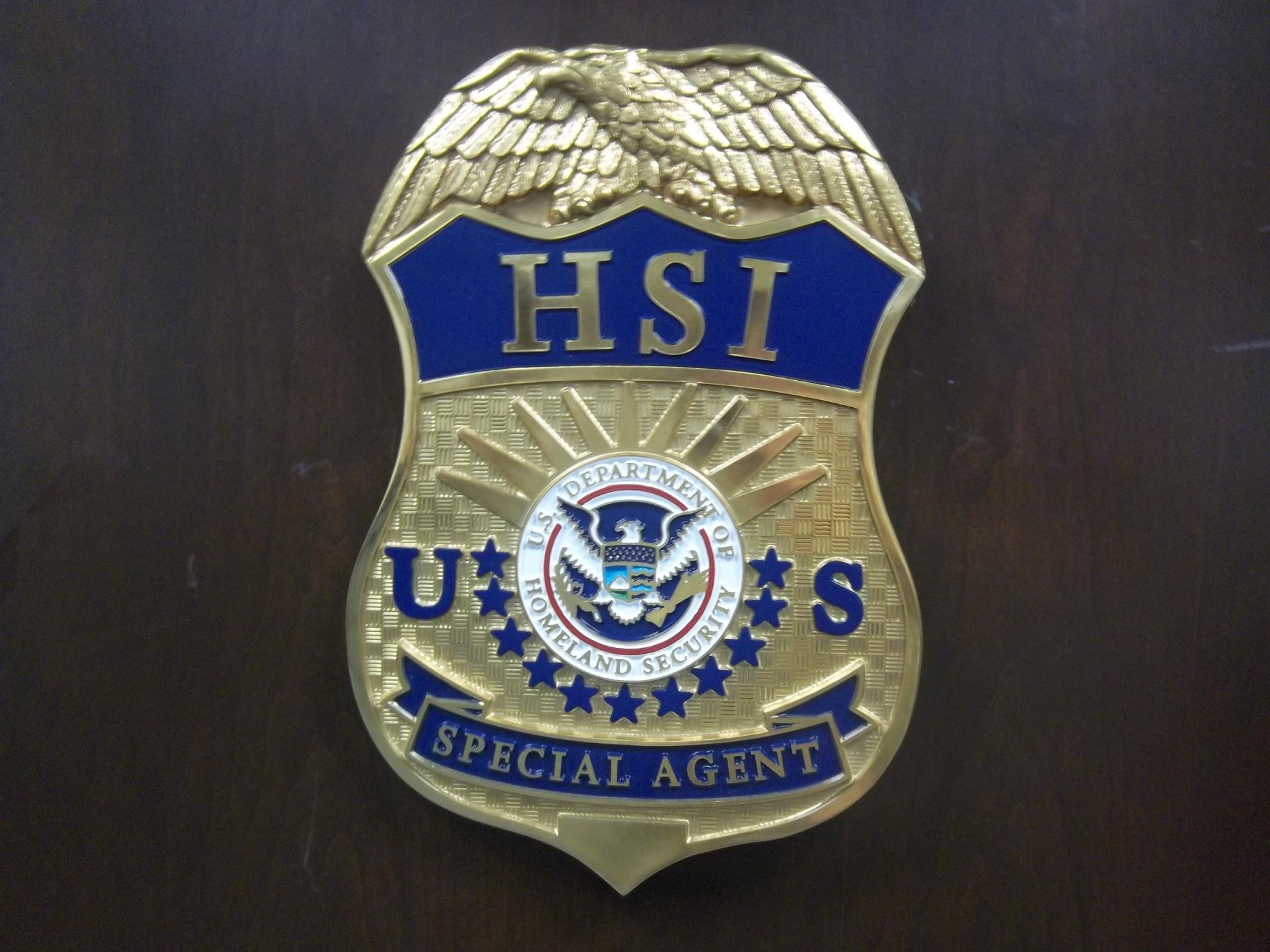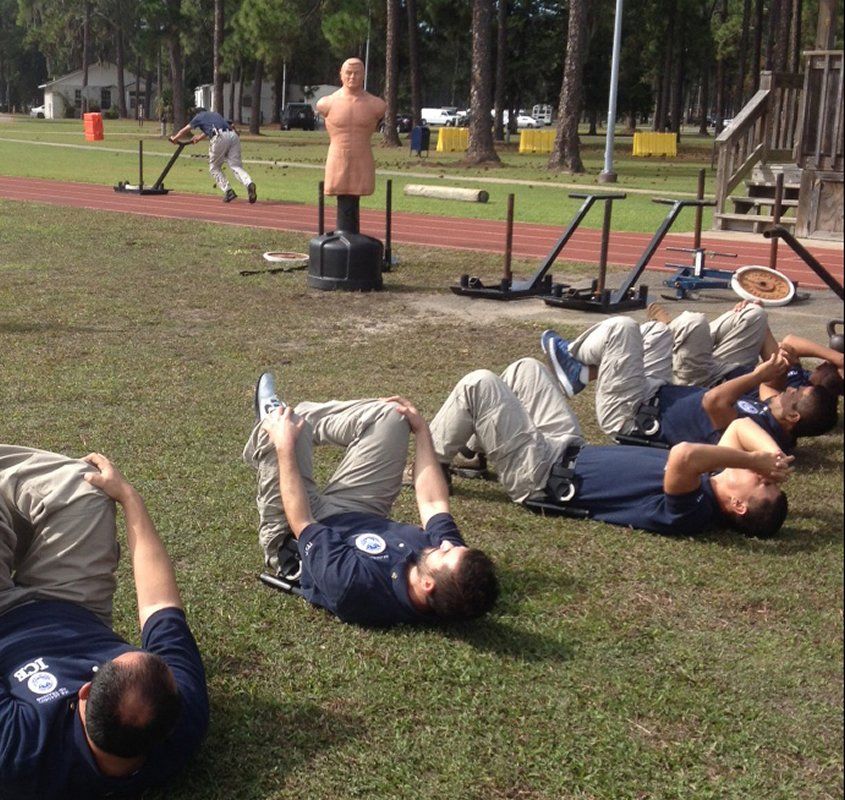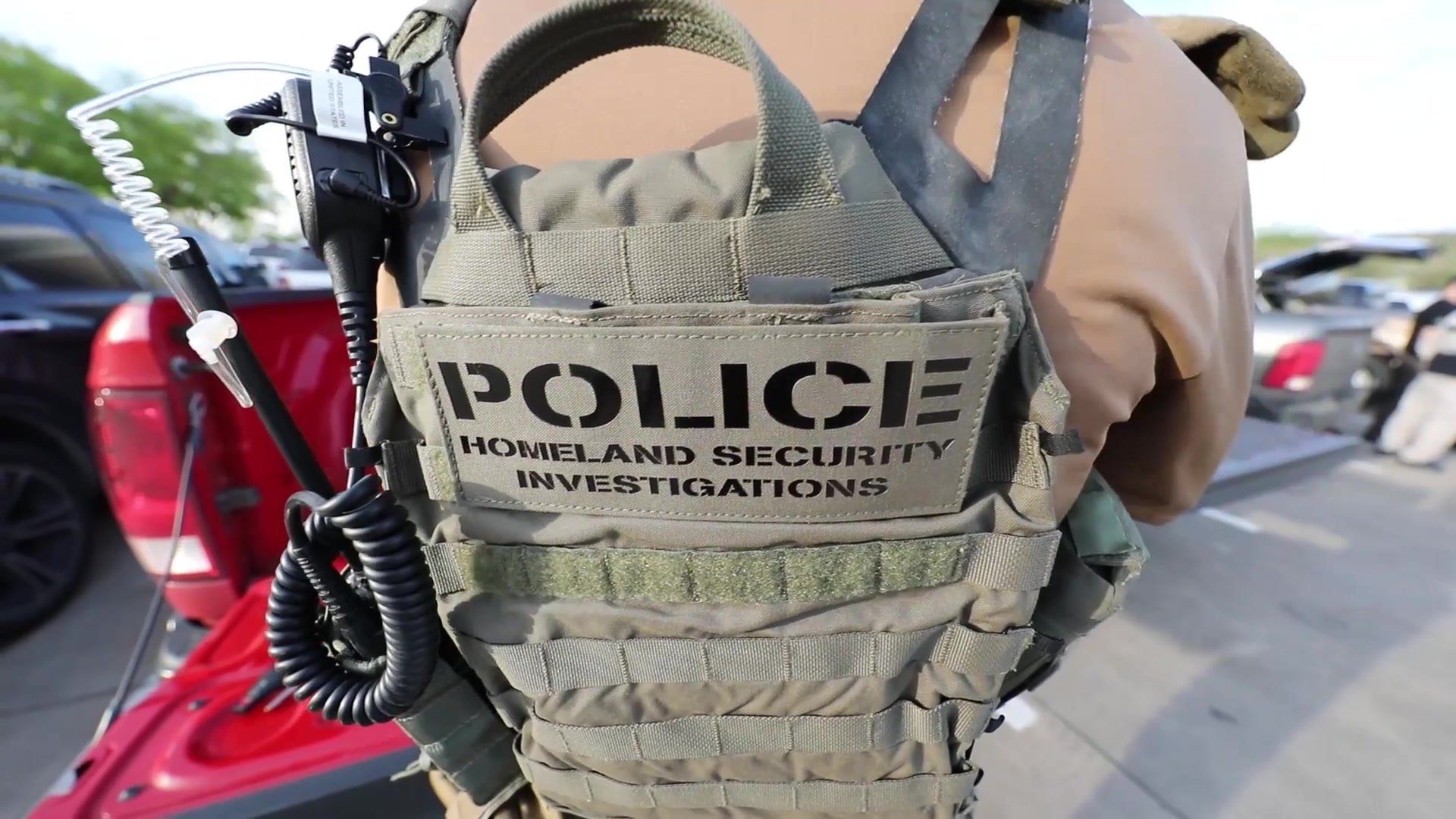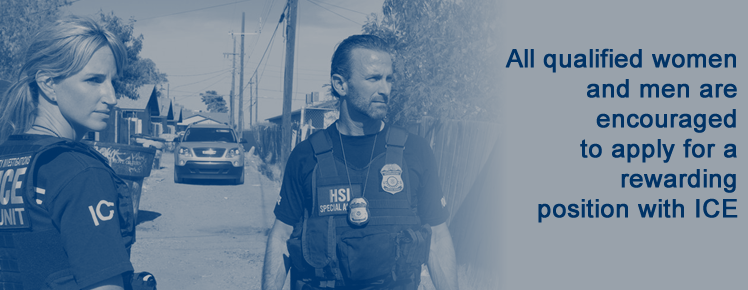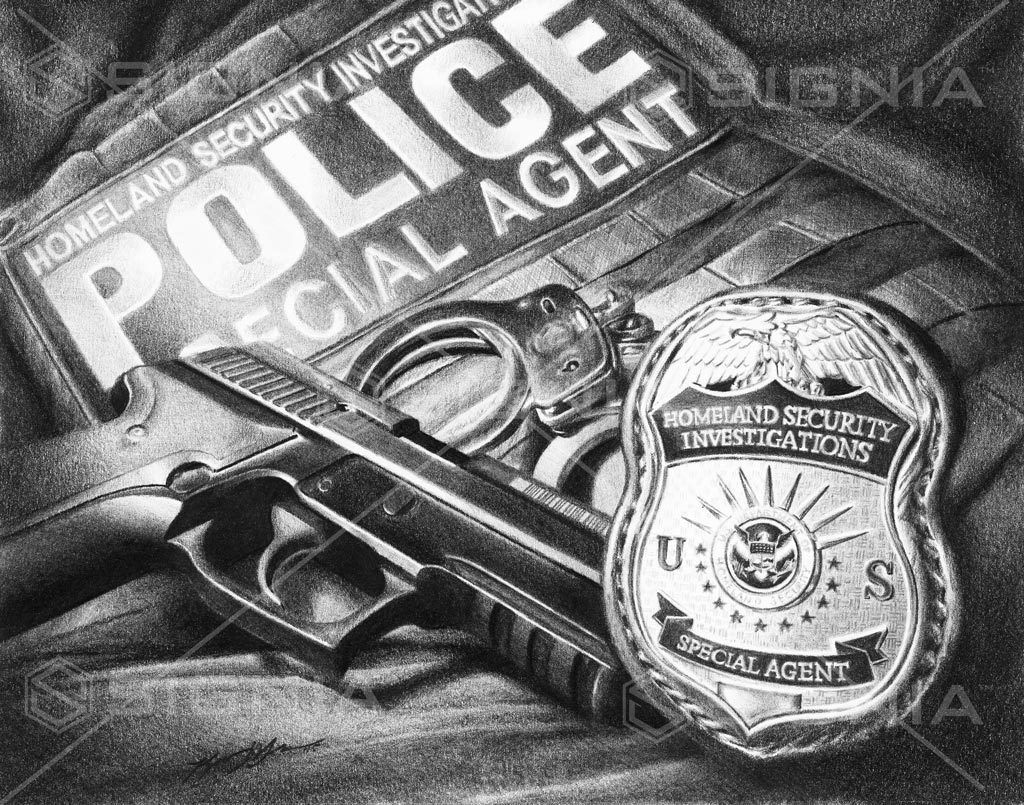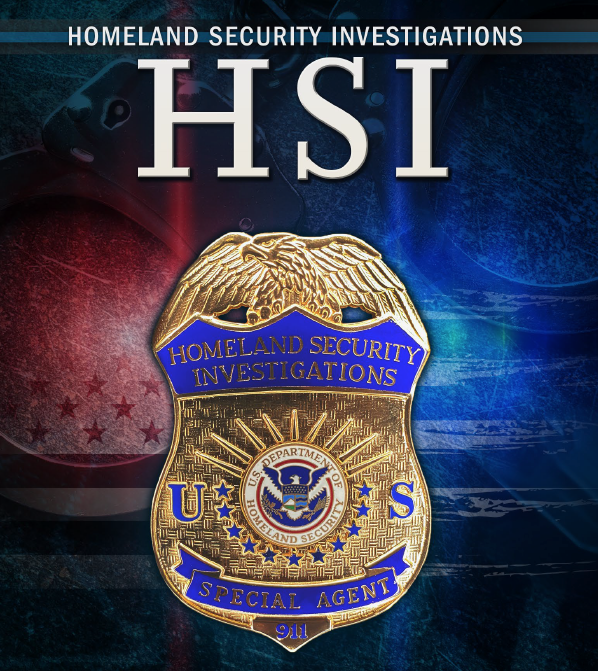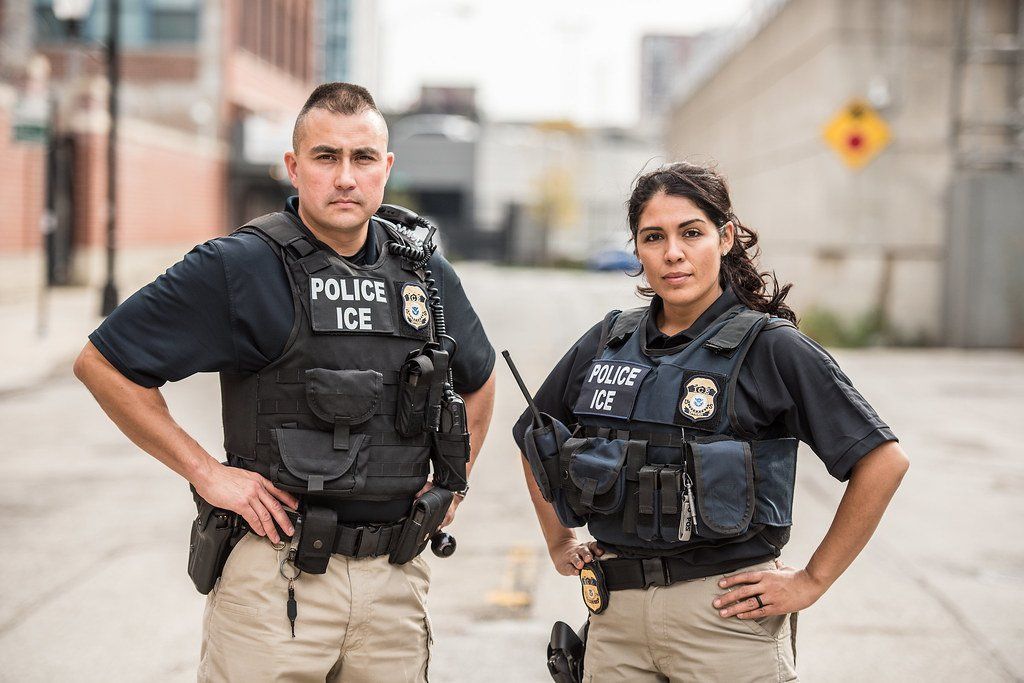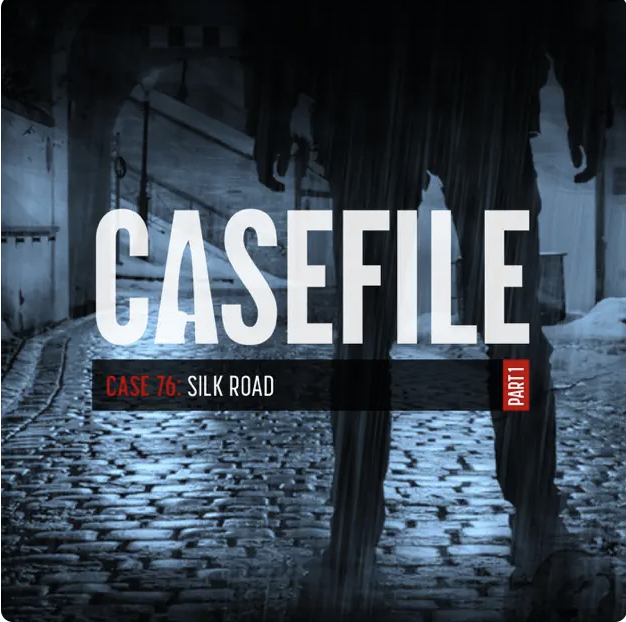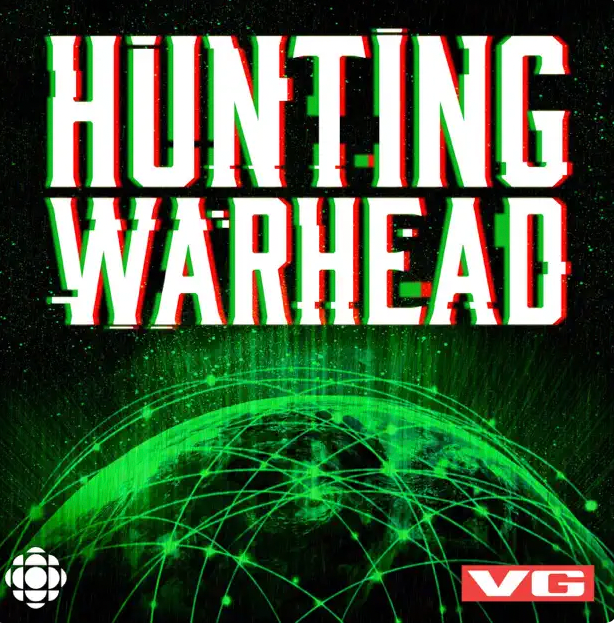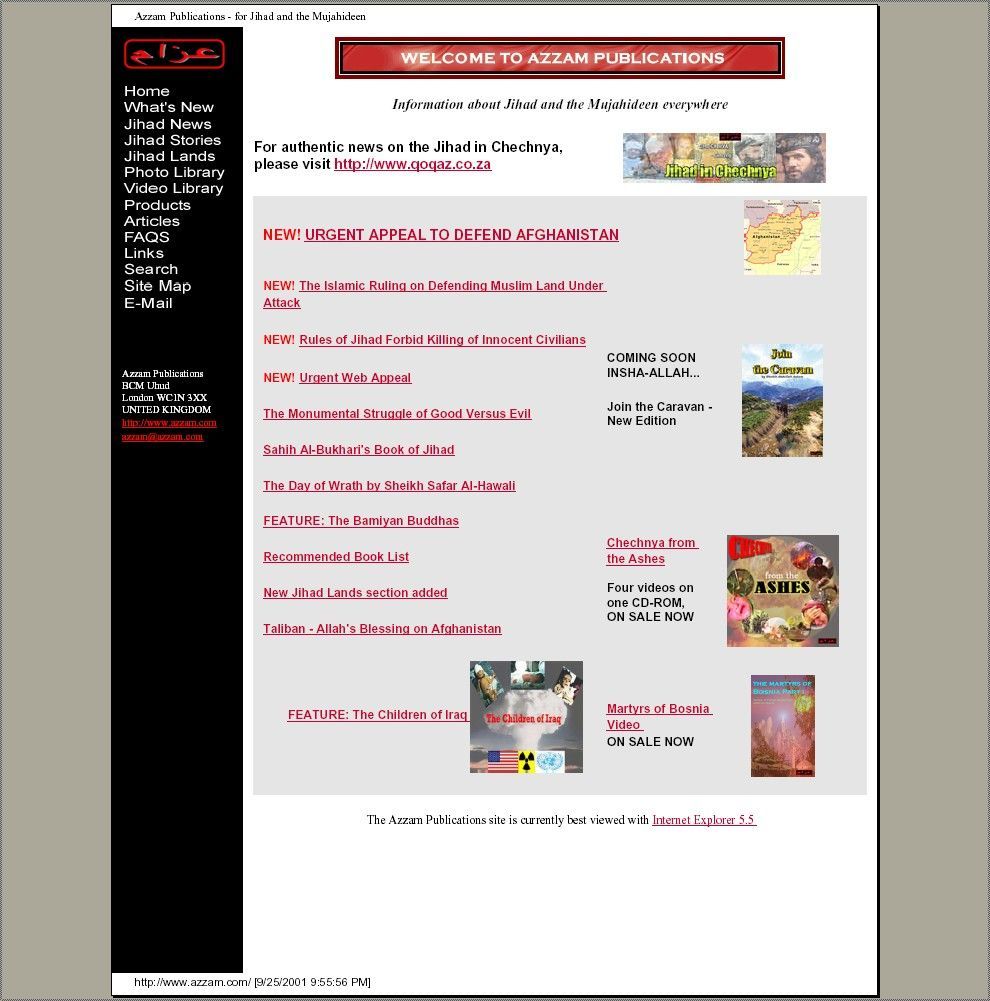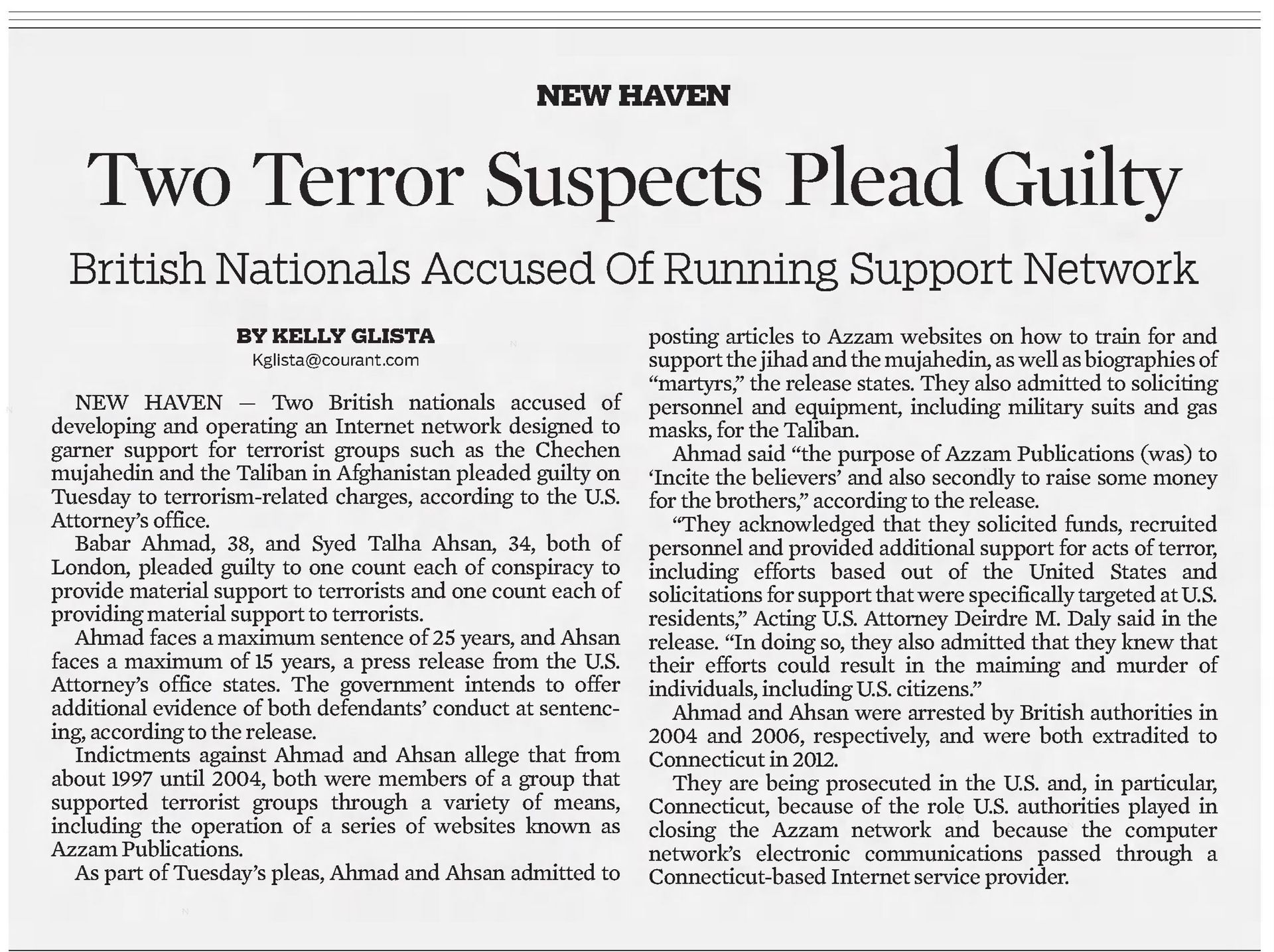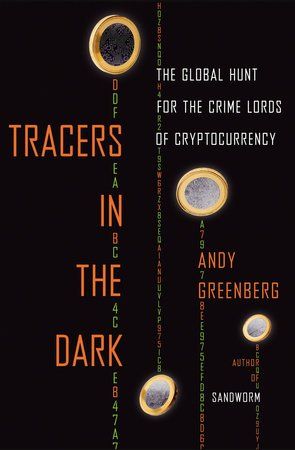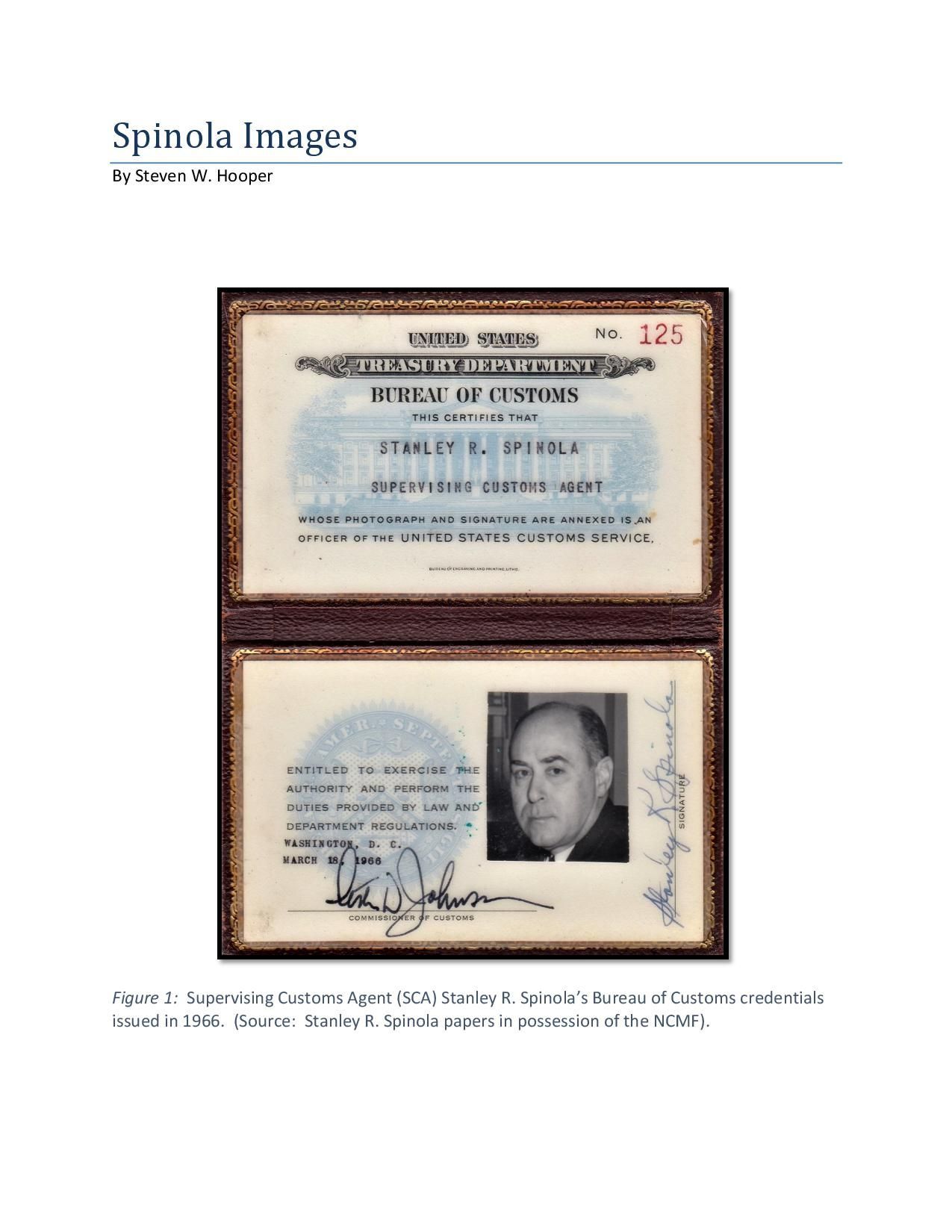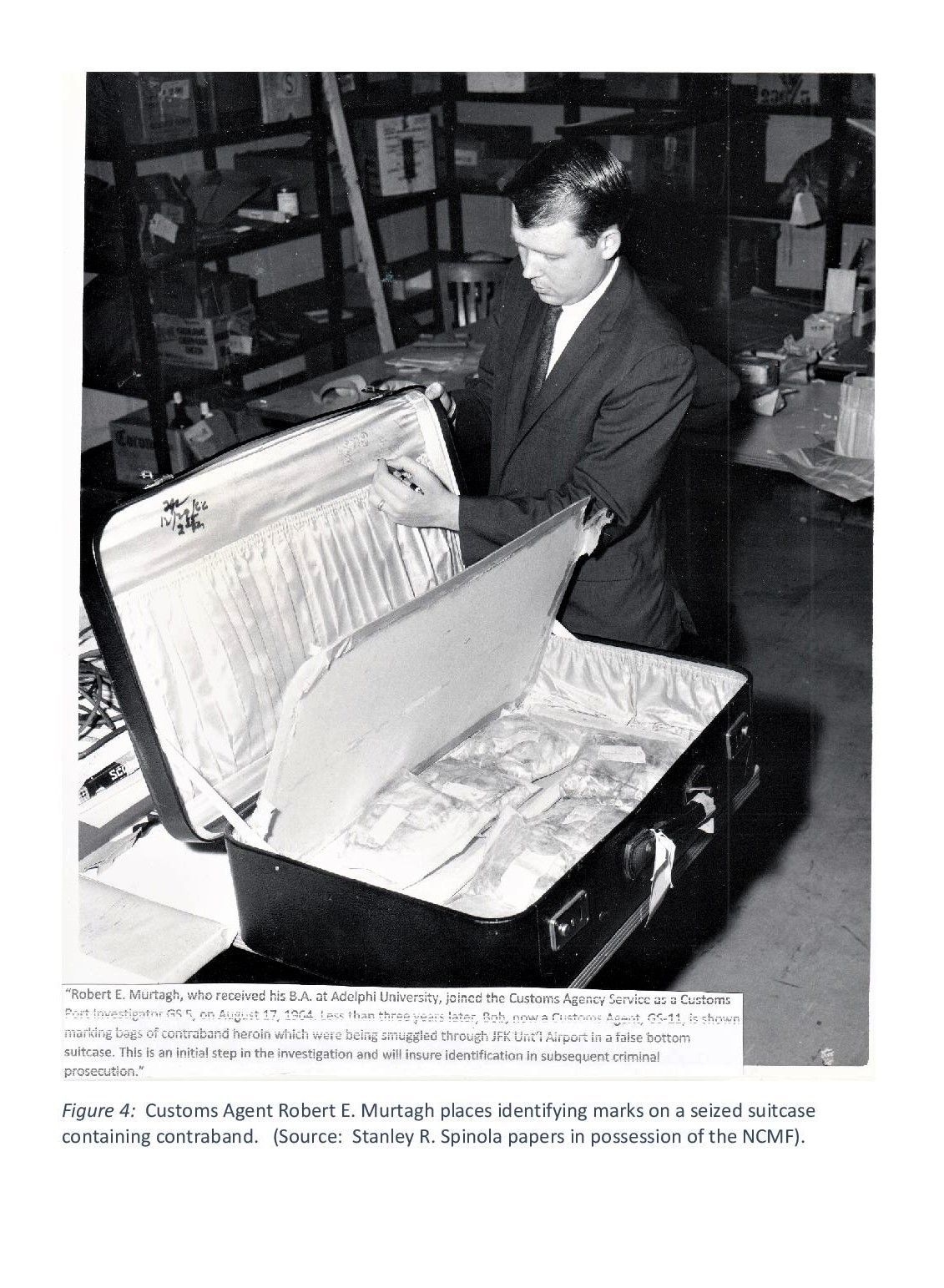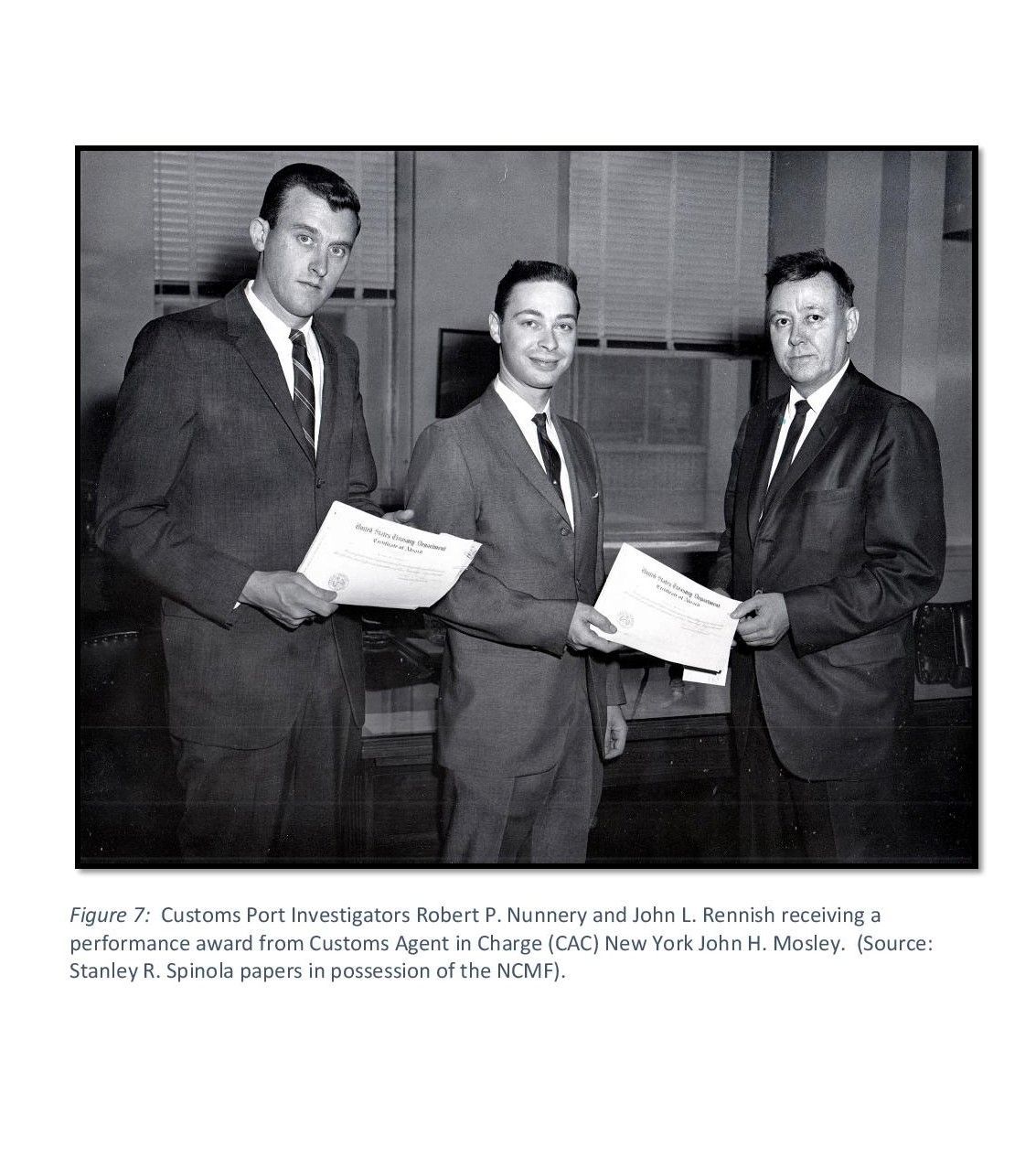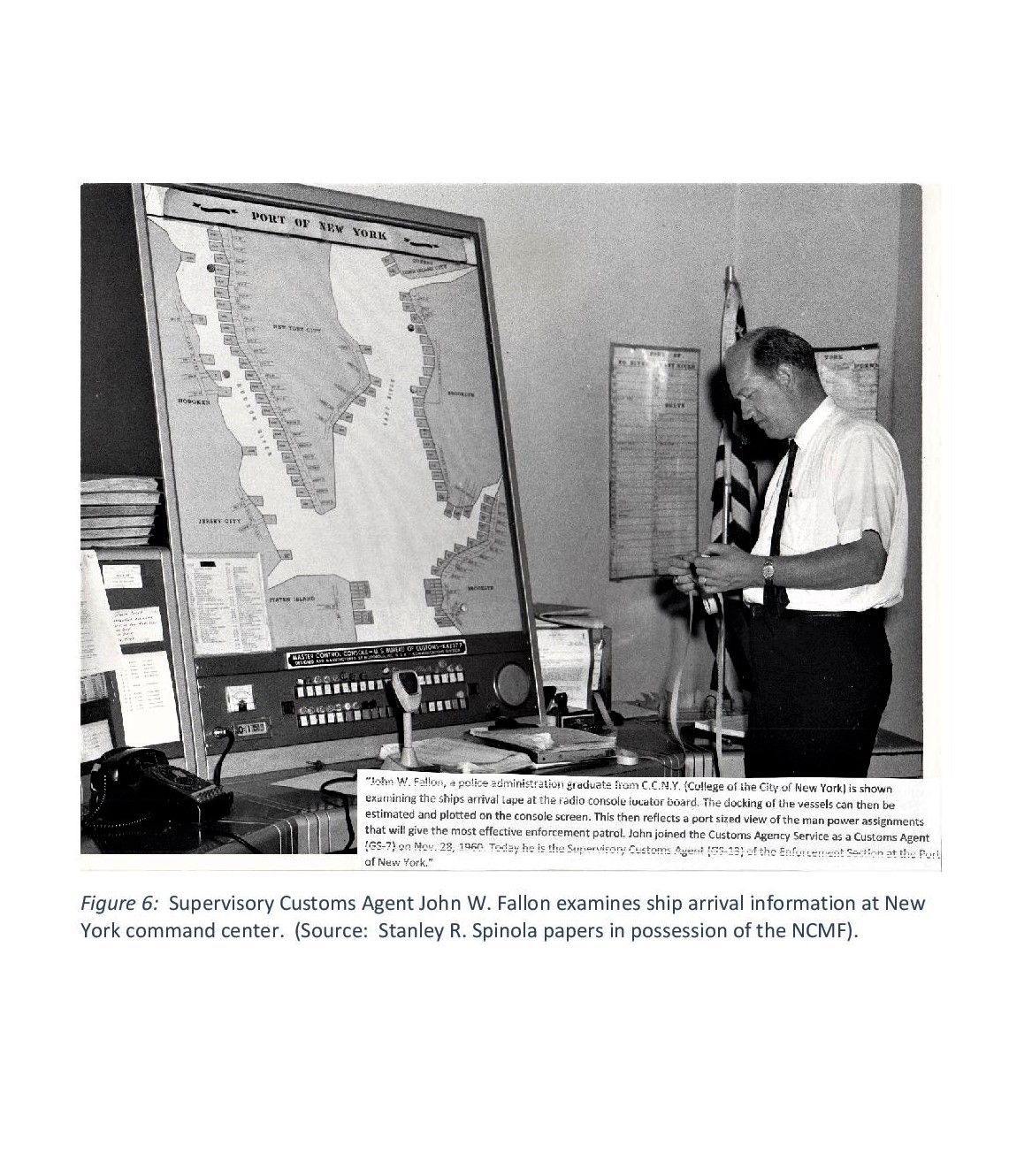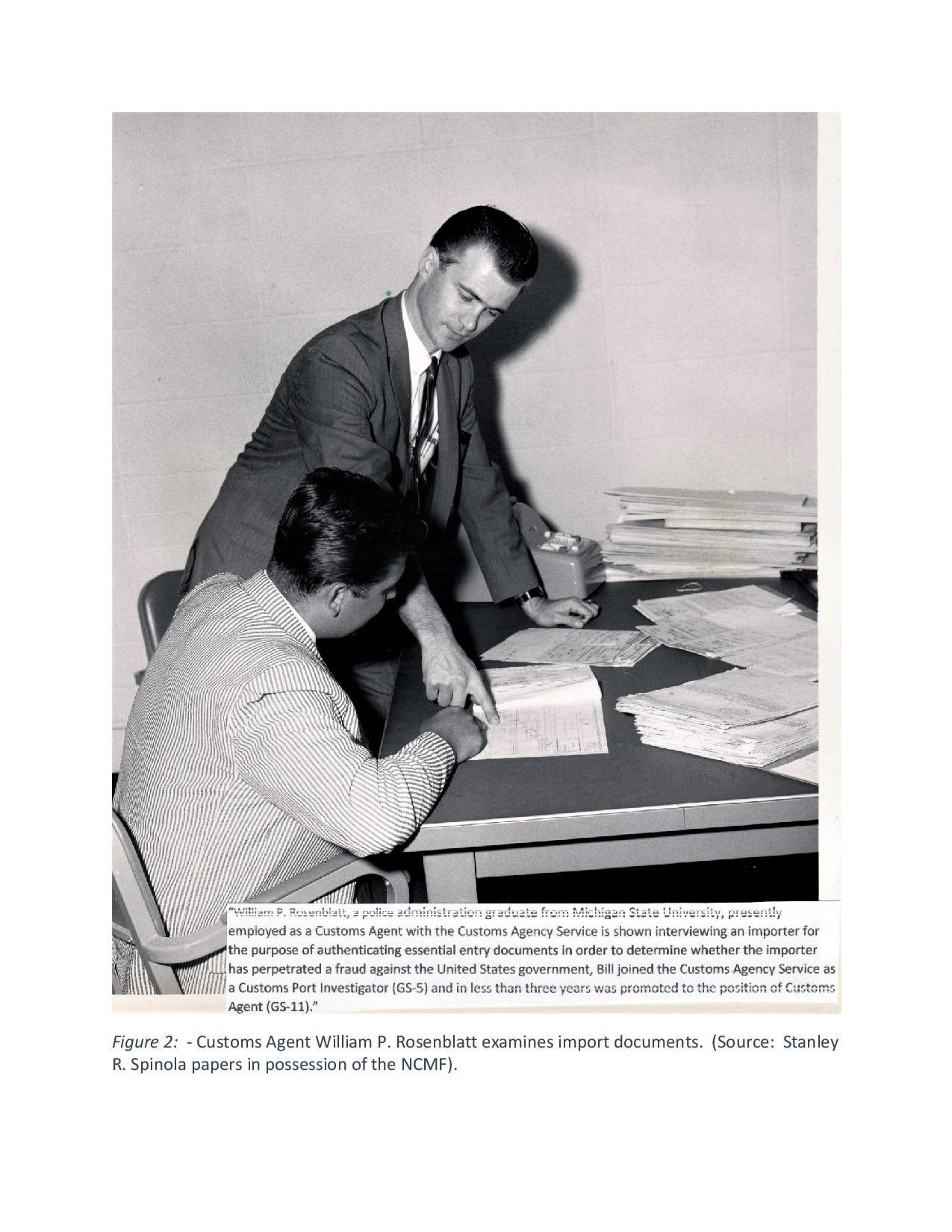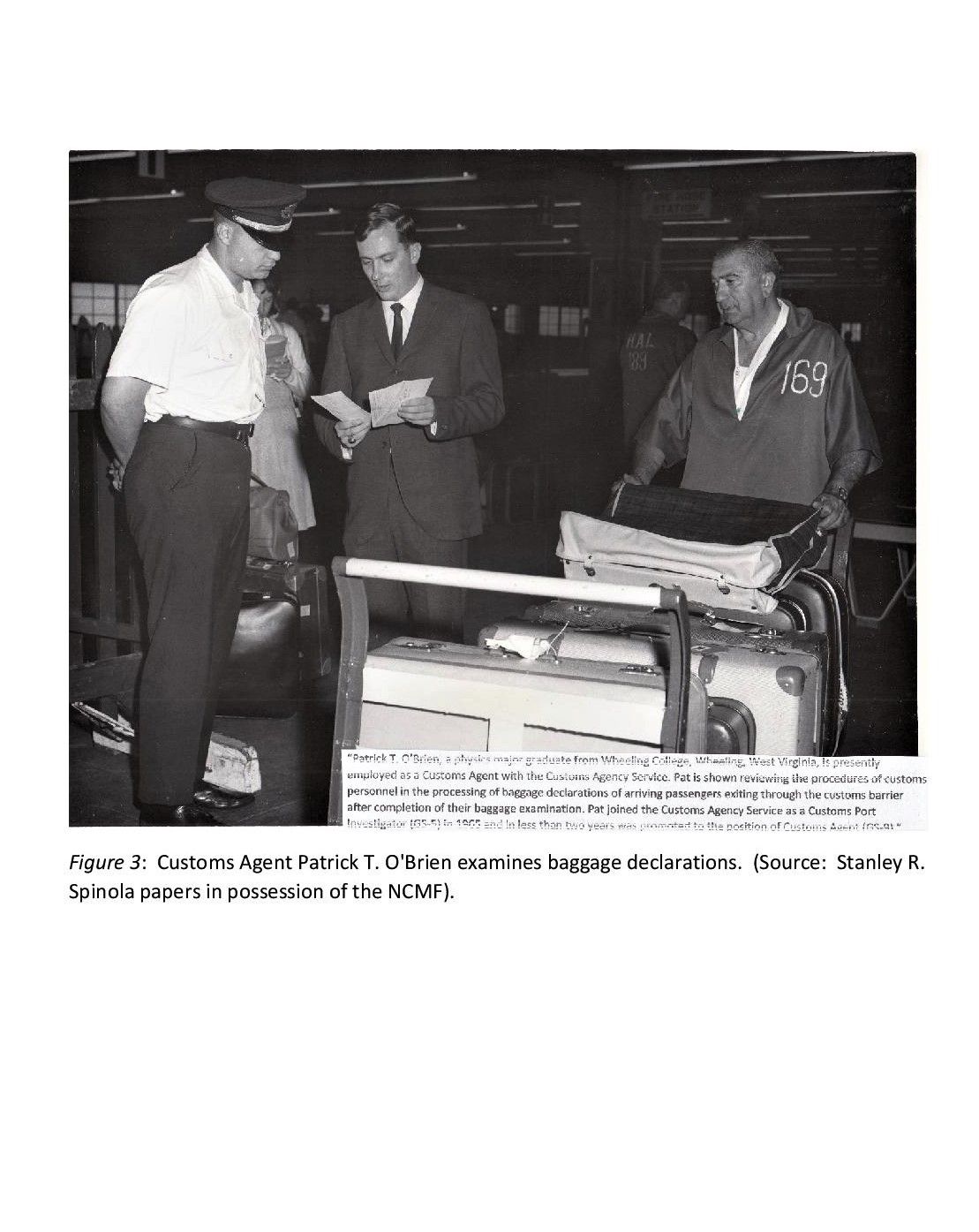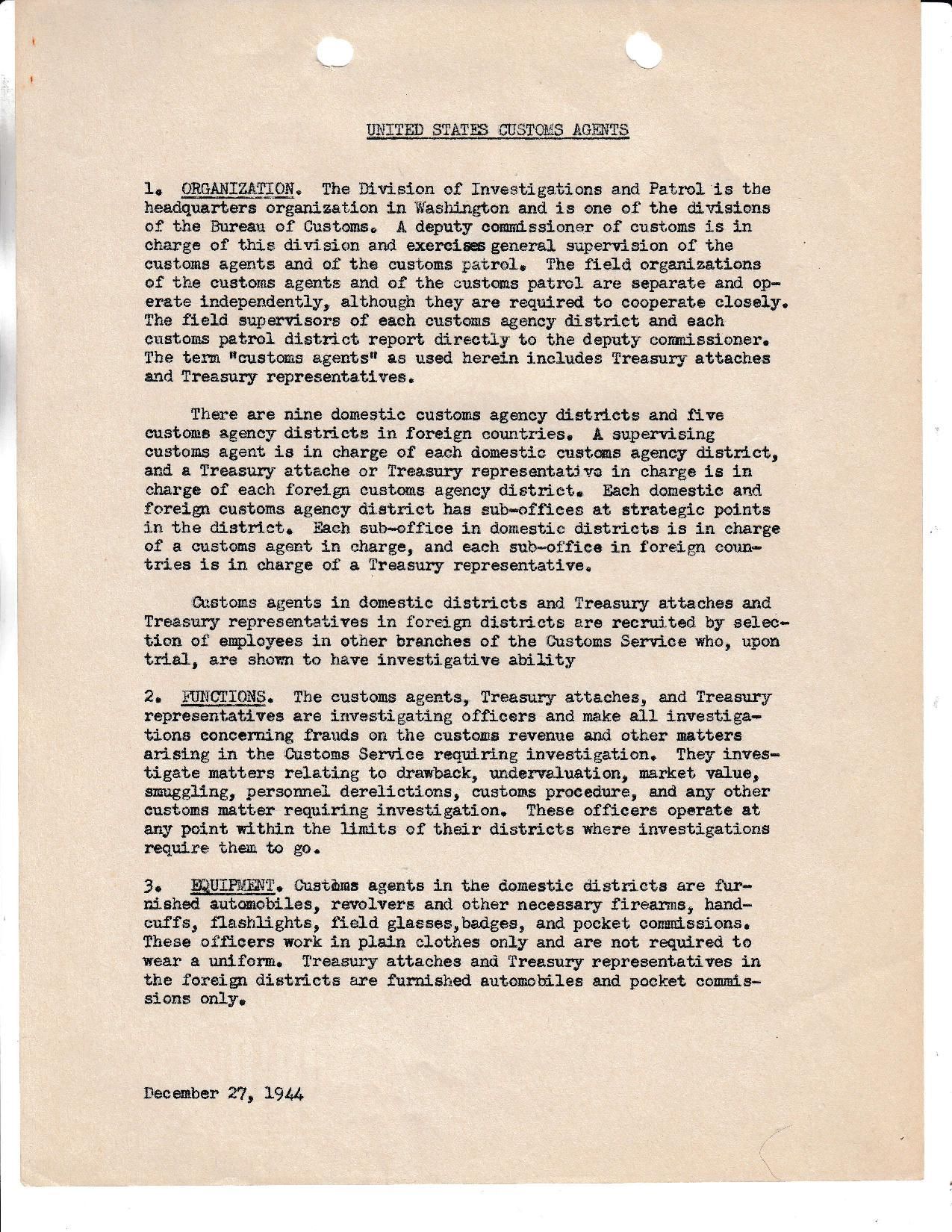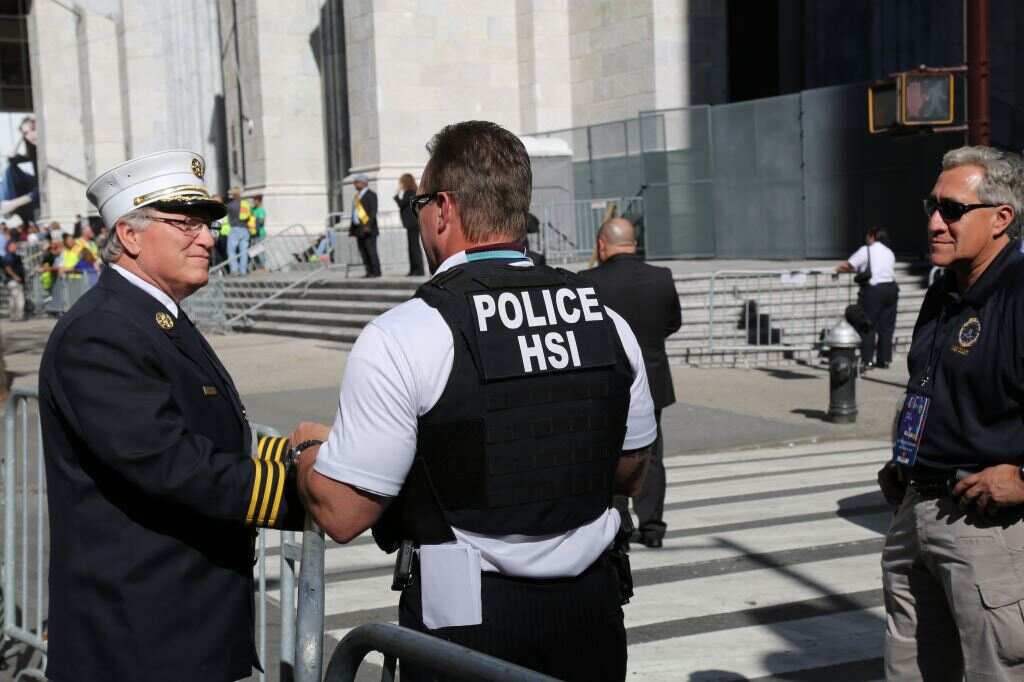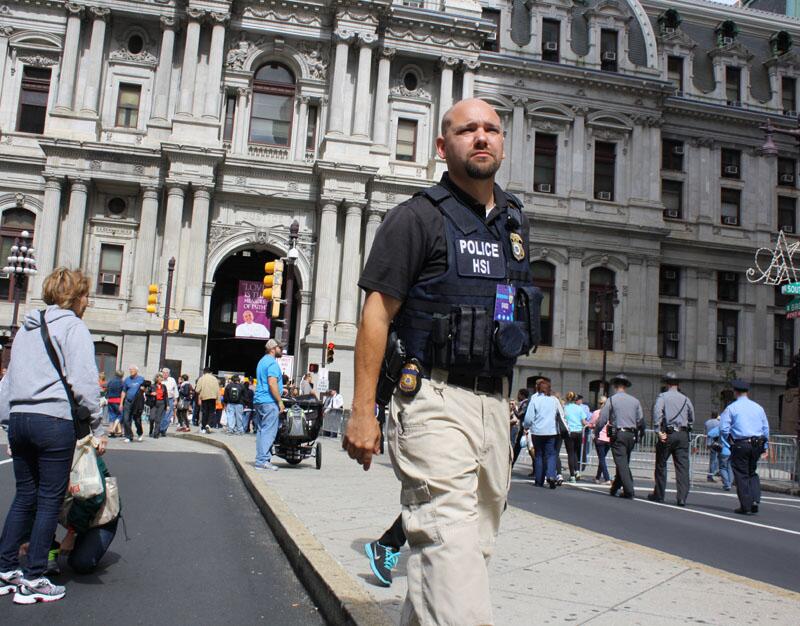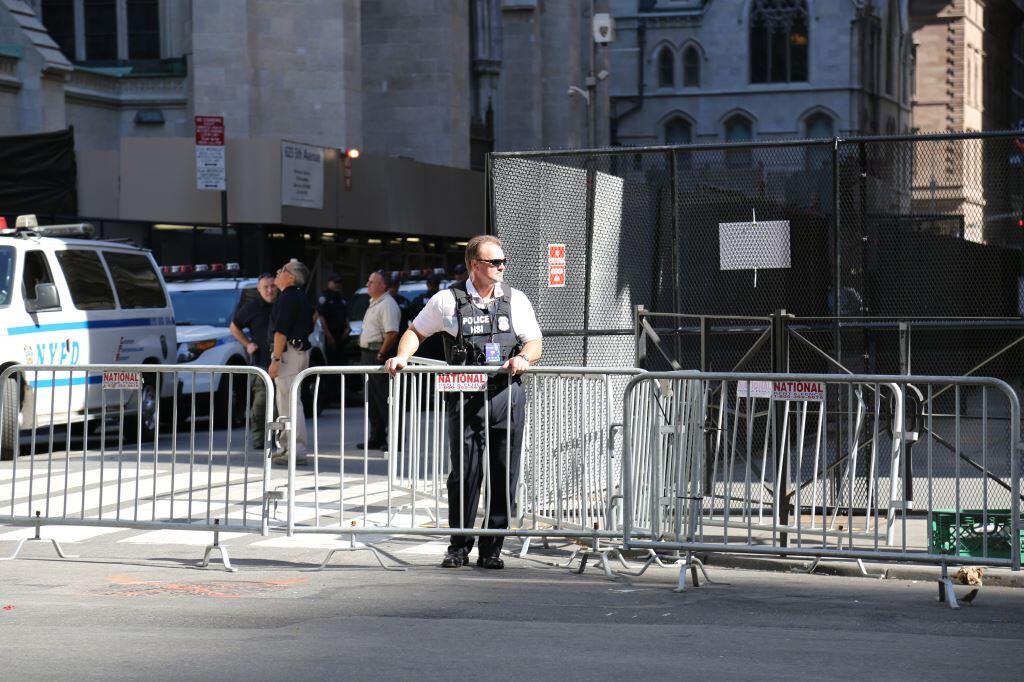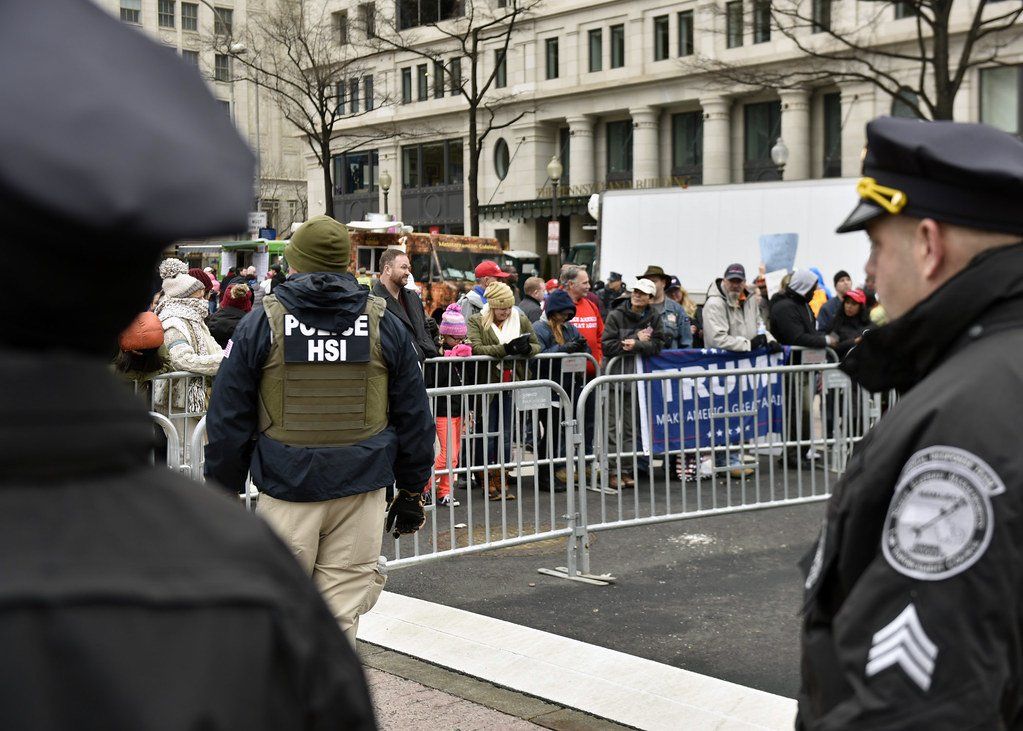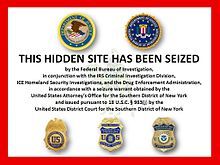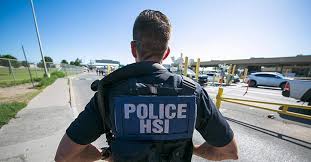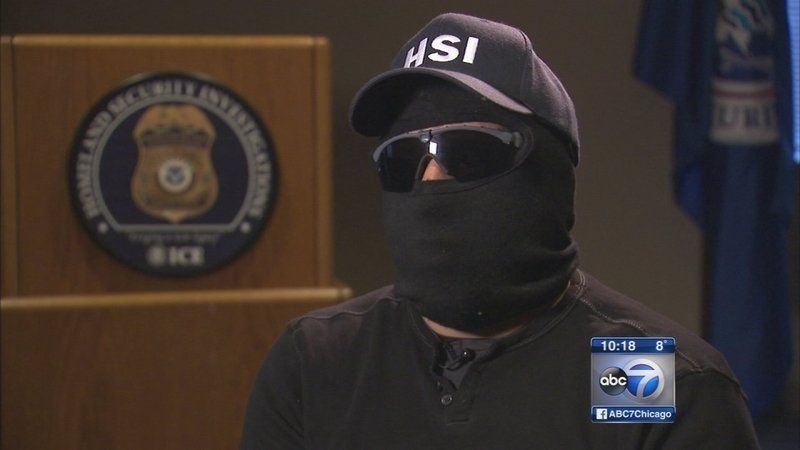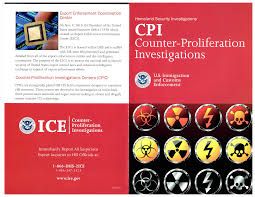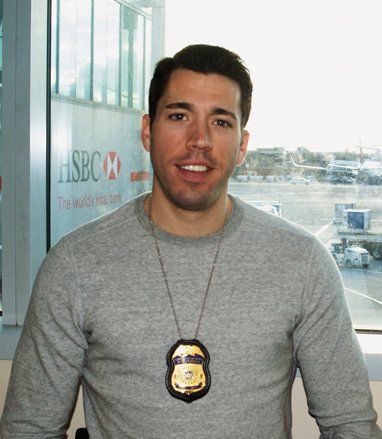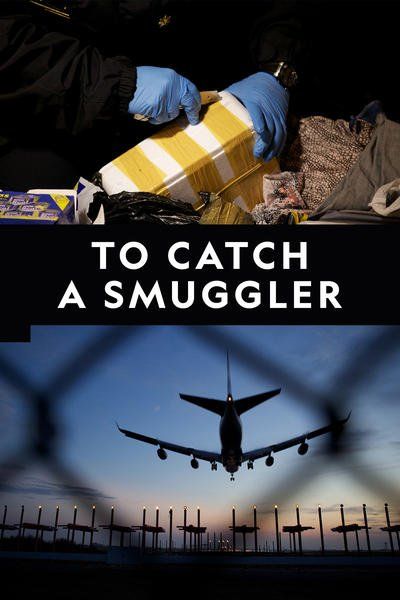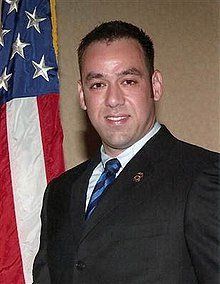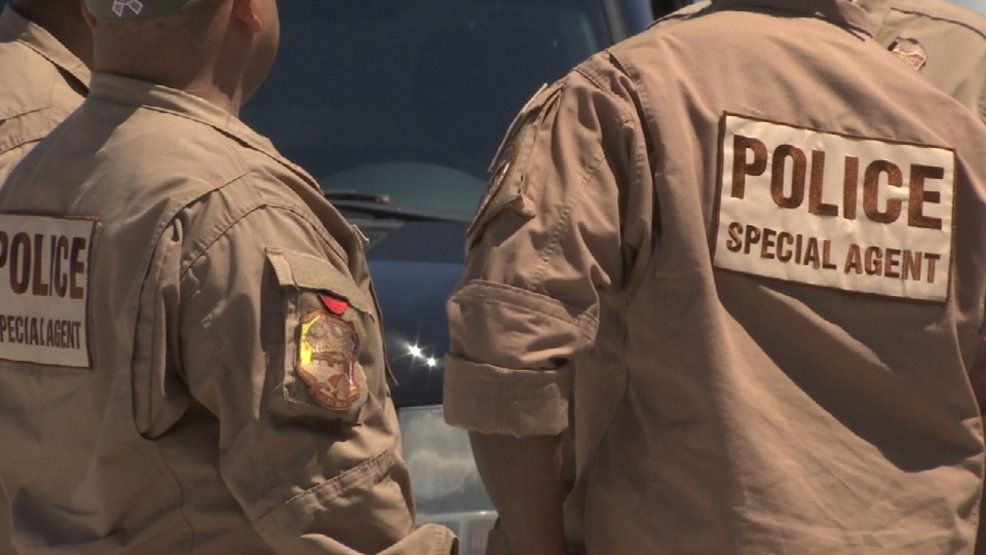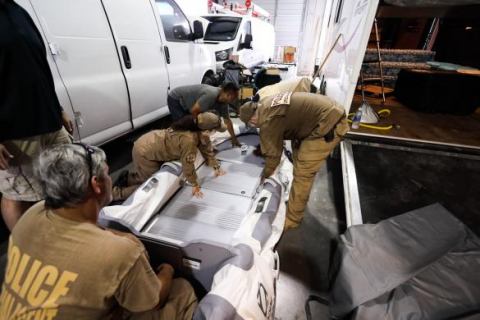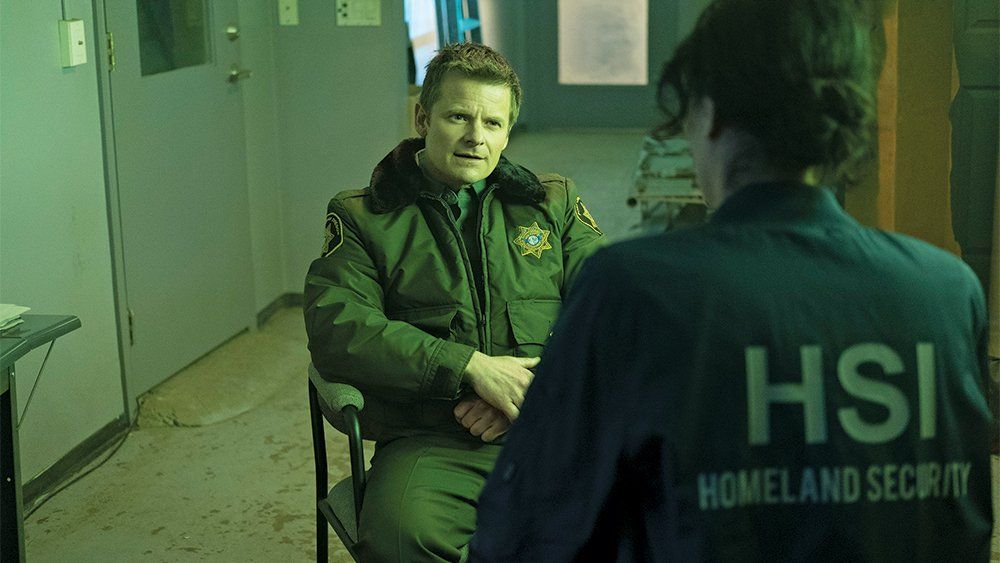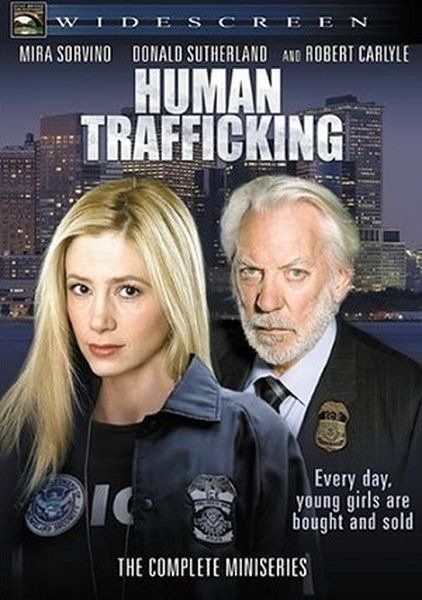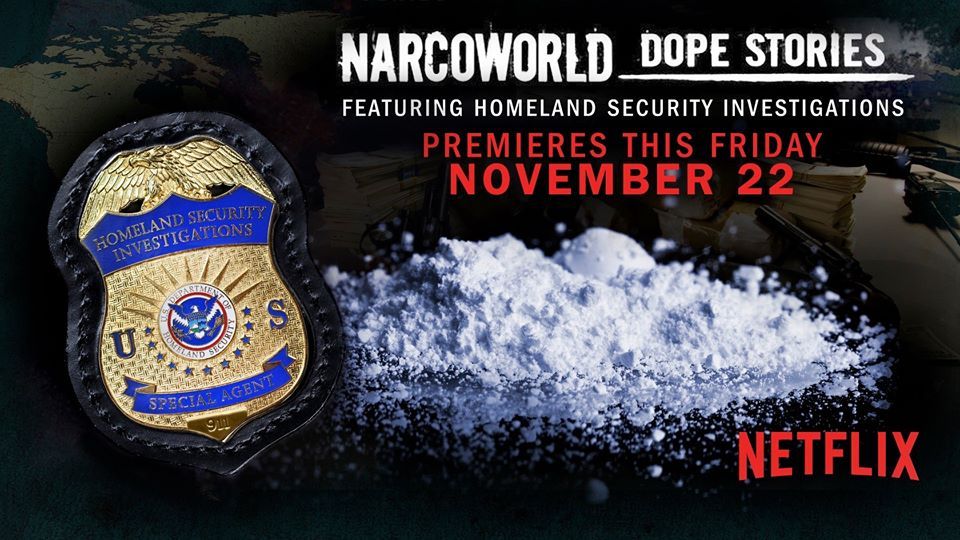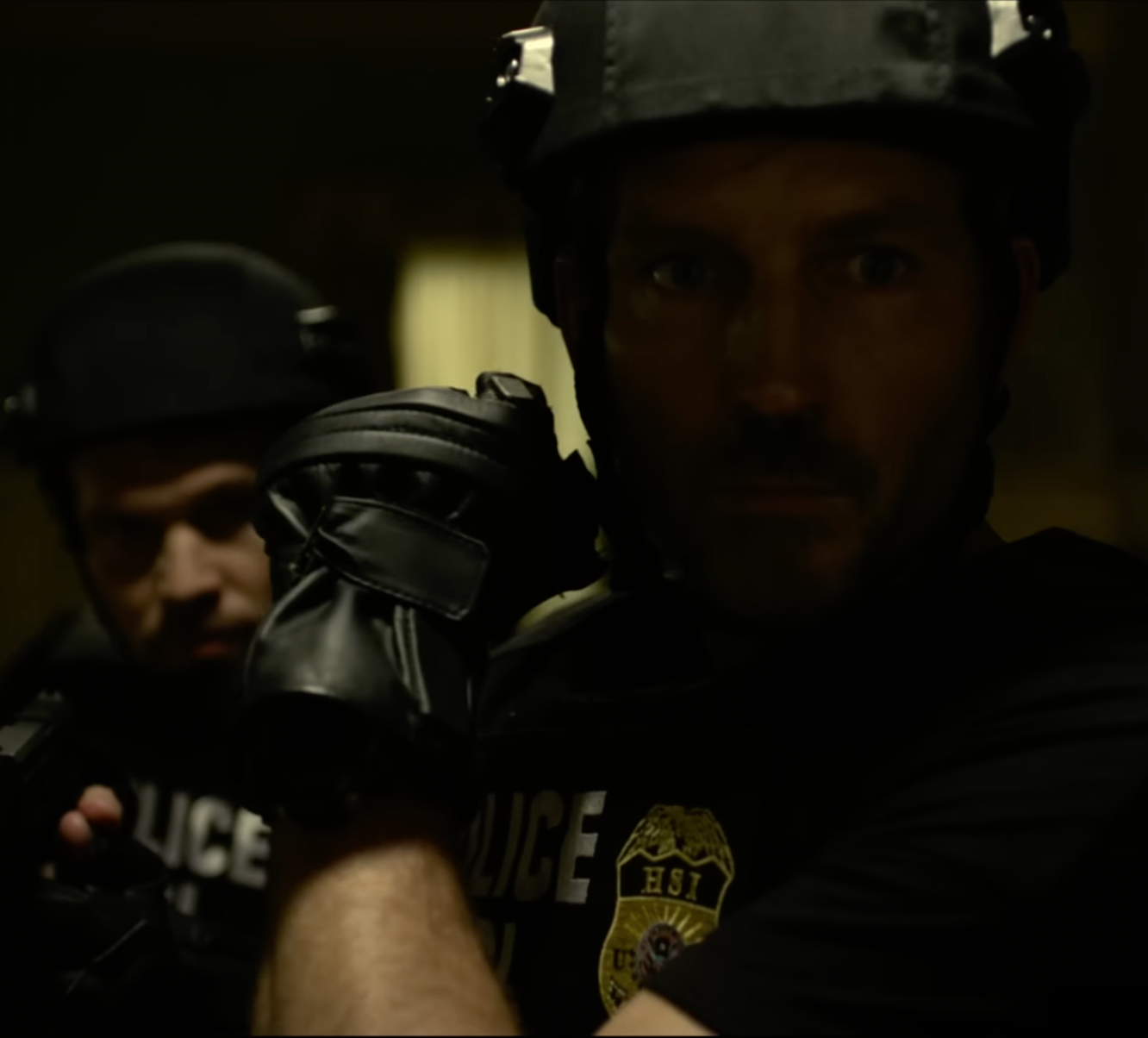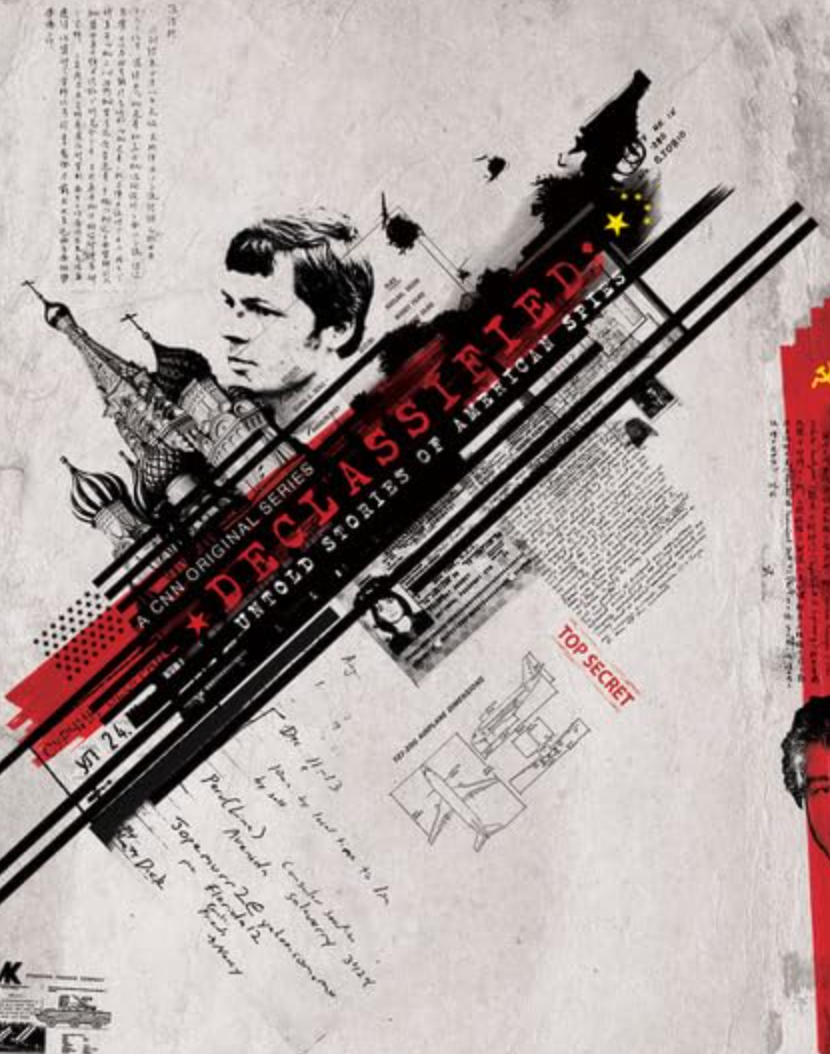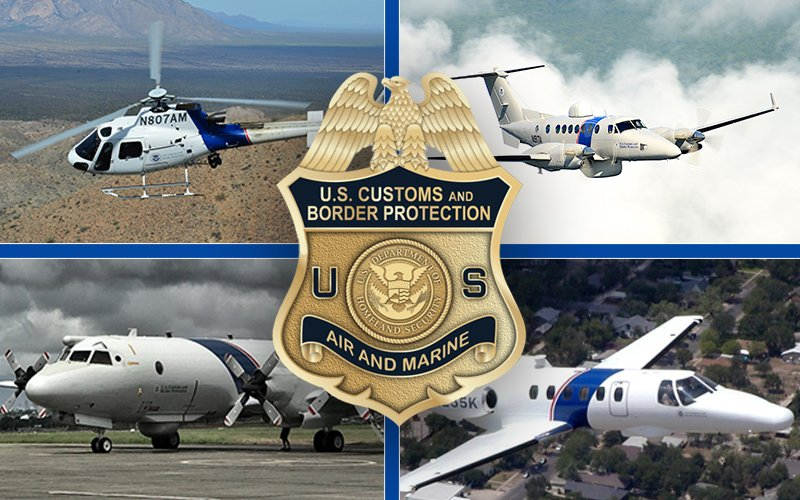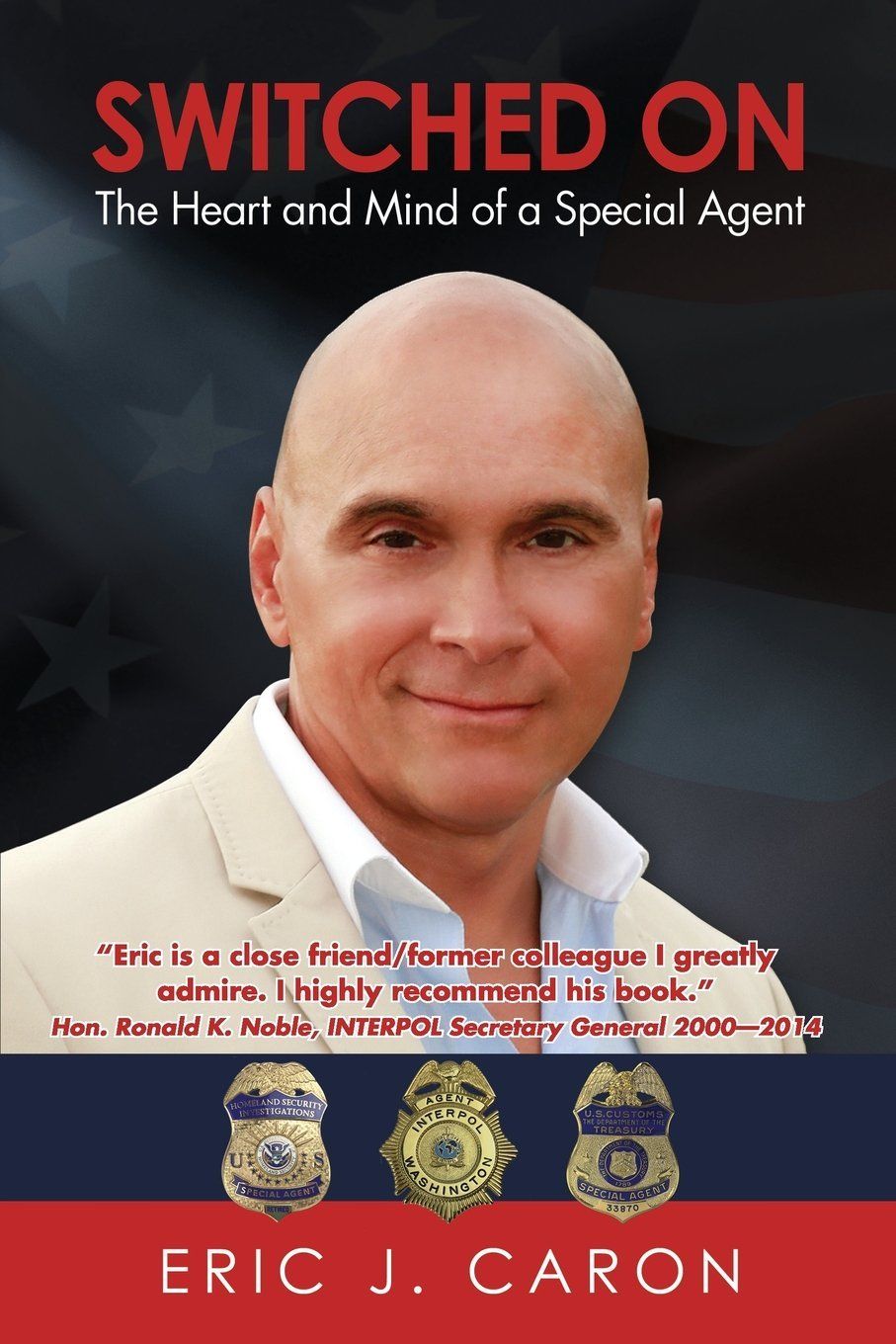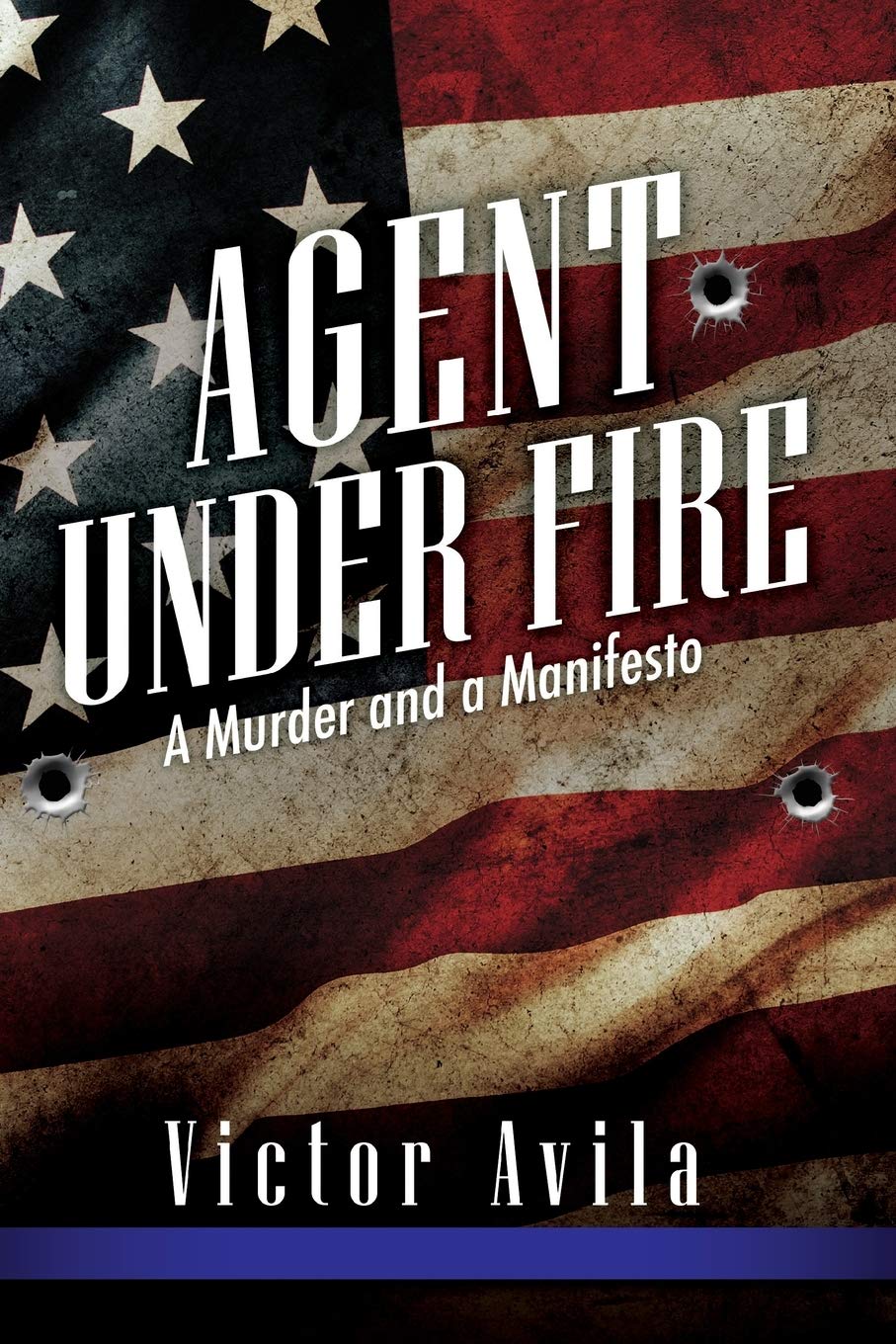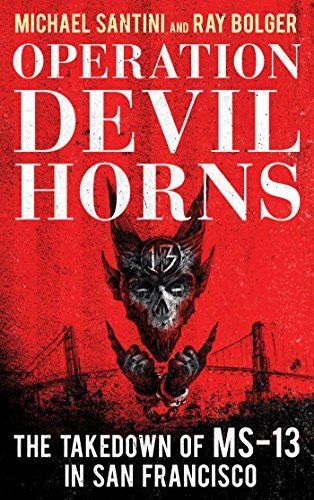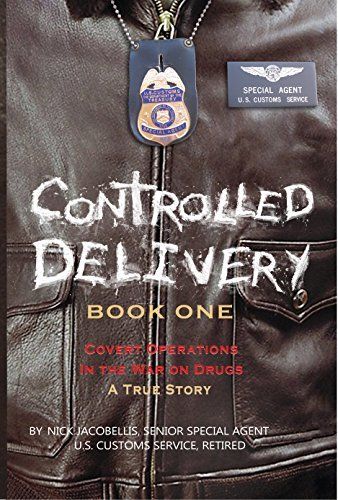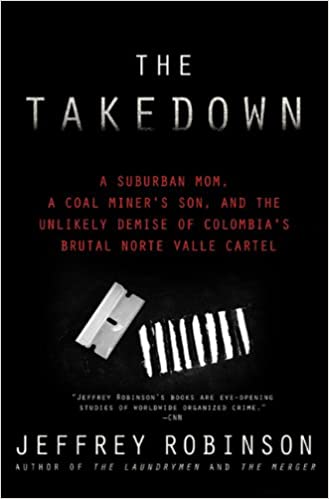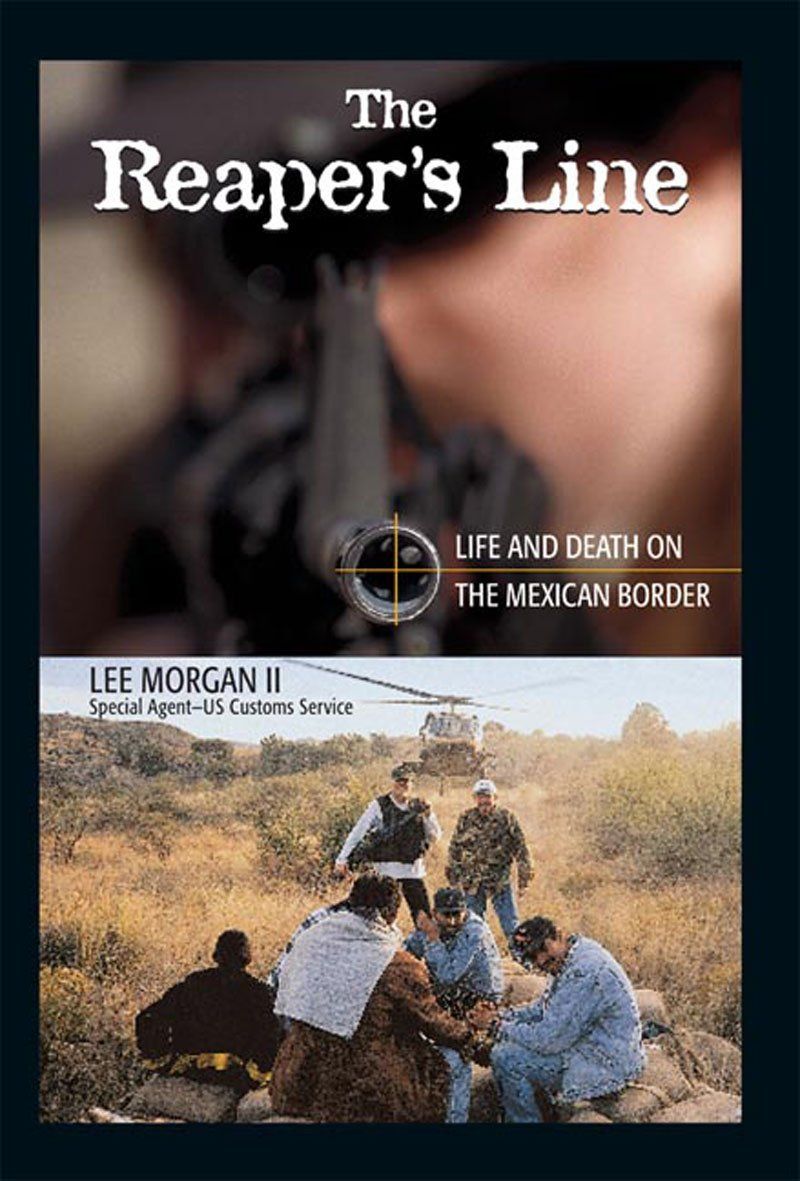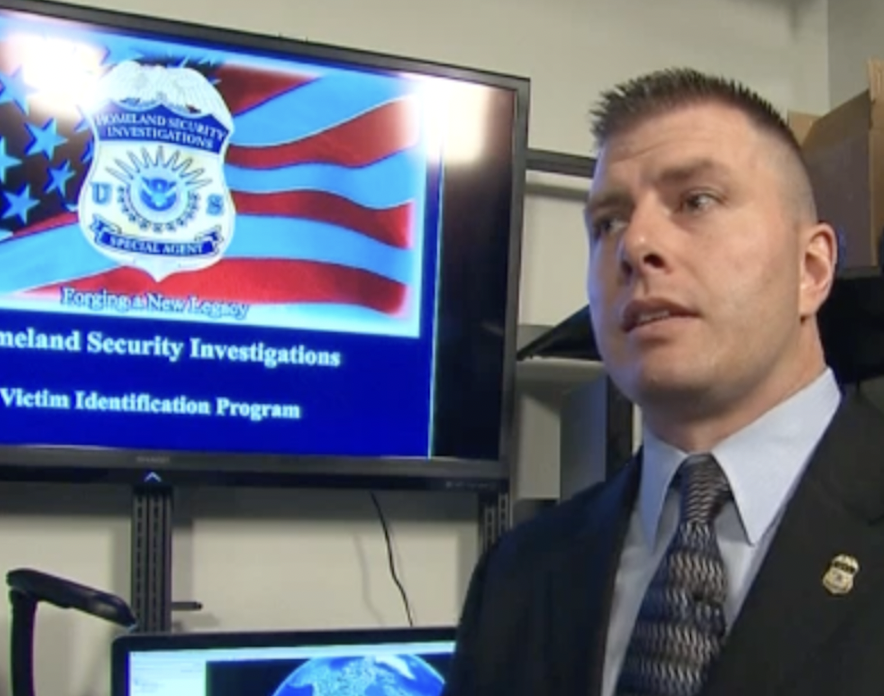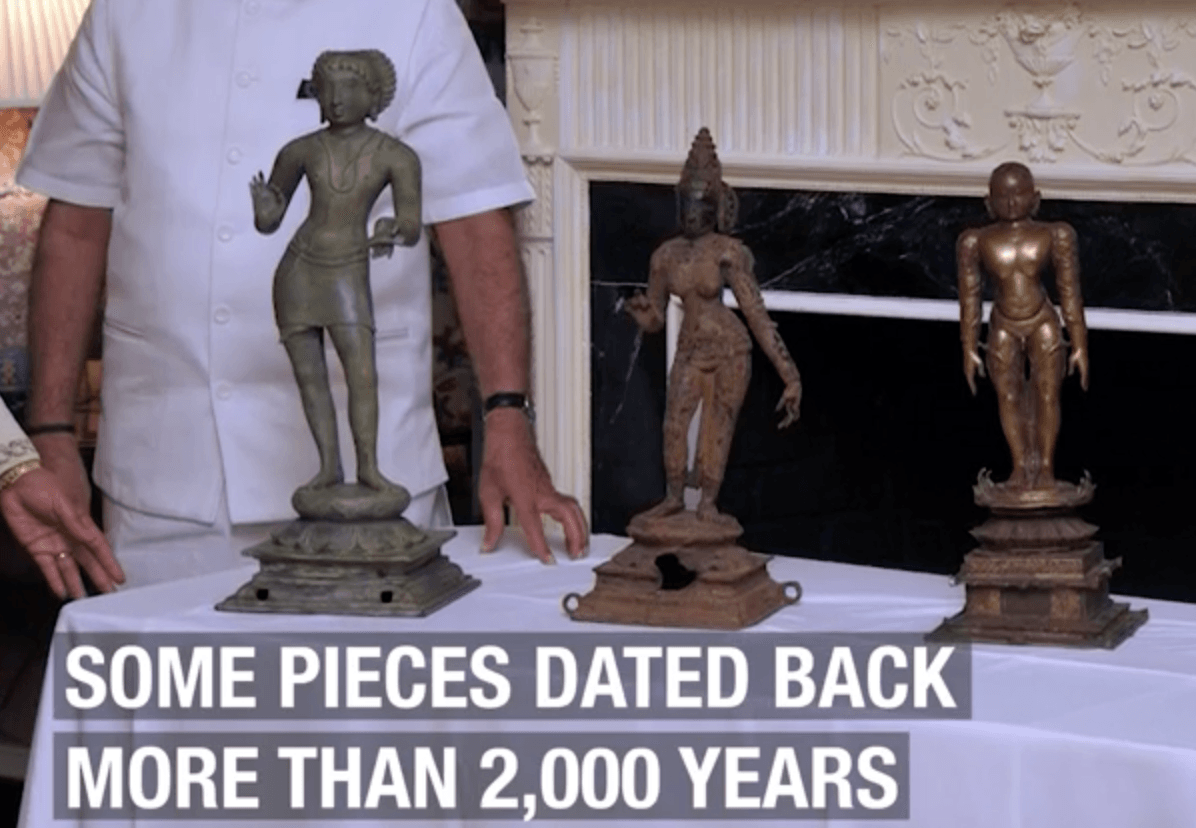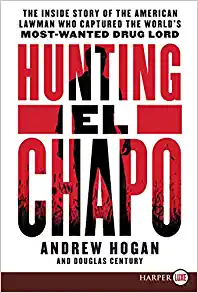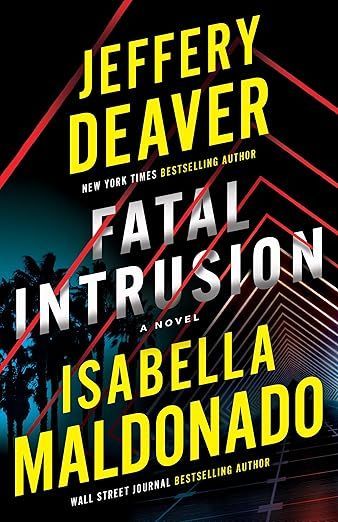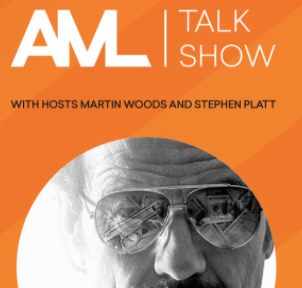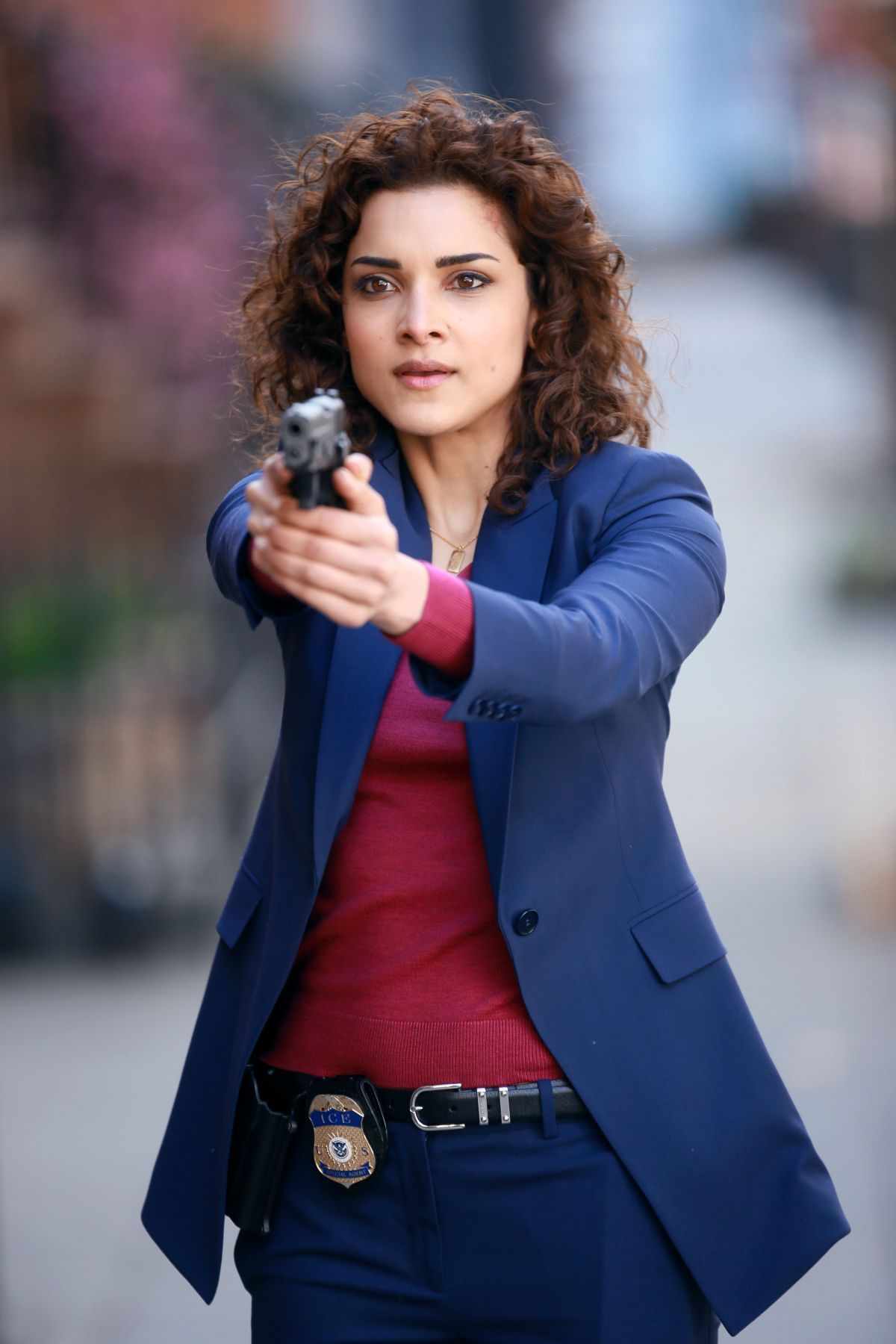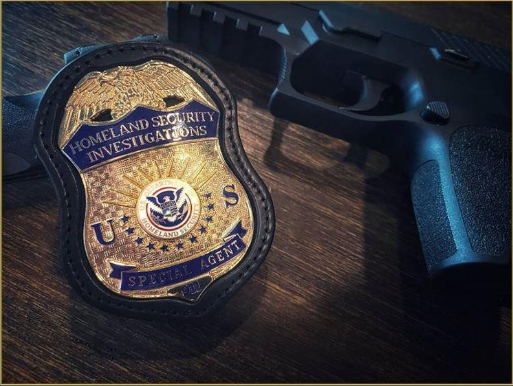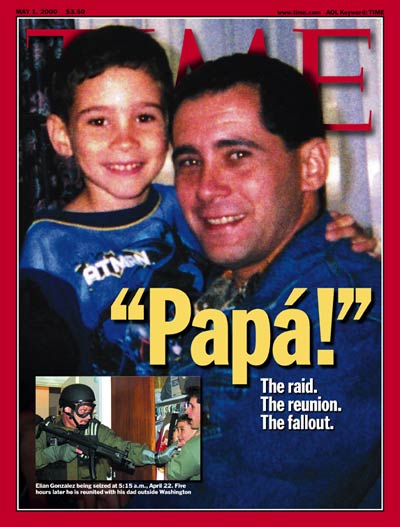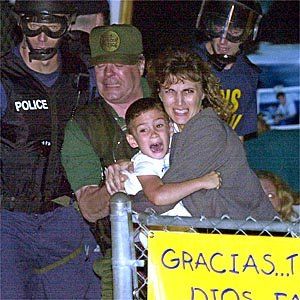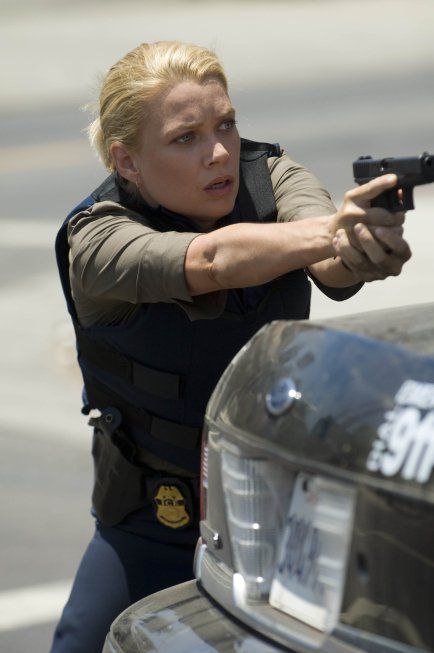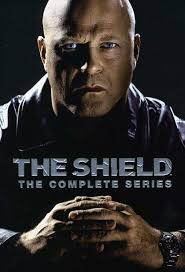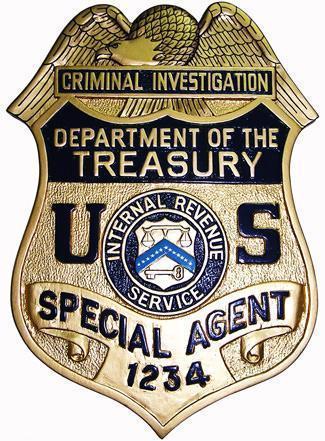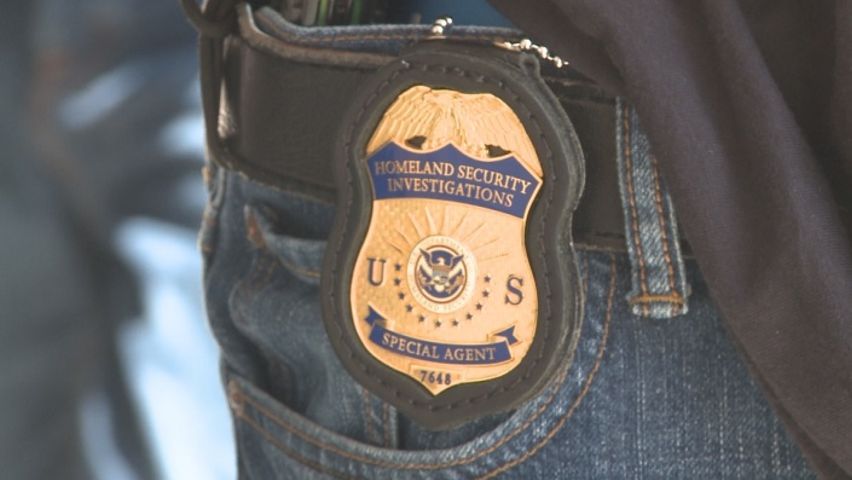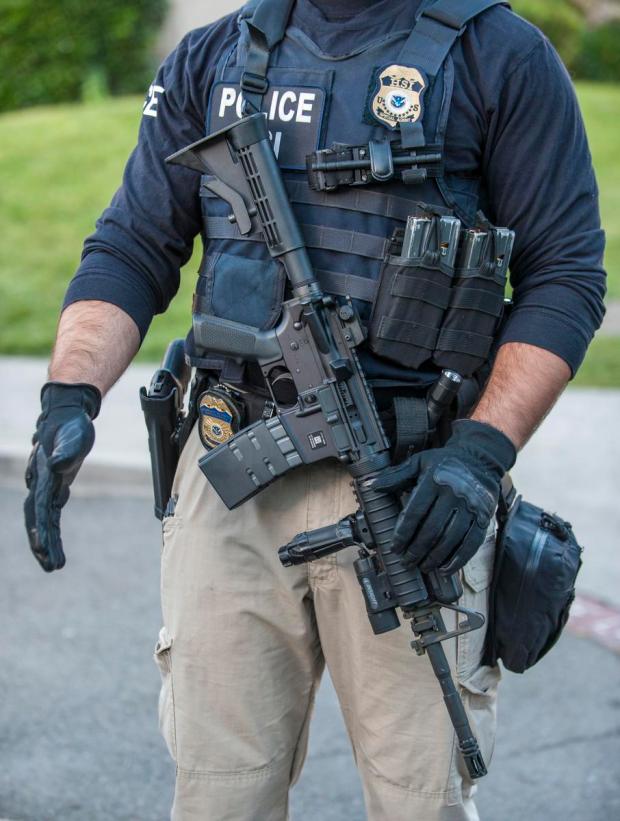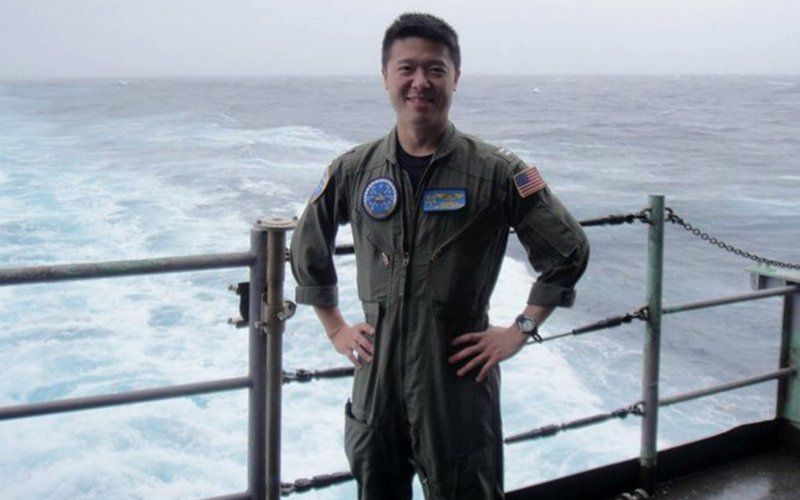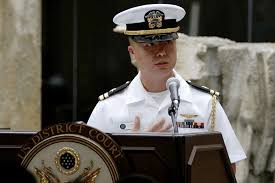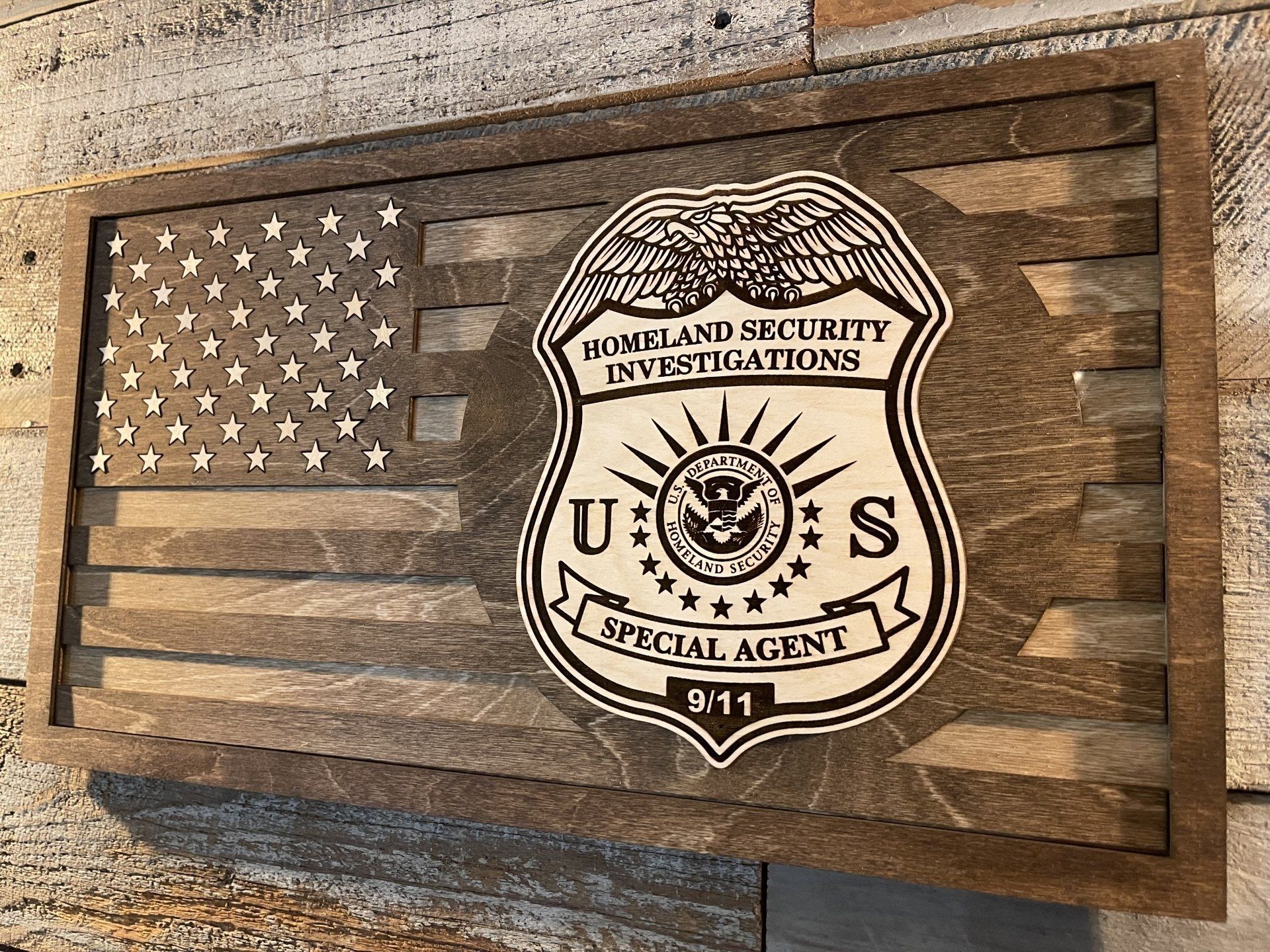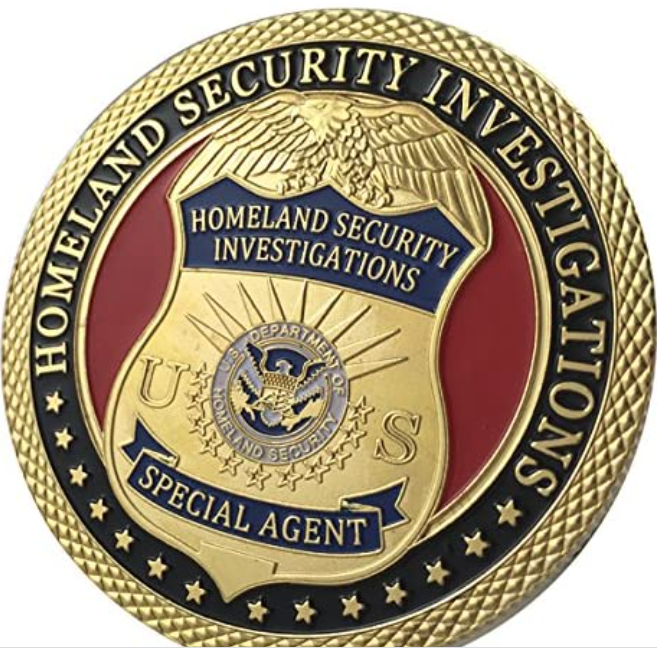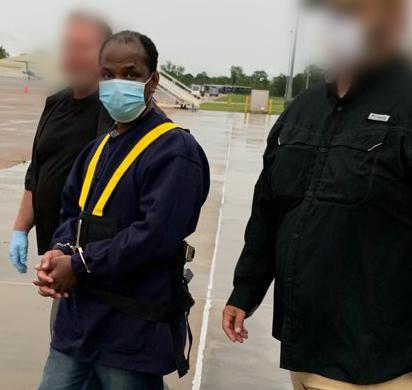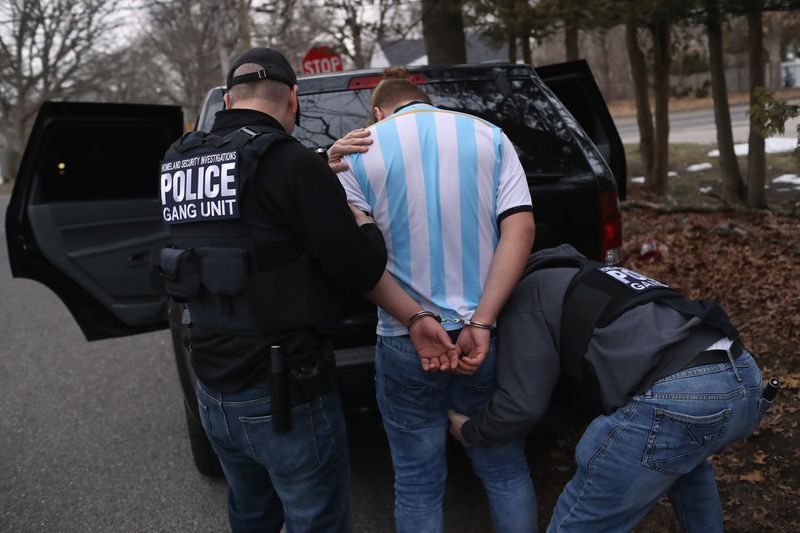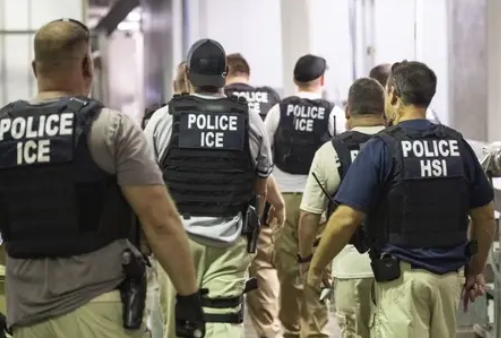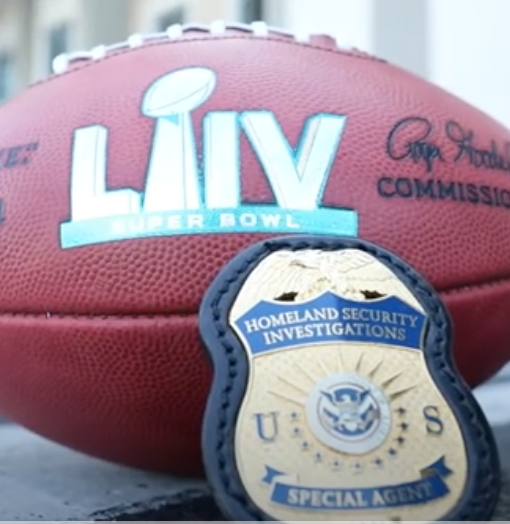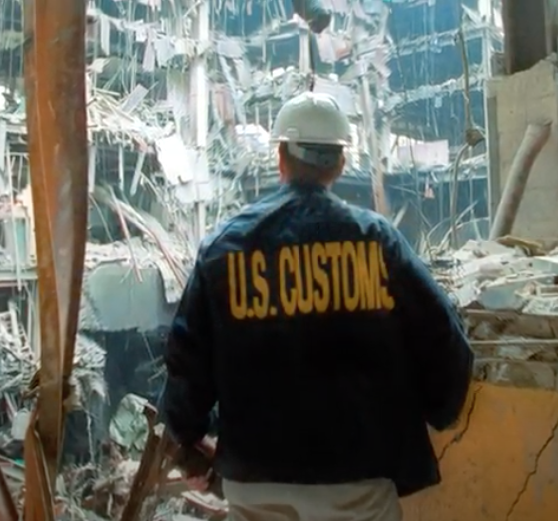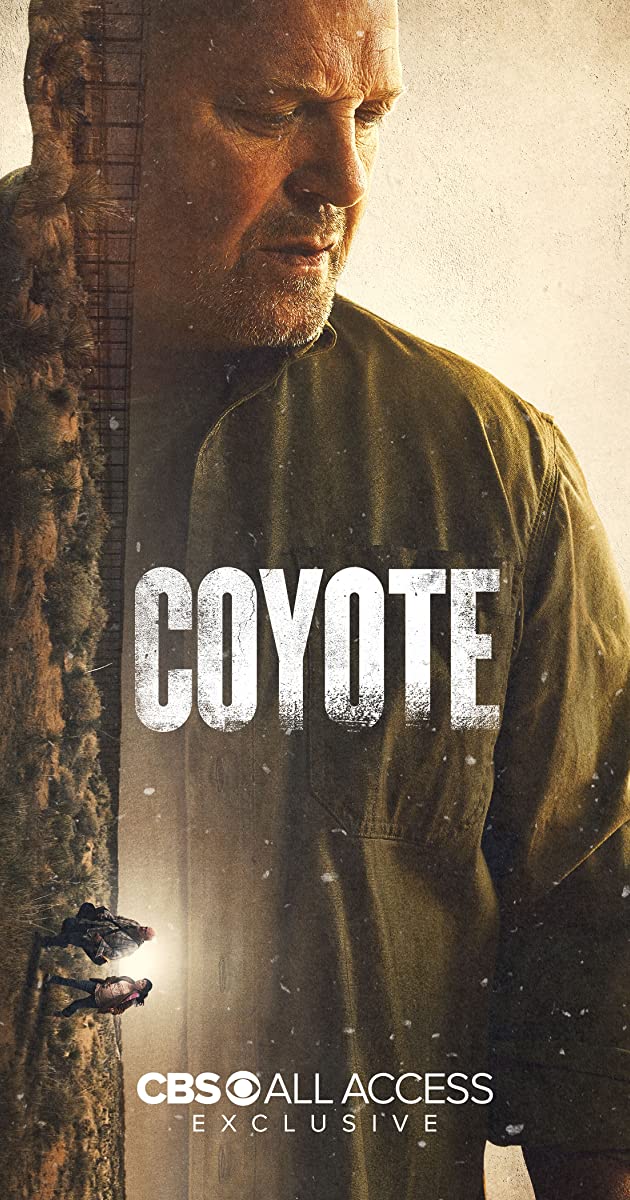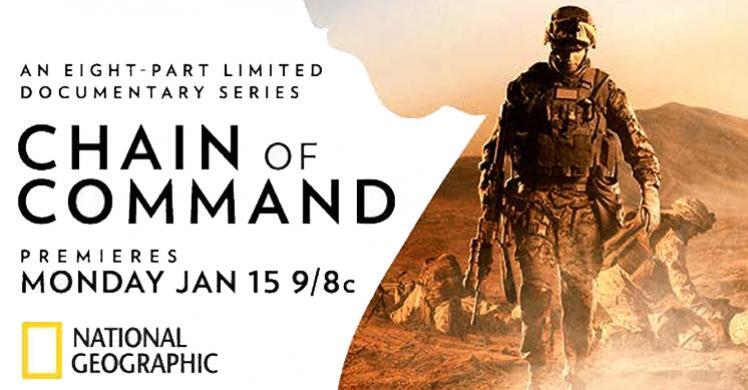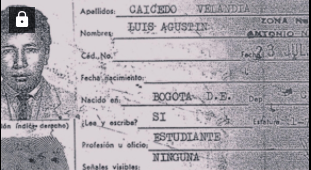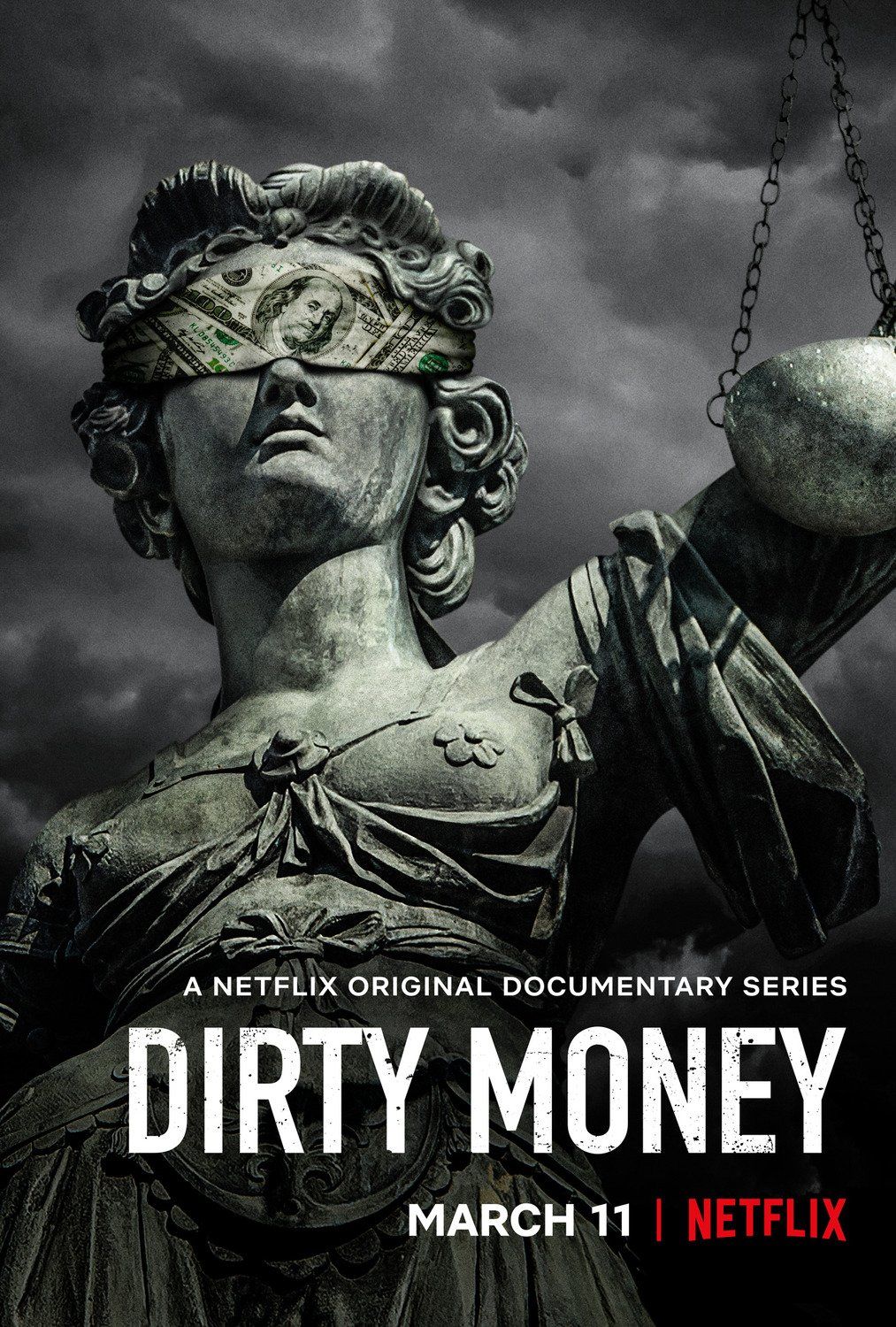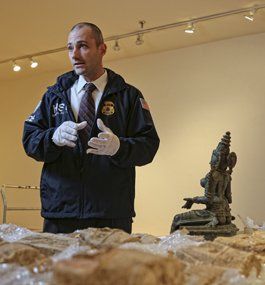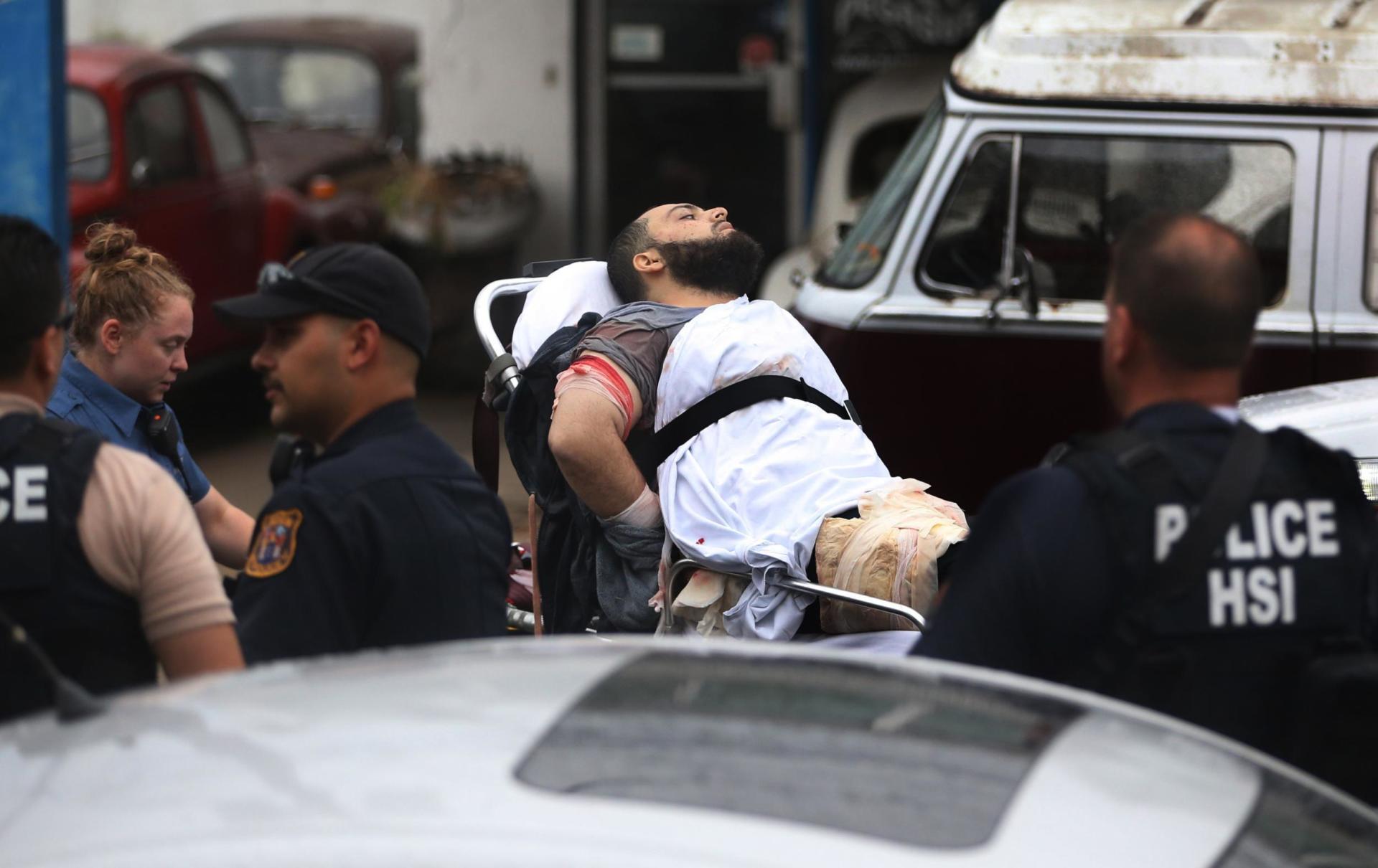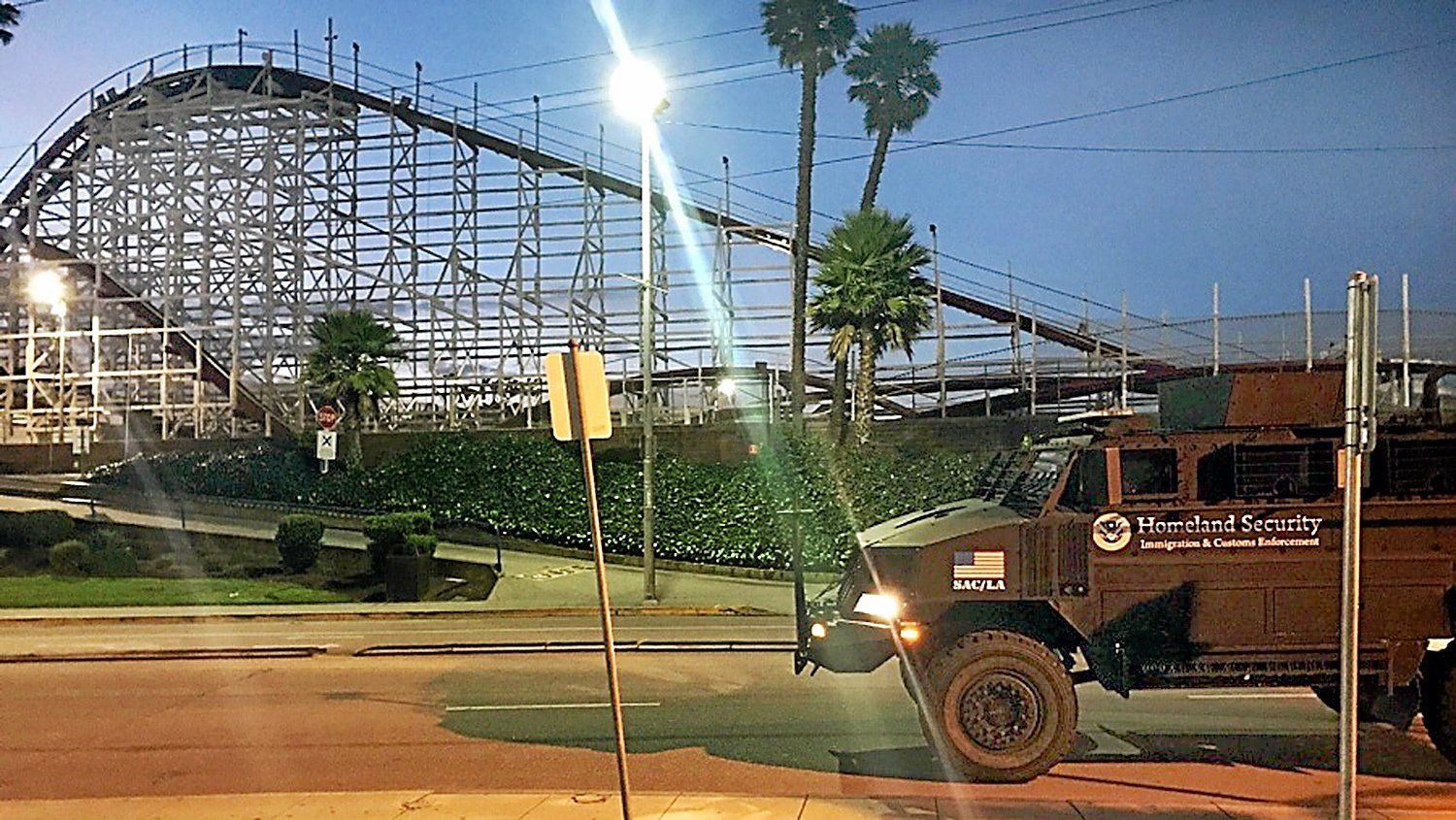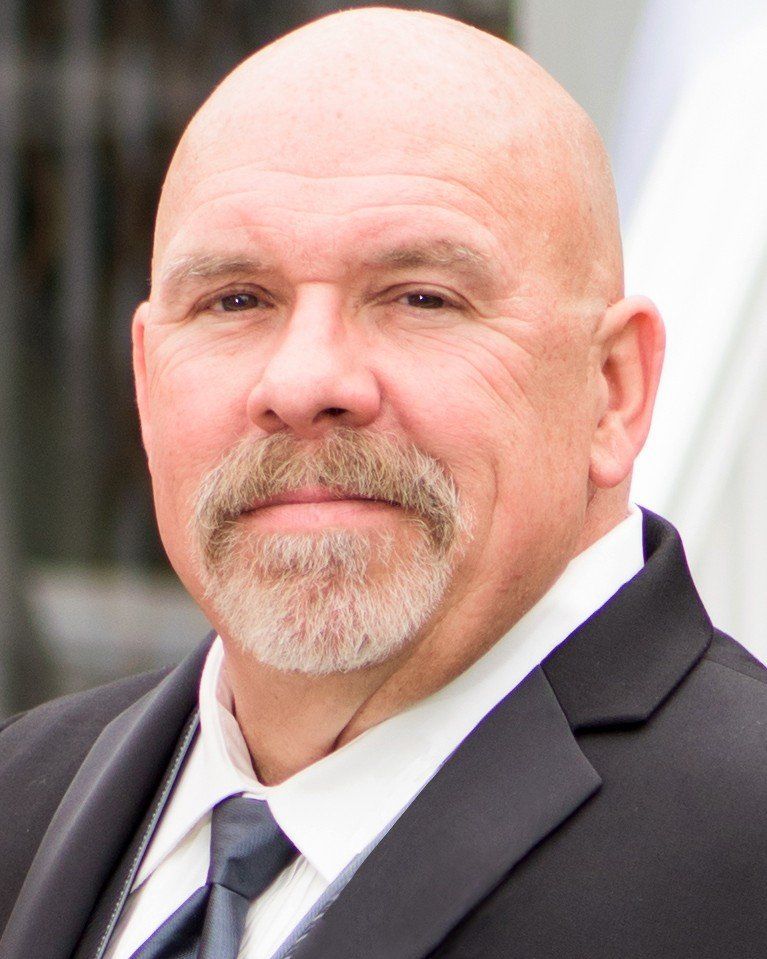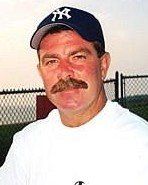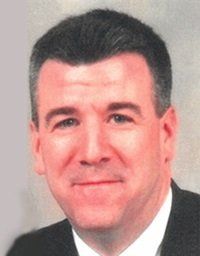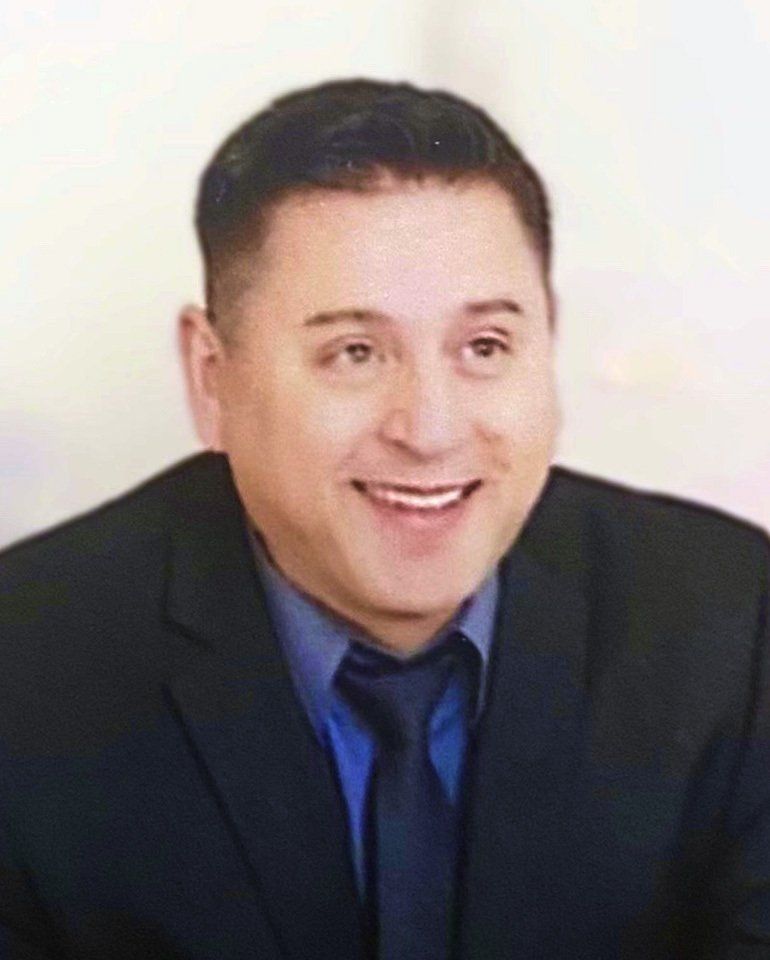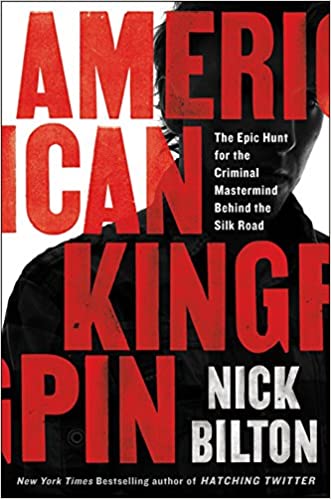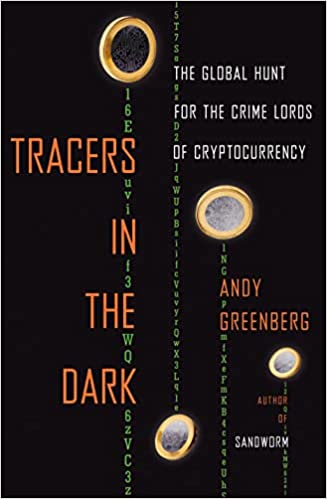BCCI AND LAW ENFORCEMENT:
The Justice Department Introduction
Over the past two years, the Justice Department's handling of BCCI has been criticized in numerous editorials in major newspapers, including the Wall Street Journal, the Washington Post, and the New York Times, reflecting similar criticism on the part of several Congressmen, including the chairman of the Subcommittee, Senator Kerry; the chief Customs undercover officer who handled the BCCI drug-money laundering sting, Robert Mazur; his superior at Customs, Commissioner William von Raab; New York District Attorney Robert Morgenthau; former Senate investigator Jack Blum, and, within the Justice Department itself, the former U.S. Attorney for the Southern District of Florida, Dexter Lehtinen.
Typical editorials criticized Justice's prosecution of BCCI as "sluggish," "conspicuously slow," "inattentive," and "lethargic." Several editorials noted that there had been "poor cooperation" by Justice with other agencies. One stated that "the Justice Department seems to have been holding up information that should have been passed on" to regulators and others. Another that "the Justice Department's secretive conduct in dealing with BCCI requires a better explanation than any so far offered."(1)
In response to all these critics, the Justice Department has suggested that their comments are ill-informed, their motives suspect, and that in time, the wisdom and probity of the Justice Department's approach would emerge. As Assistant Attorney General Robert S. Mueller III stated to the Subcommittee in prepared testimony on November 21, 1991:
We are responsible, ethical prosecutors. We will not indict simply to get favorable press coverage or to quiet our critics. We require evidence sufficient to prove a crime beyond a reasonable doubt, and we will not indict if that evidence does not exist . . . It is premature to assess our performance. We cannot even respond fully to criticism, because we cannot reveal grand jury proceedings or the details of our investigations. Our record when the investigations and prosecutions have concluded will speak for itself. . . a fair review of the available facts will show that the Department of Justice has done an excellent job on the BCCI investigations, and that the criticisms of the Department are fundamentally unfair.(2)
Unfortunately, as time has passed it has become increasingly clear that the Justice Department did indeed make critical errors in its handling of BCCI prior to the appointment of Attorney General Barr in October, 1991, and moreover masked inactivity in prosecuting and investigating the bank by advising critics tat matters pertaining to BCCI were "under investigation," when in fact they were not.
These critical strategic errors, which arose in the earliest stages of the Justice Department's handling of the Customs sting, Operation C-Chase, in 1988, were compounded by the Justice Department's attempts to hinder other legitimate investigative efforts, and by the Justice Department's inability to admit that it had made any of these mistakes.
While mid-level officials in the US Attorney's office in Tampa worked long hours under atrocious conditions to bring the money laundering case against BCCI which arose out of Operation C-Chase, it is clear now, and should have been clear as of the date of the C-Chase indictment against BCCI in October 1988, that BCCI represented much more than a drug money laundering case.
Nevertheless, the US Attorney's office chose to bring, and not to supersede, a limited, money-laundering case against the bank in Florida and indicted several mid-level BCCI officials, throwing out a possible Racketeering Influenced and Corrupt Organizations (RICO) case that would have enabled it to have gone after all of BCCI's assets in the United States -- possibly including any interest it had in the First American bank.
The US Attorney in Tampa then made its second strategic mistake as it allowed the bank to plead out while prosecuting the individual bankers. BCCI mounted a $20 million defense in Florida and provided for the legal costs and living expenses of its former employees throughout their trials. The bank's strategy was obviously to blunt to the extent possible any attempt by the US Attorney's office to "flip" individual defendants, causing them to plead out of the case and to agree to provide damaging testimony against the institution itself. BCCI's strategy largely succeeded when in January, 1990, the U.S. Attorney and Justice Department agreed to permit the bank to avoid trial, and pled guilty to the narrow set of offenses contained in the indictment, and thereby end investigation and prosecution of BCCI in the only judicial district where any such activity existed. The October, 1988 indictment had charged BCCI as institution with having a corporate policy of soliciting drug money. Following the plea, prosecutors changed their underlying theory of the case to suggest that the real guilt lay not with the bank, but with the individual bankers at BCCI who happened to fall into the net of the Customs' sting.
The result was that the Justice Department permitted BCCI to sever its Florida operations and sacrifice a handful of bank employees and thereby to continue its worldwide criminal activity.
Soon after the January 1990 plea agreement, the Justice Department stopped investigating BCCI entirely. Despite the fact that hundreds of leads had not been followed up on in the C-Chase investigation, and that law enforcement officials in the filed recognized the importance of those leads, the Justice Department took which government agents later characterized as a "time-out".
There does not appear to have been anything sinister that prompted this decision. Rather, the decision to stop investigating BCCI appears to be an example of poor communication, overwork, understaffing, inadequate understanding of the meaning of information in the possession of Justice, and a flawed prosecutorial and investigative strategy. It was also the unintended consequence of the BCCI case arising as a Treasury Department investigation brought by Customs and IRS agents only, without the involvement of the FBI. Given the focus of Treasury agents on crimes pertaining to issues such as money laundering and customs violations, the failure to bring the FBI into the case may have contributed to the lack of follow through on the broader criminality pertaining to BCCI.
During the remainder of 1990 and the first half of 1991, it became increasingly clear from the Subcommittee's investigation, New York District Attorney Morgenthau's investigation and media investigations that BCCI was an international criminal organization. Throughout that period, the Justice Department found itself in the apparently uncomfortable position of having to give the public impression that it was aggressively moving against BCCI, at a time when it was doing very little concerning the bank, and investigators and prosecutors involved in the Tampa case were no longer working on matters pertaining to BCCI. Instead of immediately renewing their investigation, the Department sought to impede the investigations of others through a variety of mechanisms, ranging from not making witnesses available, to not returning telephone calls, to claiming that every aspect of the case was under investigation in a period when little, if anything, was being done.
Only after regulatory agencies around the world seized the bank on July 5, 1991, did the Justice Department begin to give the BCCI investigation an unprecedented urgency and importance. Under Assistant Attorney General Mueller, the Department assigned nearly three dozen attorneys to the case. During 1992, the Department brought several indictments, which remained narrower, less detailed and, at times, seemingly in response to the efforts of District Attorney Robert Morgenthau of New York, the Federal Reserve, or both.
Findings
** Federal prosecutors in Tampa handling the 1988 drug money laundering indictment of BCCI failed to recognize the importance of information they received concerning BCCI's other crimes, including its apparent secret ownership of First American. As a result, they failed adequately to investigate these allegations themselves, or to refer this portion of the case to the FBI and other agencies at the Justice Department who could have properly investigated the additional information.
** The Justice Department, along with the U.S. Customs Service and Treasury Departments, failed to provide adequate support and assistance to investigators and prosecutors working on the case against BCCI in 1988 and 1989, contributing to conditions that ultimately caused the chief undercover agent who handled the sting against BCCI to quit Customs entirely.
** The January 1990 plea agreement between BCCI and the U.S. Attorney in Tampa kept BCCI alive, and had the effect of discouraging BCCI's officials from telling the U.S. what they knew about BCCI's larger criminality, including its ownership of First American and other U.S. banks.
** The Justice Department essentially stopped investigating BCCI following the plea agreement, until press accounts, Federal Reserve action, and the New York District Attorney's investigation in New York forced them into action in mid-1991.
** Justice Department personnel in Washington lobbied state regulators to keep BCCI open after the January 1990 plea agreement, following lobbying of them by former Justice Department personnel now representing BCCI.
** Relations between main Justice in Washington and the U.S. Attorney for Miami, Dexter Lehtinen, broke down on BCCI-related prosecutions, and key actions on BCCI-related cases in Miami were, as a result, delayed for months during 1991.
** Justice Department personnel in Washington, Miami, and Tampa actively obstructed and impeded Congressional attempts to investigate BCCI in 1990, and this practice continued to some extent until William P. Barr became Attorney General in late October, 1991.
** Justice Department personnel in Washington, Miami and Tampa obstructed and impeded attempts by New York District Attorney Robert Morgenthau to obtain critical information concerning BCCI in 1989, 1990, and 1991, and in one case, a federal prosecutor lied to Morgenthau's office concerning the existence of such material. Important failures of cooperation continued to take place until William P. Barr became Attorney General in late October, 1991.
** Cooperation by the Justice Department with the Federal Reserve was very limited until after BCCI's global closure on July 5, 1991.
** Some public statements by the Justice Department concerning its handling of matters pertaining to BCCI were more cleverly crafted than true.
Early Warnings About BCCI
Although the Justice Department did not indict BCCI until 1988, there were rumors about the bank virtually since its inception. BCCI officially first came to the United States as a branch in New York during the 1970's. New York state banking officials subsequently denied BCCI's takeover of a small bank. Furthermore, bank regulators and law enforcement agencies in other countries, such as the United Kingdom, had reservations about the bank. The British, in fact, refused to grant BCCI full banking status. According to U.S. banking regulators, they routinely make inquiries to the Justice Department about BCCI.
In September 1991, the House Subcommittee on Crime and Criminal Justice, issued a report detailing federal law enforcement's handling of allegations involving BCCI. According to the report, "[F]ederal authorities had scores of contacts concerning BCCI as far back as 1983," and "the government had enough information on BCCI by the mid-1980's to have put BCCI on the most wanted list."(3)
Among the findings of the House Subcommittee:
a.) The DEA had a plethora of case information which, taken in totality, led to the inevitable conclusion that "BCCI is the place to launder money."(4) The report stated that:
[A] review of the files has, so far, revealed 125 cases that have been identified "as having something to do with BCCI." Most of the cases are undercover storefront operations which lead to warrants to seize BCCI bank accounts containing suspected drug proceeds.(5)
b.) Senior IRS officials refused to begin an undercover investigation of BCCI despite the fact that the criminal division had developed important information about the bank. The report states:
Former BCCI employee Aziz Rehman was interviewed by IRS special agents in IRS's Miami office in April 1984 shortly after he was fired by BCCI for refusing to transport large volumes of currency which he believed to be in violation of existing Federal laws. He provided them with documentation of deposits to a nonexistent BCCI branch in Nassau, Bahamas, and described his role as a former courier for large cash deposits to BCCI accounts of "customers" and other banks.(6)
c.) The Customs Service had information as far back as 1983 concerning the illegal smuggling operations of one of BCCI biggest customers, a Jordanian arms merchant named Munter Bilbeisi. According to the House Subcommittee report, "Any reasonable investigation into Bilbeisi's operations would have uncovered that Bilbeisi's coffee business had established a financial relationship with BCCI in 1983, and that BCCI had issued phony letters of credit from 1983 to 1986 to finance smuggling."(7)
d.) Representatives of the Government of India provided the IRS with evidence of a money laundering scheme involving BCCI. However, according to the report, because India did not have a tax treaty with the United States, the allegations were not followed-up on.(8)
Abdur Sakhia, the former regional manager for BCCI in the United States, testified before the Subcommittee on Narcotics, Terrorism and International Operations that he met with Justice Department officials in the autumn of 1984 in the office of former then-Senator Paula Hawkins to discuss allegations of BCCI's involvement in drug money laundering. Sakhia testified that he was told by the President of BCCI, Agha Hasan Abedi, to meet with Senator Hawkins after the Senator, on a trip to Pakistan, told President Zia that she was concerned about drug money laundering by a Pakistani bank in the Cayman Islands, which she subsequently identified as BCCI. According to Sakhia, he was told by the Justice Department that BCCI was not under investigation and that he subsequently learned that the US Department of State had communicated the same message to the Pakistani government.(9)
The Subcommittee has been unable to determine the source for Senator Hawkin's information, although notes that she was at the time the Chairman of the Subcommittee on Narcotics, Terrorism and International Operations and would have had access to classified material from both the DEA and the CIA.
There is also evidence that the regulators had passed on information about BCCI to the Justice Department in 1987. Robert Forrestal, President of the Federal Reserve of Atlanta, testified before the House Banking Committee on Sept. 1992, and stated that "while participating in an April, 1987 examination of BCCI Miami, our examiners discovered possible money laundering transactions that appeared to be structured to evade reporting requirements, The transactions were detected in a review of checks and money orders sent from BCCI Panama to BCCI Miami for payment. A criminal referral concerning the activities discovered at the Miami agency was filed with the U.S. Attorney's office in Miami and with the Federal Bureau of Investigation in North Miami Beach on May 18, 1987.
Operation C-Chase
In 1986 undercover Customs agent Robert Mazur wrote a memorandum to his superiors proposing an undercover money laundering operation called Operation C-Chase. According to Mazur, the proposal sprung from almost two and one half years of undercover work in Florida on international money laundering. Mazur's proposal was accepted and the Customs Agency notified the Justice Department which provided strategic and tactical assistance.(10)
Mazur, who coordinated the undercover operation, posed as a businessman coordinating a number of investment and mortgage businesses which were used as a cover for the laundering of drug proceeds. According to Mazur, after the front was established, an informant approached members of a Colombian drug ring based in Medellin. Cartel members slowly gained confidence in Mazur and his team and over a period of time began to provide him with substantial amounts to drug money to be laundered. Mazur testified that in an "effort to ultimately obtain a Panamanian account" he opened an account at BCCI because it was the only bank with which he was familiar that had international branches.(11) Mazur testified that he had not been "armed with any particular information that BCCI was involved in that type of activity."(12)
Operation C-Chase ultimately proved an extremely successful undercover operation and helped to shed light on the massive drug money laundering taking place in the United States. Mazur testified that one of the money launderers ensnared in Operation C-Chase had gross receipts in the United States "of roughly $200 million per month in currency that needed to be removed from the United States on his behalf."(13) While the early stages of the investigation focused on the cartel and drug money laundering, as Mazur learned more about BCCI, he began to focus his efforts on the bank's complicity in money laundering.
From his very first meeting with officials at BCCI, Mazur was struck by the bank's "polished marketing approach . . . everything fit to have an institution that might have an ulterior motive for its locations."(14) After Mazur checked with local prosecutors in Tampa and discovered that the bank showed up in another drug-related investigation, his suspicions were heightened.(15) Directing the activities of his undercover team, Mazur set about to investigate BCCI and he quickly discovered that the bank was all too willing to assist him in the laundering of funds.
Mazur testified that after he opened his account in Panama:
"the bank came back to have a broader relationship ... an operations officer .. recognized the nature of the transactions and called me, unsolicited, to inform me that he would be in the United States and that he felt the bank, being a full service bank, had the types of abilities to keep my transactions conducted in a very confidential way that would enhance the businesses I was involved in."(16)
According to Mazur, the bank provided him with a sophisticated means for laundering money which entailed receiving the cash at "either their Panama branch or their Luxembourg branch and several locations in the Middle East." Mazur described in Subcommittee testimony how an officer at BCCI, Sayed Hussain, advised him not to repeat the mistakes that other drug money launderers had made in Operation Pisces, a previous U.S. government undercover money laundering sting which had traced the proceeds of drug money laundering to BCCI accounts in Panama. BCCI clients had been implicated in that government undercover operation and apparently Hussain believed that there were better ways to conceal client's funds.
Mazur told the Subcommittee that his undercover operation handled "roughly $14 million through BCCI on behalf of clients." BCCI earned banking fees on these transactions totaling in excess of $250,000, but according to Mazur the bank was much more interested in getting large deposits so as cause "their balance sheets to look very strong."(17)
During the winter of 1988, a tentative date was established for the takedown of BCCI. That date was altered slightly during the ensuing months but remained within a two week time frame at the beginning of October. In July, an implementing plan was put into effect with the October time frame in mind.(18)
However, it became increasingly evident to agent Mazur that there were significant leads and evidence that could not be followed up on by October. Moreover, Mazur testified that he was on the verge of meeting with the "inner circle" at BCCI which could have potentially unlocked many of the criminal secrets about the bank. Senator Kerry asked agent Mazur if the predetermined date in October, which seemed increasingly arbitrary to the agents, was politically motivated:
Senator Kerry: Did you have any discussion with anybody about whether or not October was the date? Because October 1988 was a Presidential election year. And by having an October takedown it would make Customs be able to present the administration with a sort of present on a platter.
Mr. Mazur: There certainly was mere speculation that that played a part by people at low levels like mine. But beyond that I cannot say more.
Senator Kerry: But it went through your head that might have been a reason that there was such a compulsion to terminate this thing in October.
Mr. Mazur: I was at a loss for understanding why October. I would say that for sure.(19)
Mark Jackowski, the Assistant US Attorney overseeing the case testified to the Subcommittee, however, that the decision was predicated on other considerations. He testified that his office had made a decision that "if there came a point in the investigation where we continued to launder funds on behalf of old clients without developing evidence against additional defendants, we would attempt to terminate the operation." Jackowski added that the date had been originally set -- in February -- with the expectation that they would be able to make a case by the fall against BCCI officers and that, in fact, they had accumulated the requisite evidence.(20)
By the summer of 1988 Mazur had compiled enough evidence to indict the bank and several of its officers. But Mazur believed that the corruption went much higher than the mid-level officers with whom he had been dealing. As he explained to the Subcommittee, "It appeared to me that the knowledge of the source of the funds and the method of seeking out drug proceeds as a source of deposits for the bank was something that was promoted at every level of senior management within the bank."(21)
On September 9, 1988, one month before the sting operation against BCCI was scheduled to be taken down, Mazur, in his undercover role as drug-money launderer Robert Musella, had met with Amjad Awan, BCCI's personal banker to Panamanian General Manuel Noriega, at the Grand Bay Hotel in Miami, Florida, where he engaged in a conversation with Awan that was wired and recorded by Federal agents. In that conversation, Awan told Mazur that he had been subpoenaed by the Foreign Relations Committee of the U.S. Senate in connection with his handling of Noriega's accounts, and the accounts of others in Panama. He also told Mazur about his understanding of BCCI's secret ownership of First American, about the political implications of Clark Clifford's chairmanship of First American, and about alleged obstruction of the Subcommittee's investigation into Noriega and BCCI by BCCI lawyer Robert Altman. As the transcript of the wiretap showed, Awan told Mazur:
What's happened is that we were served a subpoena last month. The bank was and Mr. Shafi our general manager was. I was supposed to have been served also . . . This is why I've been going up and down to London with our attorneys in Washington . . . On a personal level, last Friday, I was told that, ah, our lawyers, Mr. Altman was there, and he suggested to the bank that I should be immediately transferred from the U.S. to Paris. . . . So, they duly transferred me Friday to Paris. . . I'm not too, too happy on, on what our attorneys are telling us to do. I think that's they're doing a very stupid thing. As long as I am an employee of the bank, I can be anywhere, I can, I can be in Timbuctu, if they throw a subpoena on me, they can demand that the bank produce him. . . So I think that's a very stupid policy to take. . . .
I went to, ah, I met with the counsel to the Foreign Relations Committee . . . I've got a good rapport going with them. And ah, without really damaging the bank or without, without ah, disclosing anything about, uh, business, I think I can, with a bit of luck, I can extricate myself from the whole situation quite cleanly. . . I think they're going to go through BCCI's records with a tooth comb . . . if anything gets released there that BCCI is being investigated, BCCI is dead . . . no customer is going to keep an account with BCCI. . . I don't think the bank could stand up to any sort of publicity. It's gonna, it's going to, it's gonna hit them bad. . .
Our attorneys are, are, they're heavyweights, I mean Clark Clifford is, is sort of the Godfather of the Democratic party. I mean, when he calls Jesse Jackson for dinner, that means Jesse Jackson can receive us for dinner. . . .
I have, I have totally different, uh, uh, assessment of the situation. And it might be far-fetched, it might sound stupid, but my assessment is, that we own a bank in washington . . . We own a bank, uh based in Washington, it's called the First American Bank. The holding company is in Washington, and there are 5 banks actually. First American of New York, First American of Washington, D.C., First American of Virginia, Maryland, Tennessee and Georgia. There's six banks. Six large banks, they are $10 billion banks. Bought out by BCCI about 8 years ago . . . And BCCI was acting as advisor to them, but truth of the matter it is that the bank belongs to BCCI. Those guys are just nominee shareholders. . . Clark Clifford and his, uh, law partner Bob Altman are the chairman and capital holders. I personally feel it would suit them if BCCI withdrew . . . and they just take over that entire part of the bank. . . . I wouldn't at all be surprised if, you know, if they're totally screwing BCCI to take over this bank. I, I don't know, but this is the way I see it. Because the advice he's giving, in my opinion, I, I just don't respect it. . . . He, he knows a lot, and uh, that's why I don't want him to represent me. That's why I've gone on to another lawyer.(22)
Awan had provided Mazur with sufficient background information regarding violations of federal law to enable another agent assigned to the case, IRS Special Agent David Burris, to conclude that seven separate federal criminal statutes had been apparently violated. In addition to the money laundering charges already being contemplated, Awan had now alerted the C-Chase agents to an apparent conspiracy to obstruct a Senate investigation by BCCI and its lawyers, and to BCCI's possible illegal ownership of First American. Accordingly, Burris set down the relevant facts from the Awan wiretap, and drafted an affidavit stating that he believed there was sufficient evidence to make out a case that these statutes, including obstruction of the Senate, had been violated.(23) Burris understood the meaning of Awan's statements, describing them in Paragraph 4 of his affidavit in the following terms:
Awan said that BCCI has bought and controls First American Bank and National Bank of Georgia through private individuals. The banks were bought through individual names rather than BCCI because BCCI could not buy the banks and run them due to U.S. law.(24)
Nevertheless, in the weeks that followed, the prosecutors directing Operation C-Chase made no effort to broaden the case against BCCI, or to investigate any of the new allegations raised by the Awan wiretap. There was no attempt to interview Clifford or Altman, no attempt to seek further information from the Subcommittee to determine whether its investigation had been interfered with, no subpoenas prepared to be issued against First American, and, even after the take-down of the sting, no investigation of any links between BCCI and First American.
Against the desires of Mazur, who wanted to keep the C-Chase operation going longer, the takedown was set in motion on October 8, 1988. A phony wedding had been arranged between Mr. Mazur and another undercover agent posing as his fiancee. The ruse of the wedding successfully lured BCCI officers and narcotics traffickers into the United States who believed they were attending the marriage of an important customer. At a phony bachelor's party for Mr. Mazur, federal agents swooped in and made numerous arrests. The operation had been coordinated with law enforcement authorities in the UK and France who also conducted searches and made arrests.(25)
With the arrests, the effort to make the money-laundering case against BCCI and the BCCI officials indicted in Tampa took precedence over any further investigative efforts concerning broader issues of criminality regarding BCCI. The small team of agents and attorneys, who soon became grossly outnumbered by the defense team retained by BCCI, and selected and coordinated by Clark Clifford and Robert Altman, soon had all they could do to prepare for trial on the specific money-laundering counts brought in the October, 1988 indictments.
Justice Handling of Operation C-Chase:
Failure to Charge RICO
Months before the takedown of Operation C-Chase, many of those most involved in investigating and prosecuting BCCI had concluded that BCCI was a quintessential example of corporate organized crime, and suitable for being prosecuted under the Racketeering Influenced and Corrupt Organizations Act (RICO), whose provisions contained powerful tools for prosecutors, including broad forfeiture possibilities.
Under RICO, any business that is convicted of investing the proceeds of two or more criminal acts, constituting a pattern of racketeering activity, in a legitimate business, is subject to having all of the proceeds of its criminal activity, including the legitimate businesses, forfeited to the government.
RICO would have an especially powerful tool against BCCI, because once the government proved that BCCI committed two or more acts of money laundering, the government might be able to take the entire bank. Given BCCI's actual secret ownership of First American, a RICO case against BCCI would have had a devastating impact on BCCI, and might well have blown open BCCI's core secrets.
A series of memoranda from early 1988 detail the discussions within the Justice Department and among the agents about the basis for a RICO prosecution of BCCI. By March, 1988, high level Customs officials were reporting to Commissioner Von Raab that several BCCI officials were indictable under RICO. On April 6, 1988, another Customs memorandum stated that it was the opinion of the U.S. Attorney's Office in Tampa that "probative evidence exists to establish corporate criminality against BCCI as an institution," and that "current plans for prosecution are to indict BCCI as an institution under the provisions of the RICO statutes." This recommendation was reiterated in a second memorandum, May 10, 1988.(26)
Mazur and the other undercover agents involved in Operation C-Chase strongly supported the bringing of a RICO case against BCCI, because if the bank were convicted of racketeering, they could "seek forfeiture of a lot of the bank's assets that would be located in the United States."(27)
Yet, for reasons that were never explained to the Customs agents, the Justice Department in the fall of 1988 did not give approval to a RICO prosecution, and the RICO case against BCCI was abandoned.(28)
Robert Genzman, the US Attorney for Tampa, told the Subcommittee that it was his view that "RICO charges would have complicated an already complicated case."(29) According to Genzman:
Put simply, we believed that RICO charges would have added nothing, and would have greatly complicated the case. It is absolutely, untrue, as has been suggested, that the entire bank could have somehow been forfeited out the U.S. government had RICO charges been brought in Tampa. There was simply insufficient evidence to support such a sweeping international forfeiture.(30)
Thus, according to Genzman, RICO charges would not have placed additional pressure on BCCI and would not have created the risk of significant additional assets at the bank being forfeited to the government, beyond the $14 million at stake in the narrower case ultimately brought.
Genzman's statements again suggest the blindness at the U.S. Attorney's office to the broader evidence already developed by Mazur and the other Customs agents. This material included, but was not limited to, the Awan allegations contained in the Burris memorandum. Genzman's position also fails to take into account the obvious potential, if Justice had indeed decided to make a RICO case, of seeking plea agreements with the individual officers as a means of securing a broader RICO case against the bank itself in a superseding indictment. Such a strategy, unlike the strategy actually pursued by the U.S. Attorney in Tampa, could well have resulted in a forfeiture of BCCI's assets in the U.S., and led to the uncovering of its ownership of First American as well.
In addition, a RICO case could have permitted the United States to achieve the critical objective for Operation C-Chase defined by Customs agents in March, 1988 -- establishing the corporate culpability of BCCI's involvement in the laundering of "literally hundreds of millions of dollars in drug proceeds," rather than the mere $14 million handled in connection with the sting.(31) In a RICO case against the bank, one or another of BCCI's officers could have been turned to help make the larger case against BCCI that was so important.
Justice Handling of Operation C-Chase:
Failure to Provide Adequate Resources
During the entire post indictment investigation, Mazur and the entire investigative team were strapped for resources. According to Mazur, "I was confronted with some 1,200 tapes that needed to be perfected for the benefit of the defendants.... I and a small number of other agents, two or three, spent at times literally twenty-four hours in a given day transcribing and trying to meet deadlines." When asked by Senator Wofford if he felt "outgunned" by the BCCI defense team, Mazur replied "tremendously," noting that BCCI had investigated him personally, and that there were threats to the lives of agents and witnesses.(32)
As Mazur advised his superiors:
The problems created by defense tactics have resulted in the need for resources to be expended to document improper conduct (ie, misleading business associates of government witnesses, improperly issuing subpoenas, intimidating government witnesses.(33)
Mazur recalled a pretrial hearing at which AUSA Mark Jackowski appeared alone on behalf of the government and 23 lawyers appeared on behalf of BCCI.(34) In recalling the incident to the Subcommittee, Jackowski offered that "it was a fair fight."
Subpoenas and searches related to the takedown had also produced some 16,600 documents from individual defendants, and another 100,000 documents from BCCI itself. These documents, some of which have since been reviewed by Subcommittee staff, contained significant information concerning BCCI's broader criminality. But more than six months after the takedown, the government had yet to review a single page.(35)
In an effort to keep the investigation and prosecution of BCCI on track, Mazur and his colleagues in Tampa made numerous requests to their superiors for help, requests which were largely ignored. As Mazur testified:
After the undercover operation was concluded, the Government was confronted with a massive task. Records had been seized from BCCI in Miami, from the homes of several officers in Miami, from the BCCI offices in London and Paris, from the homes of traffickers. And a tremendous task with a tremendous potential benefit faced the Government in using those records . . .And very little resources of those that were available could be used to deal with those matters because of the tremendous resources that were needed just to attend to pretrial motions and the upcoming trial in Tampa . . .
For one reason or another it was impossible for the Government to locate people who could fill that void or it was in the opinions of those who had the authority to make that decision an unnecessary use of resources, one or the other.
And I think a lot of follow up in contacting witnesses and reviewing records that was lost . . . would have been a great advantage to us all to see the things that are happening in the BCCI case happen more quickly and smarter . . . I think that that was, that time out, was a costly time out.(36)
On April 11, 1989, Mazur wrote superiors to remind them that Operation C-Chase was being severely damaged by the inability to add resources to the case, noting that the problem had been discussed repeatedly since November, 1988 without improvements, and that a much biggest case could yet be made against BCCI if additional resources were provided:
The network of the bank is awesome. Since the have over 14,000 employees and operate in 74 countries, the viable leads are endless. Attempts to superceed [sic] the indictment to include a nucleus of evidence that would reveal BCCI's criminal enterprise is a monumental task, in view of the bank's magnitude. There are inadequate resources to follow up professionally relative to: [next half page of text redacted by Justice Department](37)
Mazur summarized the conditions under which he worked as being a soldier on a forward mission in a war zone, backed up by a government that refused to send in reinforcements when they were needed:
We were somewhat of a reconnaissance squad that had been out in the middle of the desert and encountering the enemy, and sent word back to the fort that we needed some help. And waited and fought and fought and fought but no help came.(38)
Mazur continued to work for the U.S. Customs Service on the BCCI prosecution through to the conviction of the BCCI officers indicted in the case in August, 1990. But the experience had left him frustrated and angry. In April, 1991, Mazur resigned from the U.S. Customs Service in a letter to Customs Commissioner Carol Hallett, to whom he wrote the following:
I know that my formally advising you of the deplorable conditions in Tampa could cause some individuals in a professional circle to question my loyalty. But it is simply out of my love for this country and our critical need for ethical government that I think its appropriate to respond to a request for my candor. . . If it had not been for the nearly two years of achievement prior to March 1988, the ultimate outcome would also have been lost. The outcome of the case, while notable, was considerably less than it could have been. The indictment of additional defendants and the seizure of substantially more drug proceeds was lost, directly as a result of the application of inadequate resources . . . to the investigation. This opinion is shared by individuals meaningfully involved int he successes preserved within Operation C-Chase, including the lead prosecutor.(39)
Mark Jackowski, the assistant U.S. Attorney in Tampa who worked most closely with Mazur on Operation C-Chase, expressed his own unhappiness with the handling of the C-Chase investigation in a memorandum, attached to the Mazur letter, which the Justice Department withheld from the Subcommittee. Jackowski testified about the memorandum, however, in response to questions from Senator Kerry, as follows:
My unhappiness with the C-Chase investigation . . . was that there were a number of documents that were seized as a result of searches conducted in Miami and other places. It was my view that included within those records were leads to other narcotics traffickers and money launderers.l It was my further view, as of the time I wrote my memorandum, which was at the end of January 1991, that those documents had not been adequately reviewed to pursue all those leads. That was the nature of my unhappiness.(40)
In direct contradiction to Customs Special Agent Mazur and Jackowski, an assistant U.S. attorney from his own office, Robert Genzman, the U.S. Attorney in Tampa, testified that the BCCI investigation and prosecution were not substantially impeded by the lack of resources, arguing that the case was extremely successful, because BCCI pled guilty and its officers were convicted, and BCCI paid what was then the largest fine ever imposed on a financial institution in a money-laundering case -- $14 million.
But while characterizing the results of the Tampa prosecution as superb, Genzman acknowledged that the investigative and prosecutorial resources in Tampa had indeed been stretched to the breaking point by the case, due to the complexity of the money-laundering sting; the "scorched earth" strategy of BCCI's lawyers, who "filed hundreds of motions and briefs on every imaginable subject," and the need to transcribe some 2,000 taped conversations between the undercover agents and their targets.(41)
This situation was typical of the kind of conditions faced by government prosecutors, Genzman testified, and nothing unique to the BCCI case:
More resources could always be added to a case of this magnitude and complexity. While agents and prosecutors had to put in very long hours and work under severe time constraints along the way to bring the case to a successful conclusion, that is a regular, albeit unfortunate, fact of law enforcement.(42)
Justice Handling of Operation C-Chase:
Failure To Follow-Up
Robert Genzman, the US Attorney in Tampa, told the Subcommittee that "[I]t was never our intention to simply stop investigating BCCI after the first indictment."(43)
But Genzman's own assistant, Mark Jackowski, told the Subcommittee that the grand jury investigation of BCCI had to be suspended "due to a lack of available leads and the press of the upcoming trial."(44)
A dearth of leads, however, was clearly never a problem in the case. As Mazur told the Subcommittee, the "time-out" consisted of leads that were not followed up, bank officers who were not interviewed and superseding indictments which were not issued. When Senator Kerry suggested that "there was not a follow up and there was not really a continuation of investigation into the leads that existed at the time," Mazur responded, "To a limited extent there was, but not in effect, no."(45) In fact, the "time out" lasted for a full thirteen months, by the calculation of Tampa prosecutor Jackowski.(46)
Mazur testified that among the things not followed up because of the resource crunch were criminal activity involving other BCCI officers and the subpoena of records which could have lead to additional indictments of others or broader, superseding indictments of BCCI.(47) In all, there were hundreds of leads not followed up, including BCCI's involvement in illegal arms transactions, what Mazur described as "the association between BCCI, First American, and National Bank of Georgia," and possibly on payoffs to government officials.(48)
In fact, by mid-1989, the US Attorney's office in Tampa had information on BCCI's alleged ownership of First American in four instances from two separate sources. Initially, a few steps were taken by the Tampa office to follow-up on this information. AUSA Jackowski moved to subpoena the Federal Reserve for First American documents. But following this action, the pressure of preparing for trial against BCCI and the inability to get additional resources allowed the effort to peter out without further efforts being made.(49)
Various officials at the Justice Department provided different explanations as to why the information was not followed-up on. Assistant Attorney General Mueller "passed the buck" to the Federal Reserve, noting that "the essence of the information. . . regarding the allegations of secret ownership was passed on to the Federal Reserve after the October 1988 takedown of the undercover case." Quoting from the Federal Reserve General Counsel Virgil Mattingly's testimony before the Subcommittee, Mueller claimed the Federal Reserve disregarded the information as "the kind of allegation [that] they had heard before."(50)
Kehoe explained to the Subcommittee that once the US Attorney in Tampa had indicted Awan, one of the sources of the allegations regarding First American, it became difficult for him "to point to the documents to corroborate that piece of information." But even on this narrow point Kehoe's testimony is at odds with his colleague, AUSA Jackowski, who told the Subcommittee, "we obtained information from Mr. Awan throughout the course of the case concerning that [First American]."(51)
In the view of the Subcommittee, none of the officials provided an adequate explanation as to why the Justice Department did not follow-up on the evidence it received relating to the secret ownership of First American.
Jackowski perhaps best summed up the myopic strategy of the US Attorney's office in Tampa when he told Senator Kerry, "this, our case, was a money laundering case.(52) As Jackowski testified:
We were at dinner, and the first course was to eat the money laundering plate. And when you look at the evil behind this bank . . . the alleged evil is that they facilitated the cartel. That was what was on our plate. We ate that meal. We did not ignore the dessert, which was First American Bank; we simple put it aside.(53)
However, as Senator Kerry pointed out, "That is the problem. It was not a money laundering case. It was a case that was much bigger than that."(54)
What appears to have happened is that some members of the Operation C-Chase team were never able to move conceptually beyond the original goal of Operation C-Chase, namely, to target drug money laundering. The team of agents working on Operation C-Chase did not include anyone from the FBI with a broader perspective on criminal investigation or a background in major financial fraud. The Tampa prosecutors responsible for trying Operation C-Chase viewed any of the broader panoply of issues pertaining to BCCI as being, as Jackowski testified, "dessert," to be digested following the main course, money laundering. There was little recognition even as late as November 1991 by Jackowski or the other Tampa prosecutors that focusing attention on BCCI as a case study of global organized financial crime could have been more rewarding and more important than the narrower approach they adopted. Given the difficulties facing the Operation C-Chase team, the real solution would have been a referral of the First American and other broader allegations concerning BCCI from the Tampa office to a financial crimes unit at main Justice, and to the FBI, or to another appropriate office within the Justice Department. Unfortunately, rather than make such a referral, the Tampa prosecutors held onto all the BCCI-related matters, while failing to follow up on many of the key ones.
Justice Handling of Operation C-Chase:
The Plea Agreement
The plea agreement reached between BCCI and the U.S. Attorney for the Middle District of Florida (Tampa) in January, 1990, came as a surprise to many. On November 17, 1989, Price Waterhouse informed BCCI's directors that the lawyers for BCCI "will attempt to come to a pre-trial settlement with the prosecution, but the lawyers do not expect the prosecution to be amenable. As such there is now a real prospect of a trial."(55) Similarly, BCCI officers indicted in the Tampa case were told by BCCI higher-ups up to the day of the agreement that they should expect no agreement, but if there was one, the settlement would include bank and officers alike.(56)
During mid-December, a series of meetings took place among BCCI's lawyers and representatives of the US Attorney's office in Tampa, together with representatives of the Customs Service, Internal Revenue Service, and Drug Enforcement Administration. Representing BCCI were two prominent former federal prosecutors from Washington, D.C., Lawrence H. Wechsler and E. Lawrence Barcella, Jr. The lawyers for BCCI were anxious to avoid a trial, and offered a guilty plea by BCCI to money laundering and the complete cooperation of the bank in helping convict other drug money launderers, if they could in return obtain a commitment by the U.S. Attorney that this would end BCCI's criminal problems for all offenses then known to the government.
The offer was intriguing to the prosecutors, but they wanted to make sure that BCCI would not be seen as getting off lightly. The trial judge had indicated during a pre-trial conference that he was of the opinion that BCCI's participation in laundering drug money would be insufficient to prove to him that BCCI and its officers were also guilty of drug trafficking. As a result, given the state of the government's evidence, BCCI could not be convicted on any drug offense itself, but only for laundering drug money. As a result, the most the government might gain if it convicted BCCI was a $28 million fine, twice the amount which the government had moved through BCCI. In practice however, the judge would be unlike to impose much more than the $2.5 million fine imposed against another bank in Puerto Rico the previous year. Accordingly, if BCCI was willing to pay a substantially larger fine -- such as the $14 million fine it ultimately agreed to pay, to be characterized as forfeiture so that it would go to law enforcement instead of back to the U.S. Treasury -- the prosecutors were willing to deal. BCCI's lawyers, after consulting with the bank, agreed, and the plea agreement was struck. According to everyone involved, those making the decision on behalf of the government were in Tampa, not Washington.(57)
As Robert Genzman, the Tampa US Attorney, testified:
We made that determination in the district ...[a]s a courtesy, we advised the Department of Justice of what we were about to do, and received no opposition.(58)
Genzman explained that the plea agreement was entered into for several reasons:
First, the Government secured the conviction of the bank, one of its principle objectives. Second, eliminating the corporation from the trial prevented a recurrence of a problem confronted in the 1986 case against the Bank of New England, where the corporation was convicted, but all the individual defendants were acquitted. Third, BCCI agreed to a number of substantial terms beyond the plea of guilty, including cooperation with the government and a probation condition which incorporated the terms of its consent decree with the Federal Reserve. Most importantly, the Government had been threatened with an adverse legal ruling, which would have substantially reduced the amount of any financial penalty that could be imposed against the bank, had it gone to trial. The $14 million was forfeitable only if the bank was convicted of drug conspiracy.(59)
This rationale was correct, to the extent that one viewed the case against BCCI to be no bigger than the amount of drug funds it demonstrably moved. But the indictment had alleged something larger -- that BCCI itself had a corporate policy of drug money laundering -- and as a result of the plea, there would be testimony about this practice, and no further exposure of what BCCI was doing.
As Mazur testified, the Justice Department and Jackowski "went out of their way" to solicit the opinions of those involved in the case, including him, before agreeing to the plea. Unlike Genzman, Mazur saw advantages to keeping BCCI in the case. Mazur testified that "I was, in the long run, of the opinion that we may as well go to trial [against BCC itself], in view of the terms."(60)
There was one obvious and foreseeable consequence of permitting BCCI itself to plead out, while prosecuting the nine individual officers of BCCI and its commodities trading affiliate, Capcom, involved in the indictment. With BCCI having taken a plea, there was no incentive for the individual officers to negotiate a plea based on their offering up information about BCCI's other criminality. The basic notion of using lower-level employees of a company to go after higher-ups was effectively lost, as the lower-level officers felt betrayed and abandoned, while the prosecutors in Tampa had given up any right to go after BCCI for other crimes.
Thus, Genzman's rationale, while understandable from a technical point of view, missed the underlying point. Long before the trial, the Tampa prosecutors had before them information that BCCI secretly owned First American, that BCCI's lawyers, Clark Clifford and Robert Altman, might well have committed crimes, and that BCCI itself might well be a host for criminality activity on a global basis. Amjad Awan, Akbar Bilgrami, Nazir Chinoy, and likely several other of the Tampa defendants could have provided the information to have led to the swift indictment of BCCI on an array of offenses far more serious than those on which the bank was indicted in Tampa. According to Bilgrami and Awan, they and perhaps several of the other defendants would have been receptive to providing information about BCCI's larger criminality if they had ever been informed by the government that there was a possibility that BCCI itself would plea and leave them in the lurch, and that if they talked, the government would agree to reduce their sentences.(61) The decision to permit BCCI to plead out of the case, while continuing to prosecute its individual officers, effectively put an end on that rather obvious and important, prosecutorial strategy.
While it is always easier to be critical in hindsight, Senator Kerry, among other members of Congress, was harshly critical of the plea bargain at the time and went so far as to write a letter to the Judge. First, while the $14 million fine represented three times the largest money forfeiture ever, was, as Senator Kerry said at the time, a drop in the ocean of the proceeds BCCI had derived from criminal activity. Ultimately, that fine was dwarfed by the $200 million assessment later made against BCCI on these larger issues by the Federal Reserve.
Anticipating this criticism in his testimony, Genzman told the Subcommittee that:
"[T]hose who used the $200 million fine figure imposed by the Federal Reserve in July as an example of that the Justice Department should have obtained are confusing apples with oranges. These are simply two cases for which BCCI has been punished separately according to the law that applied in each offense."(62)
What Genzman appears to be saying is that the Justice Department brought a narrow case and received an appropriate fine. The issue, of course, is whether a broader indictment should have been brought, and whether anything was lost by the plea agreement, which ended the ability of the Tampa prosecutors to take further action against BCCI.
US Attorney Genzman testified that "BCCI did, in fact, cooperate, and its cooperation during the seven-month trial against individual defendants in 1990 was utilized in obtaining the convictions and the resulting jail sentences against those individuals."(63)
Genzman may not have been aware that while the bank was allegedly cooperating, it was also paying the astronomical lawyer's fees -- reaching upwards of $20 million -- for the defendants, providing for their housing, and working to insure that they could continue to stay silent about what they knew concerning the bank.(64) Nor is there evidence that BCCI has provided meaningful assistance in helping Justice make any significant criminal case. Indeed, other information obtained by the Subcommittee suggests that BCCI may have used information it obtained from the government in the course of "cooperation" to alert foreign money-launderers of U.S. law enforcement interests, goals, and strategies, providing the criminals important information used to evade the U.S.(65)
Genzman's argument that it was more important to convict the individuals than prosecute the bank was incorrect. The strategy was wrong, not only in hindsight, but clearly flawed at the outset given that the investigators understood that the corruption in the bank reached the highest levels, and that sworn affidavits by one of them, David Burris, articulated other important crimes involving BCCI's lawyers that cried out for investigation and prosecution.
Double Jeopardy
Perhaps the most controversial aspect of the plea bargain relates to the question of double jeopardy or possible future prosecution of the bank. Justice Department officials repeatedly denied that the plea agreement between the U.S. Attorney in Tampa and BCCI did anything more than preclude that federal prosecutor's office from undertaking further action against BCCI. In no case, according to the Justice Department, did the entering of the plea by BCCI result in any limitation being placed on any other office of the Justice Department in investigating or prosecuting BCCI. As US Attorney Genzman testified:
The plea agreement contained relatively standard language, committing the US Attorney's office for our district not to prosecute BCCI for any other Federal criminal offense then known to the government. . . It does not prevent the US Attorney in Tampa, or any other prosecutor, state or federal, from prosecuting any individual from the President of BCCI on down. .. [Nor does it] bar any other prosecutors, state or federal, from prosecuting BCCI for offense. (66)
Genzman's first assistant, Greg Kehoe, added, the issue "had been discussed at length within the Department," and had concluded that it would not be an impediment.(67)
Notwithstanding the testimony of Genzman and Kehoe, the plea bargain apparently did cause double jeopardy problems for the only other federal prosecutor then looking into BCCI, the US Attorney in Miami, Dexter Lehtinen.
In testimony before the Subcommittee, Lehtinen, who in 1991 was set to indict BCCI on tax fraud charges, stated:
"By the middle of September (1991). . . I couldn't indict and we set the grand jury each Friday. . . [T]he statement made to use each Friday, was the statement made to us from the Department of Justice that you are blocked from bringing the indictment because of the Tampa plea and the Tampa double jeopardy. You can't do it, period. Nothing like lack of evidence."(68)
While the plea agreement did not technically bar any office of the Justice Department outside Tampa from prosecuting BCCI, the entrance of the plea by BCCI protected it on double jeopardy grounds from being prosecuted for any of the actions it took which arguably were included within the substance of the Tampa indictment. The exact extent of this coverage would in any subsequent indictment of BCCI have been a matter for substantial legal argument. What is significant about Lehtinen's testimony is that contrary to the statements of other Justice Department personnel, the Tampa plea did in fact interfere with further prosecution of BCCI. Justice Department statements to the contrary to the Congress were thus to that extent misleading.
Justice Provides Assistance to BCCI
Following the plea agreement, some Justice Department officials adopted an inexplicably benign attitude towards the bank, taking at least two separate actions to help BCCI. First, Justice Department officials asked another U.S. Attorney's office not involved in the negotiations to join in the plea agreement, and thereby be utterly barred from taking any further action against BCCI. Second, another Justice Department official asked state regulators in Florida, New York and California to keep BCCI open when they were considering closing it, and a few days later, on being asked to explain this request, denied having made it.
Each of these requests were made by the Justice Department officials involved at the explicit behest of BCCI's lawyers, who themselves were former prominent federal prosecutors. They raise the question of whether the revolving door, and personal relationships among prosecutors, may have influenced certain Justice Department officials to assist BCCI in contravention of sound public policies.
The Request to Broaden the Plea to Include Miami
In January, 1990, after negotiating the plea agreement, at BCCI's request, the Tampa prosecutors entreated the US Attorney's office in Miami to join them.
This was an odd request. At the time, the US Attorney for the Southern District of Florida had its own investigation of BCCI. It had not participated in the negotiations over the plea agreement and if it joined the Tampa plea it would be completely precluded from prosecuting BCCI further. Arguably, there could be some benefit to the Miami office for entering such a plea, in that it would facilitate that office's receipt of BCCI's cooperation in making cases against other criminals. On the other hand, BCCI was already legally required under its plea agreement with Tampa to provide such cooperation to the government on every matter. Obviously, the real beneficiary of Miami joining Tampa in the plea would be BCCI, whose attorneys were aggressively pushing the concept. As the then US Attorney for the southern district, Dexter Lehtinen, told the Subcommittee:
[In] the normal course of events, the defendant . . . in order to gain a benefit form a plea agreement, would want as much of the government estopped or barred from prosecuting again.(69)
According to Lehtinen, "In this particular case, we saw no benefit to the Government by our participation."(70) The Miami's office refused to join the plea agreement, which went forward without the Southern District of Florid's participation.
The Request to Keep BCCI Open
At the time of the plea agreement, BCCI's attorneys became aware of the possibility that BCCI's guilty plea on drug money laundering charges might well result in BCCI's closure by the various state banking regulatory agencies that had licensed it to do business in Florida, New York, and California. The BCCI lawyers pointed out to prosecutors that if BCCI were closed, it would be more difficult for BCCI to cooperate in making cases against other criminals. Accordingly, the attorneys asked the Tampa prosecutors to send a letter to the state regulators asking the regulators to keep the bank open.
Within the U.S. Attorney's offices, there was some sentiment that Justice should recommend BCCI should be closed down entirely. Dexter Lehtinen told the Subcommittee that "Tampa [the US Attorney for the Middle District of Florida] wanted to know our position with respect to BCCI's license, and that BCCI's lawyer's wanted to know . . . my position." According to Lehtinen, he told "both groups that we were of the opinion that a license should be in jeopardy if we made a successful prosecution."(71)
Despite US Attorney's Lehtinen's recommendation, US Attorney Genzman decided to adopt a neutral position regarding the revocation of the license. The Tampa prosecutors accordingly on January 31, 1990, wrote state regulators to advise them that the Tampa U.S. Attorney's office had no position whatsoever as to whether BCCI should be closed down, or stay open.
BCCI's lawyers, principally former federal prosecutors Lawrence Wechsler, Lawrence Barcella, and Raymond Banoun, dissatisfied with this result, decided to talk to others in the Justice Department to bring about a different result. Two weeks later, they achieved their goal. Chuck Saphos, head of the narcotics section of the Criminal Division of Justice in Washington, D.C., agreed to write a letter to the state regulators urging them to keep BCCI open. In return, BCCI would be able to cooperate with Justice.
BCCI's lawyers contacted the state regulators' office in Florida, and told the regulators that a letter would be coming from Washington, asking them to keep BCCI open. Soon afterwards, the letter did, in fact, arrive, signed by Saphos, stating that BCCI's cooperation was important to the Justice Department and that keeping it open would allow the Department to monitor BCCI's customer accounts:
"We are, therefore, requesting that BCCI be permitted to operate in your jurisdiction, with the understanding that certain accounts may be maintained by the bank, at the request of the Department of Justice, which otherwise would be closed to avoid legal and regulatory violations."(72)
In addition to the regulators, Saphos sent copies of his letters to the Federal Reserve, and to BCCI lawyers Banoun and Wechsler.
The rationale for keeping the bank open was in fact, very weak. First, there were like to be few significant drug money launderers still using BCCI following its highly publicized indictment in October, 1988. Second, to the extent such accounts existed at the time of the indictment, BCCI's lawyers had systematically sought to shut down them or refer them over to law enforcement as part of its consent decree entered into with the Federal Reserve in early 1989 as a result of the indictment. Finally, the plea agreement, and promise to cooperate with the government, would be as public as the indictments had been. It would be hard to imagine that any drug money launderers could still be enticed to use BCCI under such conditions. Saphos' letter had adopted BCCI's position about the case, rather than recognizing the true facts at the time.
In Florida, state regulators were baffled by the Saphos letter. They felt there was no logical reason to allow BCCI to continue to operate in Florida. The day after receiving the Saphos letter, Florida Comptroller Gerald Lewis wrote Saphos back in the following terms:
Thank you for your letter of February 13, 1990, requesting that the Bank of Credit and Commerce International (Overseas) Limited ("BCCI") be permitted to continue operating in Florida as a state licensed foreign bank agency despite BCCI's guilty plea to money laundering charges . . . Because BCCI has pled guilty to felony charges, the ultimate decision of renewal becomes a difficult one. Your letter indicates that you may have information I should consider in resolving this matter. To this end, I invite you and any other appropriate Department of Justice officials to meet with me in Tallahassee on February 19, 1990.(73)
Saphos, although chief of the narcotics section, had little previous involvement with any aspect of the BCCI investigation or prosecution. His position that BCCI should be kept open had evidently not been approved by the Attorney General, or by anyone else at Justice. Accordingly, Saphos was in no position to travel to Tallahassee to explain why BCCI should be kept open. He immediately wrote Lewis back to change his position:
I must apologize if there was ambiguity in my letter of February 13, 1990, which led to a belief on your part that the Department of Justice wished to influence your decision on whether to permit BCCI to retain its license. The Department of Justice takes no position in that regard. The sole purpose of my letter was to indicate that, if you allow BCCI to continue in business, there may be occasions where the Department of Justice may request BCCI, pursuant to its obligations under the plea agreement, to make or continue a banking relationship with customers who are the subjects of criminal investigations. . . . I merely wanted to make certain that you and I were communicating concerning criminal investigations.(74)
Thus Saphos who had only three days earlier stated "we are therefore requesting that BCCI be permitted to operate in your jurisdiction," was now forced to state on the record that this was not the position of the Department of Justice, and to mischaracterize the position he had clearly taken to help BCCI in his earlier letter.
In testimony before the Subcommittee, Assistant Attorney General Mueller struggled to explain the circumstances surrounding the Saphos letters, admitting, "that first letter is ambiguous at best," and "I do not know what initiated it ..."(75)
Greg Kehoe, US Attorney Genzman's First Assistant testified that when he first learned about Saphos' letter to the state regulators, he was upset.(76) As Kehoe testified, "[O]bviously the attorneys for BCCI were talking to Mr. Saphos" and "[they] tried to go behind my back." Yet Kehoe, who negotiated the plea agreement, seemed indifferent to the incident, testifying that in his view, "Saphos' efforts were with the best intentions of law enforcement involved," while acknowledging that, "nothing surprises me in the murky world of criminal law enforcement."(77)
In testimony before the Subcommittee, US Attorney Genzman did little to clarify this bizarre chain of events. The US Attorney told the Subcommittee that "... in this case we told the Comptroller's office that we were taking no position" relative to the reissuing of BCCI's license to operate in Florida.
The obvious explanation for what happened is that Saphos was personally lobbied by people he knew who had formerly been with the Justice Department and now represented BCCI on the outside, and agreed to do them a favor. There is no record of any other person within the Justice Department signing off on Saphos' letter, and it appears likely that he sent it without the letter having gone through any formal approval process. When his recommendation to keep BCCI open became an issue, he retreated from it.
The Miami Investigation
By the latter part of 1989 another investigation of BCCI had been launched, in the Southern District of Florida under the direction of US Attorney Dexter Lehtinen.(78) The Miami investigation centered on the theory that BCCI could be indicted for various tax frauds. It was Lehtinen's belief that this case would not be barred by double jeopardy, because it involved different facts from the Tampa case, and because the Miami office had refused to participate in the plea agreement with BCCI. Lehtinen testified that the investigation was "an important matter . . . a priority matter."(79)
At the time Lehtinen was also investigating David Paul's dealings in Miami's largest Savings & Loan, CenTrust, which had a variety of ties to BCCI and in which BCCI held a secret interest of 25 percent through its nominee, Ghaith Pharaon. Lehtinen described to the Subcommittee the strategy behind his two-track investigation and the aggressiveness with which his assistants moved to make the case against the bank:
"CenTrust was alleged to have had some relationships to BCCI, and so we had two teams which would issue what would you call BCCI subpoenas. One team would issue BCCI subpoenas on behalf of its CenTrust investigation, one would issue BCCI subpoenas on behalf of its BCCI investigation."(80)
Lehtinen explained that the case was "records intensive," which made the subpoenas vitally important.(81)
In late 1990 and early 1991, Lehtinen's office issued a series of subpoenas pursuant to the CenTrust and BCCI investigations. Many of the subpoenas were to BCCI in other countries for records and documents that had been moved from the Miami branch.(82) As Lehtinen described the subpoenas, "[they] never mentioned foreign countries."(83) The investigators in Miami, however, were frustrated when BCCI asserted the bank secrecy laws of foreign jurisdictions. Lehtinen's assistants then proposed to seek compulsion through the courts to have the records located abroad produced. Lehtinen told Senator Brown, "[O]ur circuit, the Eleventh circuit is very clear, those subpoenas will be enforced. Some other circuits are a little bit different, but our circuit is very aggressive."(84)
Before proceeding, however, Lehtinen's office was first required to have authorization from the Justice Department's Office of International Affairs. However, according to Lehtinen, the response from the Justice Department was that they would not authorize enforcement of the subpoenas.(85) Lehtinen told the Subcommittee that he didn't "recall a specific reason for the refusal."
Ultimately, with the assistance of Deputy Assistant Attorney General Mark Richard, the US Attorney's office in Miami did seek compulsion for enforcement to two of the subpoenas, one in the United Arab Emirates and one in Panama. When BCCI continued to refuse to comply with the two subpoenas, the bank was fined $50,000 a day, until seven days later, when it capitulated and supplied the records.(86)
Lehtinen and his assistants continued to urge the Department of Justice to assist in the enforcement of the other subpoenas. By August, 1991, following the Morgenthau indictment, the Justice Department began a series of meetings in an effort to move more swiftly against BCCI. In one such meeting at Justice in Washington, Lehtinen again raised the issue of the failure to enforce his subpoenas in response to Assistant Attorney General Mueller's offer to provide assistance to any US Attorney office pursuing a case against BCCI. Despite Mueller's offer, no assistance was forthcoming and the subpoenas continued to languish, leaving Lehtinen perplexed:
[E]xactly why the Department of Justice handles matters as they do is -- whatever factors they take into account are not particularly known to us in Miami in all circumstances. We in Miami wanted all of those steps taken that we proposed. They were not taken and we are just not able to say why.(87)
Despite the problems with not having the subpoenas enforced, Lehtinen's office continued to pursue the investigation of BCCI for tax fraud. Lehtinen testified that in his meeting with Assistant Attorney General Mueller in early August, Mueller encouraged him to "work aggressively on it as much as possible."(88) By the third week in August, Lehtinen was ready to move forward with an indictment after having been notified by his assistants that "there was no problem with the on-site review by the Justice department's tax division. Then, suddenly, on August 22, Dennis Saylor, chief assistant to Assistant Attorney General Mueller, called Lehtinen and, according to the US Attorney, "indicated to me that I was directed not to return the indictment."(89) As Lehtinen testified:
[I] asked who was requesting me not to return it, and he said [Acting] Attorney General William Barr. I asked why we weren't returning the indictment, if it was tax, tax was on-site and tax would talk to us. . . I asked, why we are being told this way not to indict, and he said he didn't know. . . (90)
Lehtinen thought that it was strange that he would be receiving a telephone call from "non-tax" people telling not to proceed.(91)
The next day Lehtinen received a letter from the Assistant Attorney General for the Tax Division Bruton, informing him that he should not move forward because his investigation of BCCI was not "an authorized" tax investigation. Lehtinen told the Subcommittee, "I don't know what they are talking about there...That is very odd."(92) Later in his testimony, Lehtinen added:
Well, the statement that you are not doing an authorized Tax Division case is foolish. If it is not an authorized tax case that is because the Tax division -- I don't know what that means. I mean, you are doing a grand jury. The Tax Division knows it. You are urged for more than a month by DOJ to indict it. You coordinate with tax. You ask for a special review and then a day after you get a phone call saying the Attorney General says don't do it. The tax division tells you, oh, by the way, your grand jury isn't an authorized grand jury. In late July or early August, the head of the criminal division, Mr. Mueller, told us he -- he told Andreas Rivera directly that he would specifically make sure the Tax Division handled this case effectively and efficiently. So to say tax didn't know until August 19th doesn't make a lot of sense."(93)
Moreover, Lehtinen had sent a letter to the Justice Department on May 13, 1991 in which he concluded that "the BCCI tax case is a case of the greatest national urgency."(94)
Lehtinen was particularly concerned because the statute of limitations was set to run on one his counts. When he conveyed his concern, the reply from the tax division, according to Lehtinen was "Why don't you just claim that BCCI was out of the country," because the statute does not run if the target is out the country. Lehtinen testified that he dismissed this advice as "disingenuous and a real legal problem."(95) When pressed by Senator Brown on the ramifications of the Department's actions, Lehtinen testified "We believed that a decision to not go to the grand jury would mean a decision to drop the charge."(96)
Lehtinen testified that he would have understood had the tax division criticized his case on evidentiary grounds, but, at the time, that did not appear to be the case. Instead the Miami US Attorney was given the somewhat ambiguous instructions that more work needed to be done on the case. According to Lehtinen, "[T]here was functionally speaking no additional work that could be done," pointing out that "if you [the Justice Department] want me to do additional work, you should have approved my grand jury subpoena."(97)
Lehtinen became even more confused when one month later he was told by the Justice Department that he could not indict because of problems of double jeopardy arising out of the Tampa case. Senator Brown spoke for the Subcommittee when he characterized the unwillingness of the Justice Department to allow the Grand Jury to return indictments in the southern district as "very strange."(98)
By early November, the concerns over evidence and double jeopardy previously expressed by the Justice Department had all but vanished. On November 6, 1991, Deputy Attorney General, George J. Terwilliger, wrote Lehtinen that he was "prepared to defer to your prosecutorial judgment on this matter..." When asked by Senator Kerry if the state of his evidence had changed from August, Lehtinen responded, "No, it was the same evidence."(99) Lehtinen implied to the that the reversal by the Department of Justice was the result of Congressional and media pressure:
There had been significant, Time Magazine and New York Times articles, very critical of the Department.
I know Congressman Schumer sent staffers to Miami and to various districts on behalf of the House Judiciary Subcommittee on Crime.(100)
While it is difficult to sort out precisely what went wrong between the U.S. Attorney for Miami and main Justice in Washington, it is obvious from the above account that two important cases involving BCCI in Miami were frustrated, if not paralyzed, by inaction at main Justice in Washington during much of 1991. In part, that outcome may have been the result of continuing attempts by the Justice Department to defend the plea agreement in Tampa, and to steer any further activities pertaining to BCCI to the Tampa office. Additionally, the Justice Department may have been uncomfortable dealing with the possible preclusion of investigation or prosecution in Miami arising out of the double-jeopardy problems created by BCCI's plea in Tampa, problems that had to date not surfaced even in interviews with Congressional investigators.
Jack Blum and the Justice Department
In March of 1988, months before the takedown of Operation C-Chase in Tampa, the chief investigator for the Foreign Relations Committee, Jack Blum, contacted the Justice Department with startling information about BCCI. In the course of his investigation into narcotics trafficking in Panama, Blum had come into contact with "a very senior BCCI officer who was in the process of disengaging from the bank."(101) According to Blum, the BCCI banker provided him with a substantial amount of information about the bank's criminality. Blum proceeded to seek authorization from the Foreign Relations Committee to issue subpoenas to the bank, which were granted. Before issuing the subpoenas, however, Blum contacted the US attorney's office in Miami and Tampa, which asked him not to proceed. Blum told the Subcommittee:
I talked to Joe Maigre, who was then the deputy in Tampa, who told me there was an undercover operation underway. . . the well-advanced Operation C-Chase. . . I was not told the nature of the operation. What I was told was that agent's lives were in danger, and that he -- and that he was followed-up by the Department of Justice in a formal way -- requested that we defer the issuance of a subpoena until we get a go-ahead.(102)
Blum did defer issuance of the subpoenas until late July, 1988. At that time, he contacted Tampa, and asked if he had clearance for now issuing the subpoenas. He was told there was no objection. The four Committee on Foreign Relations subpoenas were then served on BCCI and its officers.
Blum's next contact with the Department of Justice occurred in March 1989. The contact was precipitated after Blum received a telephone call from a former client who knew a highly placed BCCI officer who claimed that the Senate investigation "almost brought the house down and there was a full court press to make sure that it didn't get anywhere."(103) Blum had his friend convince the BCCI officer to talk to Blum. Blum then arranged to have Customs and IRS secretly "wire" a hotel room in Miami to secretly record their conversation.
Blum debriefed the BCCI official over the course of the next three days. He testified that the BCCI official "laid out in exquisite detail the false capitalization of the bank, the question of straw men holding stock, the use of the bank to purchase First American, National Bank of Georgia, Independence Federal in Encino, CA..."(104) According to Blum, he then:
"flew up to Tampa and met with a team that consisted of other Customs and IRS agents and two representatives of the U.S. attorney's office. The agents were quite excited. They seemed ready and eager to go forward. I had lengthy conversations with at least one of the assistants, Mark Jackowski. He was eager to go forward."(105)
Two weeks later, after Blum had left the Subcommittee, he made arrangements with law enforcement to secretly tape the BCCI official who had originally provided him a great deal of information about the bank. Again, Blum secretly met the individual in a hotel room in Miami and debriefed him for several hours. And, again, Blum believed that the Justice Department would use the information in its investigation of the bank.(106)
Following the taping, Blum had further contact with the Tampa investigators and prosecutors, providing further information over the course of a lengthy conference call.
However, according to Blum, the Justice Department did not follow-up on the information:
"I waited for something to happen and, and what happened was, I started getting calls from the two guys I took to Tampa who said they're [the Justice Department] is not following up. Then, I talked to the agents, and the agents said, well, we're very busy. . . No follow-up. And I began to worry that something was very wrong with this case. In -- I now believe it was late May, I decided that I would bring this matter to another jurisdiction, and that was New York... [I] talked to Bob Morgenthau and essentially told him what I knew. On the basis of the same evidence essentially, and he ultimately communicated with the same witnesses, he produced the indictment. . ."(107)
Mark Jackowski, the principal assistant United States attorney in Tampa handling the prosecution of BCCI from 1988 through 1990, presents a very different version of events:
The ex-BCCI official who had been portrayed by Blum as having direct, firsthand knowledge concerning various matters, either did not have such information, or was unwilling to admit it. The ex-official's information appeared to be primarily hearsay, gossip, rumor and innuendo. He was also unwilling to testify at any public proceeding. . . We were disappointed because Mr. Blum had led us to believe that the witness could provide firsthand information relative to the bank's involvement in money laundering and other matters.(108)
Rather than tell Blum that the interviews had been failures, and that the U.S. Attorney's office would not make use of the witnesses he had proffered, Jackowski and the Tampa prosecutorial team issued a subpoena to the Federal Reserve for documents pertaining to the First American relationship, and then permitted the broader inquiry suggested by Blum to lapse.
In justification of this failure to act, Jackowski, in sworn testimony, raised questions about Blum's credibility and even his honesty. Jackowski testified that he discounted what Blum told him about BCCI because Blum had made several wild accusations about the Subcommittee and asked for money for the information he was providing the Justice Department.(109) In staff interviews prior to his testimony, Jackowski claimed Blum had made even more outrageous statements -- that Senator Kerry had been paid one million dollars by BCCI, and that as a result Blum was fired from his job.(110) Jackowski contended that he did not believe these claims, any more than he believed the other information Blum had provided him, characterizing Blum as a "wacko." (111) Jackowski acknowledged that he failed to make any contemporaneous memorandum of the alleged conversations during which Blum supposedly made the statements cited by Jackowski, failed to investigate Blum's alleged wrongdoing, failed to investigate Kerry's alleged wrongdoing. failed to inform the Subcommittee of Blum's alleged remarks, and first raised the allegations 30 months later, in interviews with Congressional staff and at the public hearing, some five months after Blum had made his public criticisms of Justice.
Blum took the same information that he had presented to Jackowski to the Manhattan District Attorney's office some weeks later after he had been told by his BCCI informants that Justice Department officials in Florida were not following up on the information. According to the Manhattan District Attorney's office, which provided the Subcommittee with a letter dated November 21, 1991:
At no time did Mr. Blum ever seek or request money form this office for his assistance to us in the investigation of BCCI, nor did he receive any money from this office for his out-of-pocket expenses.
At no time did Mr. Blum ever ask for or suggest that he wanted, employment with this office.
At no time, during this office's dealings with Mr. Blum, did he ever accuse you, Senator Kerry, of misconduct.(112)
It seems highly illogical and unlikely that Blum would make the kind of representations to Jackowski which Jackowski has asserted, and then, only weeks later, adopt an entirely different demeanor with the Manhattan District Attorney's Office. What is more likely is that Blum did complain about not being able to complete the investigation of BCCI that had begun to develop in his final months with the Subcommittee, and may have offered to assist the U.S. Attorney's office on the case if they wanted his help.
It is notable that both of the witnesses who were taped with Blum by Justice, and who Jackowski viewed to have no useful information, were in fact placed before a grand jury by the New York District Attorney, to provide the testimony they had originally offered the Justice Department. That testimony became part of the record on which the grand jury then voted to indict BCCI on July 29, 1991.
The Subcommittee finds Jackowski's testimony not merely unconvincing, but given the severity of the charges, malicious. The Subcommittee believes Jackowski's testimony may stem from a personal dislike of Blum, who has not only been critical of the Justice Department, but who garnered significant media attention for having broken open the case when Jackowski had labored long and hard for months as the principal Justice Department official dedicated to Operation C-Chase. Jackowski deserves significant credit for his work, but not for his testimony.
Notably, in response to questions from Senator Brown, Jackowski acknowledged that the tape recordings made by the U.S. Attorney's office, involving Blum and his BCCI informant, focused on the issue of BCCI's use of nominees in the course of its secret take-over of U.S. banks. As Jackowski acknowledged:
The tapes, sir, contained information with respect to First American, that is correct. They contained information relative to NBG, that is correct. They contained information relative to Independence. With respect to Independence, the first witness said that he had in fact gone to a law firm because he suspected that Independence Bank might be owned by BCCI through Ghaith Pharaon.(113)
Because the witness did not have what Jackowski regarded as sufficient first hand information concerning these issues, Jackowski and the other Tampa prosecutors considered the information offered to be of little value, and shrugged off the witnesses Blum had believed to be so important.
Cooperation with the District Attorney
and the Federal Reserve
Inexplicably, at times in the investigation the Justice Department has provided halting or reluctant cooperation with other law enforcement and regulatory bodies. In some instances the cooperation was non-existent, and in others, the Subcommittee has concluded that the Justice Department actually tried to frustrate or delay the provision of witnesses and documents to other law enforcement.
In testimony before the Senate Banking Committee, the General Counsel of the Federal Reserve, Virgil Mattingly, described to Senator Kerry the cooperation that his office was receiving from law enforcement:
Senator Kerry. What kind of cooperation is the Fed receiving from the New York District Attorney who is investigating both CCAI and CCAH?
Mr. Mattingly. Superb.
Senator Kerry. What kind of cooperation have you received from the Justice Department?
Mr. Mattingly. We have cooperated fully with the Justice department. We have given them everything we have on this matter.
Senator Kerry. What kind of cooperation are you receiving from them?
Mr. Mattingly. We are actively working with them.(114)
What Mattingly did not state in his public testimony is that over the past year, the Justice Department had actually been refusing to provide assistance to the Federal Reserve, and to some extent, had actually mislead the Federal Reserve about the existence of important information.
On February 7, 1990, the Federal Reserve had sent investigators to Tampa to meet with federal prosecutors, who were at the time in the midst of the trial of five BCCI officers who had been indicted in the Tampa case. The prosecutors said that while rumors of the BCCI-CCAH relationship abounded, they had investigated them and found no evidence to substantiate them.(115) This position was then confirmed by IRS agents working with the Tampa prosecutors. The agents told the Federal Reserve that they wrote a report to the grand jury setting out the facts, which they would be glad to provide to the Federal Reserve, and that they had an informant who could also provide further information on the issue. Following the meeting, the Federal Reserve investigator was told by a Tampa prosecutor that the report contained no relevant information, and therefore would not be provided. The Federal Reserve persisted in requesting the report, and the Tampa prosecutor, for reasons not explained, continued to refuse to cooperate by providing it. In the meantime, the investigator tried repeatedly to talk to the informant, and was told by the informant's wife that the informant was out of the country.(116) Instead of cooperating with the Federal Reserve, the Tampa prosecutor had actually refused to provide requested information. At the time of Mattingly's testimony, the Federal Reserve had yet to be obtain the report it had been requesting from the Justice Department for 18 months.
During that same hearing District Attorney Morgenthau spoke directly to some of the problems that his office was having in working with the Justice Department. The District Attorney stated, "We've had a number of meetings with senior people in the fraud section of the Justice Department, and I think that their position is that they would rather go it alone." (117)
District Attorney Morgenthau also testified that he had sought documents from the US Attorney's office in Tampa and that those documents had not been provided. According to Morgenthau,
"I wrote him a letter on March 8. I've never had a response to that letter. We were told that it had to be cleared by main Justice and a name was given to us. We called that lawyer three or four times on the phone, and he didn't answer his phone. I'm sure they are all very busy down there."(118)
As the New York District Attorney's case continued to develop, the tapes that had been created by Blum became of significant concern to the office. Given their assessment of the importance of the information they had been provided by Blum's witnesses, the New York prosecutors wanted to be sure they had told Justice the same thing, and that the stories had not changed. Accordingly, District Attorney Morgenthau requested that the tapes made in March, 1989 of the Blum-BCCI official conversations be made available to his office. Initially, his assistants were advised by the U.S. Attorney for Tampa's office that no such tapes existed. Later, the U.S. Attorney acknowledged their existence, but refused to provide them to the Manhattan District Attorney on the ground that to do so would threaten to reveal a source -- the BCCI official who Blum had been taped with, with whom the Justice Department had had no contact since March 1989, and whose identity was already known to the Manhattan District Attorney.
In another case, District Attorney Morgenthau requested that the Justice Department provide a witness to New York who had important information that New York needed.
Senator Kerry. I have heard through the grapevine as we have been investigating this of an instance or instances in which the Justice Department has access to or custody of a witness with material information regarding this case, which your office would like to interview but they have refused to provide your office with access to such a witness. Is that accurate?
Mr. Morgenthau. With this correction. They have said that he may be available in a year.
Senator Kerry. In a year?
Mr. Morgenthau. Yes. Not at this time. . . in a year. I don't want you to think that they have refused to let us see him.(119)
Morgenthau went on to say that his office had offered to exchange information with the Justice Department, but that they had rejected the offer. The District Attorney told the Subcommittee that he had run many collaborative investigations in the past and that the actions of the Justice Department in the BCCI case represented the "exception, not the rule."(120)
In response to Morgenthau's criticisms, US Attorney Genzman argued that "all sorts of problems crop up" in cooperative efforts and he specifically noted that "because of the differing systems of immunity, giving up information [to a county DA] might taint the Federal investigation."(121) There was a certain irony to Genzman's remarks given that at this point in time, the investigation of the Manhattan District Attorney's office was far in advance of his own. Indeed, the US Attorney's September 1991 indictment closely mirrored that of District Attorney Morgenthau, although it trailed the local prosecutor by nearly six weeks.
The Investigation Begins Again
In late 1990, upon receiving information from several sources, including lawyers for Abu Dhabi and BCCI, that BCCI might well own First American, the Federal Reserve made a criminal referral to the Justice Department. As a result, for the first time, a grand jury was sworn in to hear evidence concerning BCCI's secret ownership of First American on January 16, 1991.
At that point, the New York District Attorney had been investigation these issues for about 18 months, and the Federal Reserve was in the initial stages of what would soon became a very significant investigatory effort to sort out who had participated in violating the Bank Holding Company Act and other banking statutes.
After the collapse of the bank on July 6, 1991, and the impending indictments by the District Attorney in Manhattan, the Justice Department in Washington moved swiftly to broaden its investigation. According to Dexter Lehtinen:
"[S]omewhat prior to the indictment, briefly, believing that he [Morgenthau] would indict, and thereafter, the Department's criminal division surveyed all of the United States Attorney's offices. Of course, they knew all about us because of our efforts to enforce the subpoenas, but [they] surveyed everyone with respect to what they were doing on any of these issues that Morgenthau had dealt with and what did they need?"(122)
As Lehtinen put it, "There was substantially more interest after [Morgenthau's] indictment."(123)
On September 5, 1991, the US Attorney in Tampa returned an indictment alleging racketeering and additional money laundering charges. And on November 15, 1991 the Department of Justice in Washington issued BCCI related indictments alleging racketeering and other offenses based on the secret acquisition and control of Independence Bank and the parking of securities in Centrust.(124)
According to Assistant Attorney General Mueller, "It was only in May of this year [1991] that we received a referral from the Federal Reserve on this bank.....the Department has moved with remarkable speed given the complexity of the matters involved."(125)
In testimony before the Subcommittee, Mueller described the importance which the Justice attached to the BCCI case after the worldwide collapse of the bank. He stated that:
The Department is pursuing allegations of wrongdoing of BCCI and its employees. It is conducting investigations through a Washington based task force, and in a number of US Attorneys' offices. At present 37 Federal prosecutors, supported by dozens of agents and supervisory and support personnel, are conducting or supporting investigations nationwide....The Washington task force alone has interviewed dozens of witnesses and reviewed tens of thousands of pages of records. It is interviewing witnesses and securing evidence in locations such as Britain, France, Abu Dhabi, Pakistan, Egypt, the Cayman Islands, the Channel Islands, Argentina, Peru and other countries.(126)
On July 29, 1992, the Justice Department, the District Attorney of New York, and the Federal Reserve each moved against BCCI's top officials, some of BCCI's nominees, and Clark Clifford and Robert Altman in a coordinated effort. Clearly, at least as of the time that Attorney General Barr was confirmed at Justice, many of the problems that had surfaced between the Justice Department and other law enforcement agencies had been worked through by the end of 1991, and a clear effort was being made to collaborate effectively on investigating and prosecuting BCCI.
Justice and the CIA
From early 1985 on, the CIA possessed and disseminate to other governmental agencies detailed and important information about BCCI's plans in the United States, and its secret ownership of First American. That information was made available initially to the Treasury and to the Comptroller of the Currency, neither of which passed the information on to anyone else. In 1986, a broader group of agencies received the same information. In neither case did the CIA's memoranda trickle down to the agents or prosecutors responsible for investigating and prosecuting BCCI, until after the takedown of Operation C-Chase, when information in a third memorandum from the CIA did reach Tampa Customs agents.
Undercover Customs agent Mazur testified that during Operation C-Chase he never received any information from his superiors "about information the CIA might have."(127) According to Mazur, information from the CIA was brought to his attention "after the conclusion of the undercover operation."
Assistant Attorney General Mueller told the Subcommittee that while the CIA may have known about BCCI's criminality and illegal ownership of First American dating as far back as 1985, "regrettably, the Justice Department was not on the CIA's dissemination list until 1990 and therefore the Department never received this 1986 report at the time it was disseminated." Mueller is correct that no component of DOJ ever received the 1986 report, but the May 1989 report, which contained many of the same facts, including BCCI's ownership of First American -- in some cases with more detail provided -- was provided to both the DEA and the FBI.
As Assistant Attorney General Mueller testified:
At no time, to my knowledge, has anyone from the CIA, or any agency, attempted to obstruct or interfere with the Department of Justice's investigation and prosecution of BCCI.(128)
For the record, assistant US Attorney Mark Jackowski, who oversaw the undercover operation and prosecuted the case, has provided a variety of answers on this subject. When asked by a journalist whether he had uncovered any CIA involvement in BCCI or whether the agency had ever interfered with Operation C-Chase or the ensuing prosecution, Jackowski responded "no comment." When asked the same question by Subcommittee staff, Jackowski replied that "I read a lot of spy novels. Let's leave it at that." When asked by Senator Kerry in a public hearing, Jackowski, under oath, stated that he did not come into contact with the CIA.
The Justice Department and the Senate Investigation
Through much of the Subcommittee's four year investigation into BCCI, the Justice Department treated the Subcommittee's investigation with visible disdain, at times bordering on contempt. As Jackowski testified, the Tampa prosecutors viewed the principal Subcommittee investigator of BCCI in 1988 and 1989, Jack Blum, to be unreliable at best, someone who wished to trade his information for money, and who had produced little of real value for them. In interviews with Senate staff in the fall of 1991, Jackowski characterized Blum as a "wacko," who had done little more than provide him with "bullshit."(129) Accordingly, after initial interviews of his witnesses, Jackowski and his colleagues did nothing further with the information and leads he had provided.
Following Blum's departure, other Senate staff efforts were treated equally cavalierly.
In the fall of 1989, the Subcommittee sought to depose a Colombian money-launderer who was also cooperating with the Tampa prosecutors, and who had used BCCI in Panama. The Tampa prosector's office and the Justice Department, without prior notification to Subcommittee staff, began making telephone calls to other Senate offices, not involved in the investigation, in an effort to prevent the deposition. The Justice Department told these offices, and Subcommittee staff that even staff interviews with the witness would inevitably prejudice the federal prosecution of BCCI and of Manuel Noriega, and that the government could be forced to provide to the defendants any material the Colombian provided to the Subcommittee. Staff advised the Justice Department that the deposition would be held Committee confidential, and was in any case constitutionally protected against disclosure. However, because of the level of concern the Justice Department expressed, and the implicit threat by Justice that the Subcommittee would be blamed if something did go wrong with the Noriega prosecution in connection with the Colombian, the deposition was halted. As a result, the important information possessed by the witness concerning BCCI's criminal activity in Panama was never provided to the Subcommittee on the record. To make matters worse, the communications by Justice seeking to stop the deposition with other Senate offices not involved in the investigation resulted in a leak that the Colombian was cooperating with the government, imperiling his family and property in Colombia. As a result of this leak, generated through incautious actions by Justice, the Colombian refused to cooperate further with the Subcommittee. Ironically, the Colombian, far from being essential to the government's criminal cases against BCCI and Noriega, was never used by the government in either trial.
During the spring of 1990, when the Subcommittee was seeking to obtain documents from BCCI directly, lawyers for BCCI took the position that they would gladly provide documents they were making available to the Justice Department from overseas if the Justice Department would in turn provide copies to BCCI's lawyers in the United States. In response, Justice attorneys advised the BCCI lawyers on May 25, 1990, that the Subcommittee staff should contact Justice directly for the documents involved, which came from Panama. Subcommittee staff contacted federal prosecutors in Tampa and Miami about the documents, who did not return telephone calls or reply to letters for many weeks. In early July, a prosecutor from Tampa advised the Subcommittee staff to ask main Justice in Washington for its position regarding the documents. Following repeated telephone calls, the Justice Department finally advised the Subcommittee in mid-July, 1990, that it could not provide the Subcommittee any documents whatsoever from any location whatsoever, other than the materials entered into the record in the BCCI trial in Tampa. The decision was made by Justice following a meeting between Subcommittee staff and Chuck Saphos, the head of Justice's narcotics section who had six months earlier written the state regulators to recommend that BCCI be kept open.
In the meeting with the Subcommittee, Saphos took the position that any question the Subcommittee might ask about BCCI would inevitably prejudice ongoing matters at the Justice Department. Saphos told staff that there was no matter pertaining to BCCI that could be discussed without prejudicing the Noriega trial. Accordingly, the Justice Department could not consent to testify concerning any aspect of the BCCI case, nor would it provide any information concerning any aspect of the BCCI case apart from what was on the public record in the Tampa trial.
Following the meeting between Subcommittee staff and Saphos, Deputy Assistant Attorney General Bruce Navarro advised Senator Kerry in a letter dated July 24, 1990:
Your questions about the nature of BCCI's cooperation under the plea, BCCI's potential involvement in the handling of assets of Antonio Noriega and the possibility of further investigative efforts by the United States concern matters upon which the Department can not comment without jeopardizing any future prosecutions that might be undertaken. . .
Many of the specific questions you have raised may be addressed by BCCI itself. The Department simply can not testify on matters which are under investigation or subject to pending litigation.(130)
As is now made clear by the record, this was during a period in which law enforcement had taken an acknowledged "time-out" from its investigation.
Even after the global closure of BCCI, the Justice Department continued to impede attempts by the Subcommittee to gather information concerning BCCI, and its own handling of the BCCI case. The Subcommittee had requested copies of Customs Service memoranda related to Operation C-Chase. As the Customs Service is an agency of the US Treasury -- not the Justice Department -- it would have been the Treasury's decision as to whether to release them. Treasury had no objection to their release. However, after conferring with Justice, Treasury explained to the Subcommittee that it would not release them without Justice's permission, and that permission had not been granted by Justice.
The Subcommittee then asked Justice to explain its refusal to release the documents. The reason provided by the Department was that the memoranda contained information that would jeopardize ongoing investigations. After considerable wrangling, and after the Justice Department was advised that any additional delays in providing the documents could result in equal delays in a Senate vote on confirmation Acting Attorney General Barr in a permanent position, Subcommittee staff were allowed to review the memoranda in an unredacted form.
When the documents had been produced, few revealed anything about ongoing investigations. Many referred to embarrassing criticisms by Customs agents of the handling of the BCCI investigation, including the lack of resources that had been devoted to Operation C-Chase, internal discussions concerning the advisability of bringing a RICO case and the advisability of pursuing a plea agreement with the bank.
Prior to the warning concerning a delay in the Barr nomination, the Justice Department also refused to allow Senator Kerry to meet one-on-one with DEA agent Mazur, formerly the lead Customs agent in Operation C-Chase. The Department insisted that a member of the Justice Department be present in the interview, contending that any private interview between a Senator and a Department of Justice employee was precluded by "Attorney General Order 504-73," which charges the Assistant Attorney General for Legislative Affairs "with the responsibility of coordinating all Department of Justice activities relating to the Congress." The Assistant Attorney General for Legislative Affairs stated that a private meeting between a United States Senator investigating BCCI and the undercover agent who exposed the bank, without the presence of officials from Justice's legislative relations office, would prevent him with "fulfilling the responsibilities charged to him by the Attorney General."(131) As a result, despite numerous requests from Senator Kerry to meet with Mazur personally, the meeting did not place. Senator Kerry therefore decided to simply request Mazur to testify publicly, without any prior debriefing of what he might to say to either the Senator or the Senator's staff. Senator Kerry also decided to seek testimony from Mark Jackowski as the chief prosecutor in the Tampa case.
On September 16, 1991, September 18, 1991, and October 16, 1991, in response to a series of requests from the Subcommittee, the Justice Department expressed its refusal to accede to Subcommittee requests for the testimony of Jackowski and Mazur before the Subcommittee concerning BCCI. At the time, neither of them were involved in further activities concerning BCCI. In the September 16, 1991, the Justice Department suggested that the Subcommittee's requests would not only compromise ongoing cases, but put Mazur's personal safety at risk:
Department's policy on provision of Departmental representatives for Congressional hearings is that line attorneys and investigative personnel do not represent the Department in Congressional hearings . . . One effect of having Mr. Mazur testify in an open Congressional hearing on his role in the undercover operation which led to the successful prosecutions in the BCCI matter, even with safeguards such as attempting to disguise his identity, would increase the possibility of drug traffickers attempting to seek revenge by harming Mr. Mazur or his family.(132)
Mazur's personal attorney advised staff that Mazur believed his identity could be protected through the mechanism of having him testify behind a screen with his voice altered, an approach that was ultimately adopted by the Subcommittee. Later, Mazur personally advised staff of the Subcommittee that he had no reason to believe his testimony before the Subcommittee, with those precautions, would create any risk to him or his family.
The Justice Department also advised the Subcommittee that if Mazur testified, he could never be used again in an undercover assignment.(133) Later, after Mazur testified before the Subcommittee, he in fact returned to an undercover role, without incident. Finally, the Justice Department, reiterating a line that it had previously taken on several occasions with the Subcommittee, said that the Subcommittee's requests threatened to prejudice ongoing matters.(134)
After attempting to resolve any legitimate problems the Justice Department might have, without success, the Subcommittee chairman advised the Justice Department on October 31, 1991, that if it continued in its refusal to provide these witnesses, the Subcommittee would seek the authorization of subpoenas to compel the Justice Department to produce them as witnesses.
At this point, having delayed hearings concerning the Justice Department's handling of BCCI for months in 1991, and for more than a year since the Subcommittee's original request for its testimony in July, 1990, the Justice Department agreed to produce the witnesses in order to prevent the confrontation between the Senate and the Justice Department that would ensue should a subpoena be issued.(135)
In summary, between March 1988 and October 1991, the Justice Department repeatedly requested delays or halts to action by the Subcommittee concerning BCCI, criticized Subcommittee staff and information concerning BCCI, refused to provide assistance to the Subcommittee concerning BCCI, and, on occasion, made misleading or false statements to the Subcommittee concerning the status of investigative efforts concerning BCCI. This pattern shifted substantially after Senator Kerry advised the Justice Department that its handling of the Subcommittee could impede the Barr nomination. While some differences of opinion concerning Congressional access to documents have taken place, following Attorney General Barr's confirmation, the Justice Department has generally demonstrated a dramatically improved responsiveness to Subcommittee inquiries and requests concerning matters relating to BCCI.
Post-Script
On August 26, 1992, some weeks after the date of the drafting of this chapter of the report, the Justice Department delivered to the Subcommittee chairman and ranking member a response to a request made to Justice by the Subcommittee one year earlier, on August 1, 1991, and reiterated on November 21, 1991, for a rebuttal by the Justice Department to any of the statements made by former Subcommittee investigator Jack Blum before the Subcommittee which the Justice Department considered incorrect.(136)
The rebuttal provided on August 26, 1992 consisted of a thirteen page statement challenging the August 1, 1991 sworn testimony of former Customs Commissioner William von Raab, an eleven page statement challenging the August 1, 1991 sworn testimony of former Subcommittee investigator Blum, and a cover letter apologizing "for any inconvenience our delay in responding may have caused you."
Nearly all of the statements contained in the rebuttals were previously made by Justice Department officials either in prepared statements or in sworn testimony before the Subcommittee on November 21, 1991 and May 18, 1992, and have been previously analyzed, incorporated, and referred to within the body of this chapter.
As noted at the start of this section, editorial writers commenting on the Justice Department's handling of BCCI frequently described its response as "sluggish," an assessment which the Justice Department has termed unfair. The delay of over nine months by the Justice Department before providing the Subcommittee the requested response unfortunately provides some ironic further demonstration of the underlying problem.
Given the lack of celerity of this response, and the repetitious character of its rebuttals, the Subcommittee, rather than attempt to incorporate these further statements at the last minute in the body of the section, includes them, without comment or further analysis, as appendices below.
1. See e.g. editorials, "Why So Slow on BCCI?", Washington Post, May 29, 1991, "What the U.S. Knew About BCCI," Washington Post September 9, 1991, "Greed, Influence and BCCI," The Washington Post, November 1, 1991; "Questions For Mr. Barr," Washington Post, November 12, 1991; "What Took So Long?," New York Times, August 3, 1991.
2. S. Hrg. 102-350 Pt. 3 p. 789.
3. Federal Law Enforcement's handling of Allegations Involving the Bank of Credit and Commerce International. Staff Report Issued On September 5, 1991 by the Committee on the Judiciary. September 1991., p.2.
4. Id. p.3.
5. Id.
6. Id.
7. Id.
8. Id. p.4.
9. S. Hrg. 102-350 Pt. 2. p. 524.
10. S. Hrg. 102-350, Pt. 3, p. 716.
11. Id. p. 671.
12. Id. p.672.
13. S. Hrg. 102-350, Pt. 3, p. 669.
14. Id. p. 672.
15. Id. p. 672
16. Id. p. 678.
17. Id. p. 681.
18. Id. p. 688.
19. Id. p. 689.
20. Id. p. 732.
21. Id. p. 683.
22. Transcript, federal wiretap of conversation between Robert Musella, undercover agent and Amjad Awan, September 9, 1988, 5:05 pm, Grand Bay Hotel, Miami, Florida.
23. S. Hrg. 102-350 Pt. 1 p. 52.
24. S Hrg. 102-379, Subcommittee on Consumer and Regulatory Affairs, Senate Committee on Banking, Housing and Urban Affairs, May 23, 1991, p. 231.
25. S. Hrg. 102-350 Pt. 3, p.731.
26. S. Hrg. 102-350 Pt. 3 p. 686.
27. Id. p. 687.
28. Id.
29. Id. p.721
30. S. Hrg. 102-350 Pt. 3 p. 721.
31. Customs Memorandum from Mazur to Group Supervisor, March 15, 1988.
32. Id. p.691.
33. Memorandum from Mazur to [redacted by Justice Department], April 11, 1989, Subject: Current Resource Needs of Operation C-Chase.
34. Id. p.691
35. S. Hrg. 102-350 Pt. 3 p. 753.
36. S. Hrg. 102-350 Pt. 3 p. 696.
37. Mazur Memorandum to [redacted by Justice Department] April 11, 1989, Subject: Current Resource Needs of Operation C-Chase.
38. Id. p. 701.
39. Id. p. 695.
40. S. Hrg. 102-350 p. 746.
41. S. Hrg. 102-350 Pt. 3 p. 723.
42. Id. p.717
43. Id. p.719.
44. Id. p. 736.
45. Id. p.697.
46. S. Hrg. 102-350 p. 773.
47. Id p. 697.
48. Id p. 698.
49. Id. p. 749.
50. Id. p. 792.
51. Id. p.750.
52. Id. p. 754.
53. S. Hrg. 102-350 Pt. 3 p. 752.
54. Id. p. 754.
55. S. Hrg. 102-350 Pt. 1 p. 279.
56. Staff interviews, Amjad Awan and Akbar Bilgrami, July 20-29, 1992.
57. Testimony of Deputy Assistant Attorney General Paul Maloney, S. Hrg. 102-379 pp. 222-223.
58. S Hrg 102-379. p. 233.
59. S. Hrg. 102-350. Pt. 3. pp. 718-719.
60. Id. p.694.
61. Staff interviews, Bilgrami and Awan, July 20-29, 1992.
62. Id. p.719.
63. Id. p. 718.
64. Staff interviews, Amjad Awan and Akbar Bilgrami, July 20-29, 1992.
65. Oral communication, June, 1992, U.S. government official.
66. Id. p. 720.
67. Id. p.782.
68. Lehtinen testimony, p.64.
69. Id. p. 13.
70. Id.
71. Id. p.16.
72. Id. p. 768.
73. Gerald Lewis to Charles S. Saphos, February 14, 1990.
74. Saphos letter to Lewis, February 16, 1990.
75. Id. p.799.
76. S. Hrg. 102-350 Pt. 3 p. 768.
77. Id. p.768.
78. S. Hrg. 102-350 Pt. 5, Lehtinen testimony, p. 11.
79. Id. p.19
80. Id. p. 15.
81. Id.
82. Lehtinen recalled in testimony that the countries included the United Kingdom, France, Holland, Luxembourg, Switzerland, panama, United Arab Emirates, and the Bahamas and Grand Cayman. Id. p. 23.
83. Id. p.23.
84. Id. p.39.
85. d. p.26.
86. Id. p. 28.
87. Id. p. 34.
88. Id. p.50.
89. Id. p.51.
90. Id. p.52.
91. Id. p.54.
92. Id. p.58.
93. Id. p. 63.
94. Id. p.70.
95. Id. p. 76.
96. Id. p. 82.
97. Id. p.80.
98. Id. p.77.
99. Id. p. 60.
100. Id. p. 61.
101. S. Hrg. 102-350, Pt. 1. p.27.
102. Id. p.27.
103. Id. p. 32.
104. Id. p.32.
105. Id. p.33.
106. Id. p.33.
107. Id. p. 33. Greg Kehoe, First Assistant US Attorney in Tampa testified that District Attorney Morgenthau's indictment was based on Price Waterhouse audit reports. However, District Attorney Morgenthau credits Blum with providing him the evidentiary foundation for beginning his investigation that led, months later, to New York's securing the audit reports.
108. Id. p.735.
109. Id. p. 735.
110. Winer memo to files, Jackowski interview, September 23, 1991.
111. Id.
112. Letter to Senator John Kerry, signed Michael Cherkasky, District Attorney of the County of New York, November 21, 1992, Id. p. 770.
113. S. Hrg. 102-350 Pt. 3 p. 759.
114. Id. p.137. In testimony later in the day, Robert Genzman explained that "With regard to cooperation with the Federal reserve, let me mention one problem... If we gave certain information to the federal Reserve, that information could become subject to the regulatory scheme under which the federal Reserve works." p. 235.
115. Chronology, House Banking Committee, BCCI Pt 1, id., p. 689.
116. Chronology, House Banking Committee, BCCI Pt. 1, id. pp. 689-690.
117. Id. p. 163.
118. Id.
119. S. Hrg. 102-379, pp. 166-167.
120. Id.
121. Id. p.235.
122. Lehtinen testimony, p. 29.
123. Id. p.30.
124. S. Hrg 102-350, Pt. 3, p. 787.
125. Id. p. 788.
126. Id. p, 788.
127. Id. p. 673.
128. S. Hrg. 102-350 Pt. 3, p. 789.
129. Memo to files, Winer, Re: Jackowski interview, September 23, 1991.
130. Letter, Navarro to Senator Kerry, July 24, 1990.
131. Letter to US Senators Hank Brown and John Kerry from Assistant Attorney General W. Lee Rawls, September 18, 1991.
132. Letter from Assistant Attorney General W. Lee Rawls to Senator Kerry and Senator Brown, September 16, 1991.
133. Id.
134. Id.
135. Letter, W. Lee Rawls, Assistant Attorney General, to Senators Kerry and Brown, November 4, 1991.
136. S. Hrg. 102-350 Pt. 4 p. 778.
